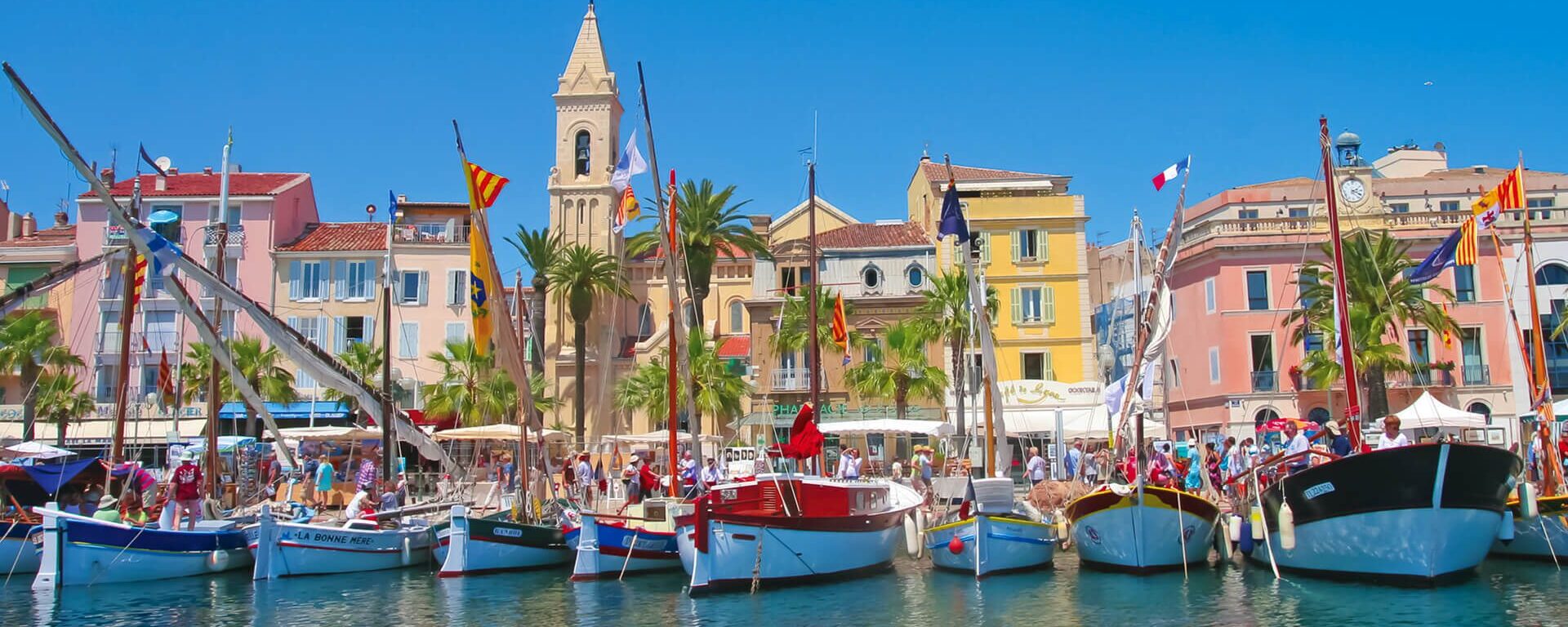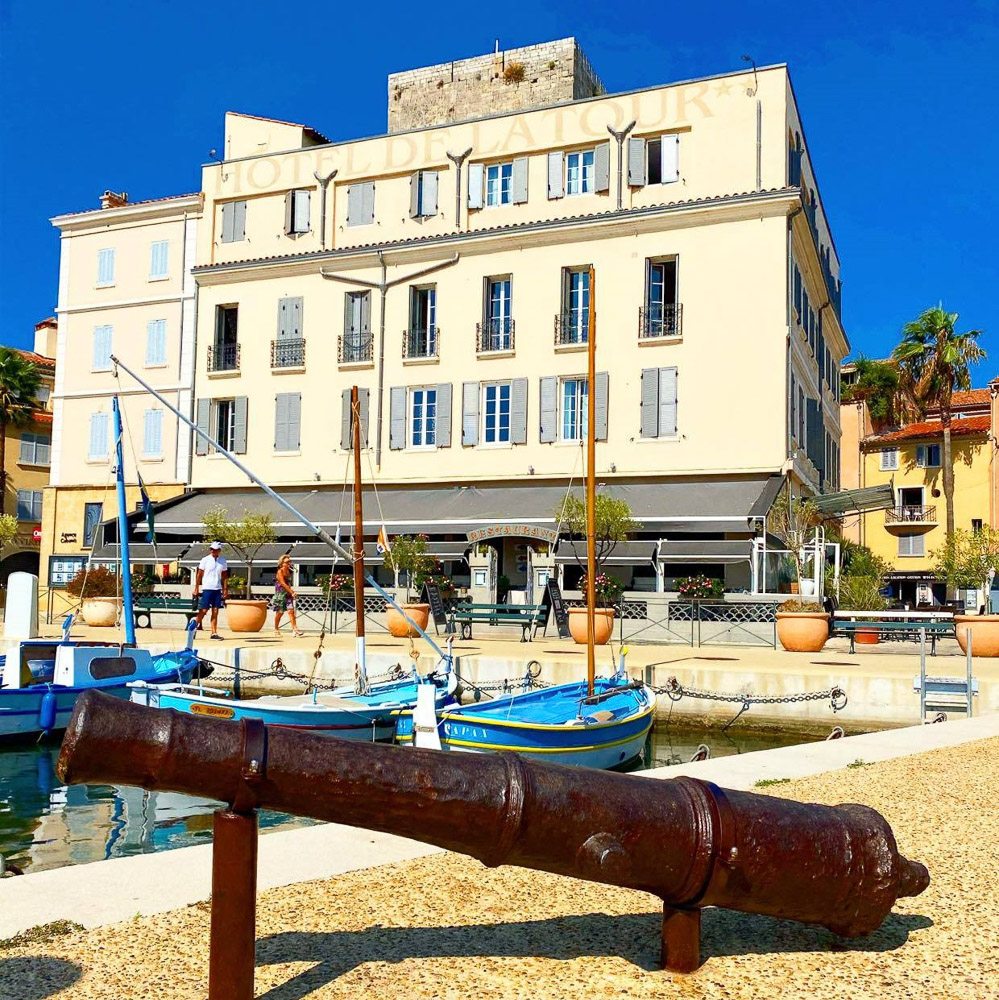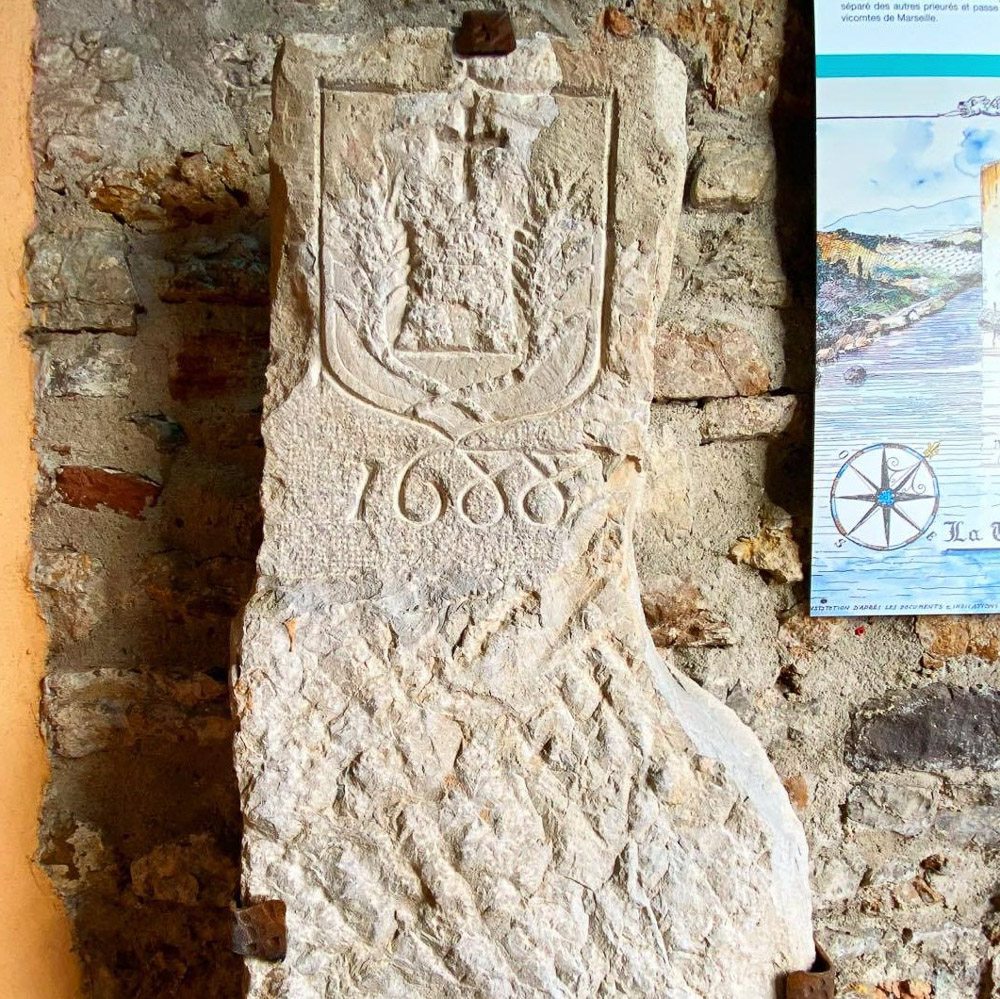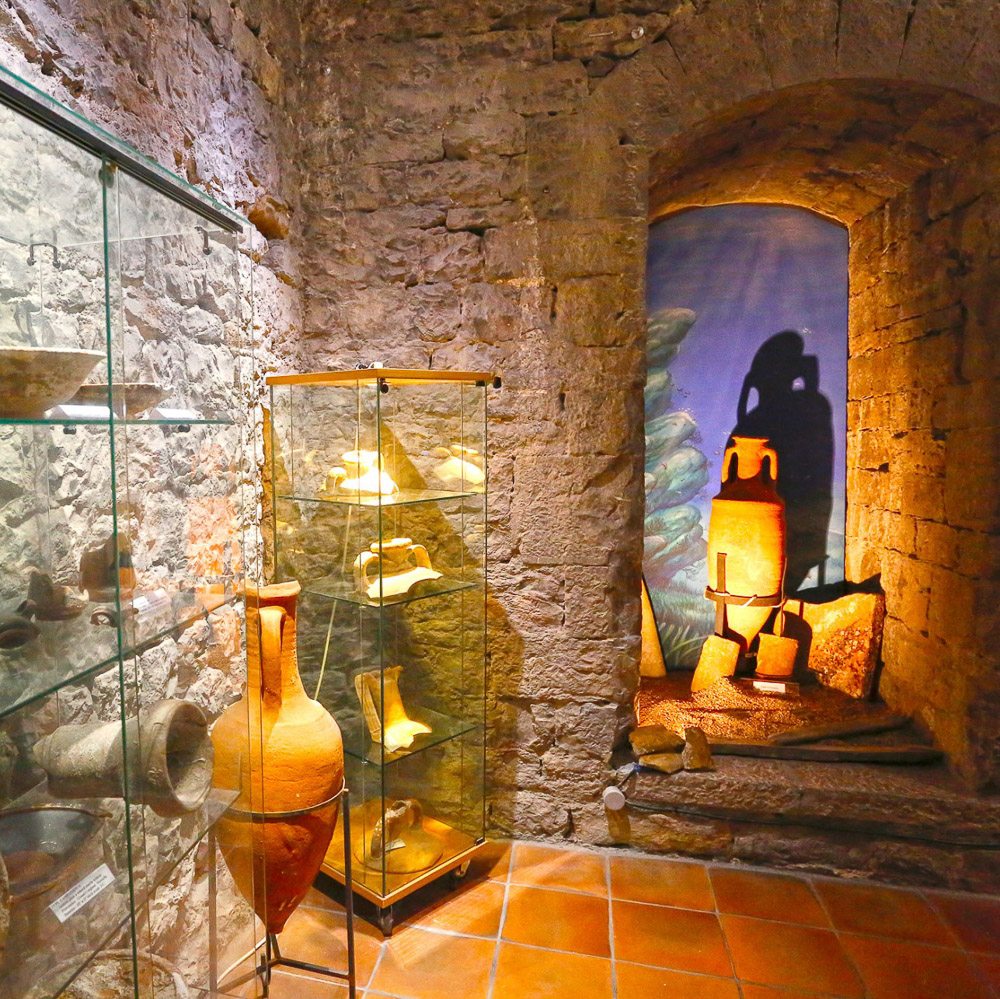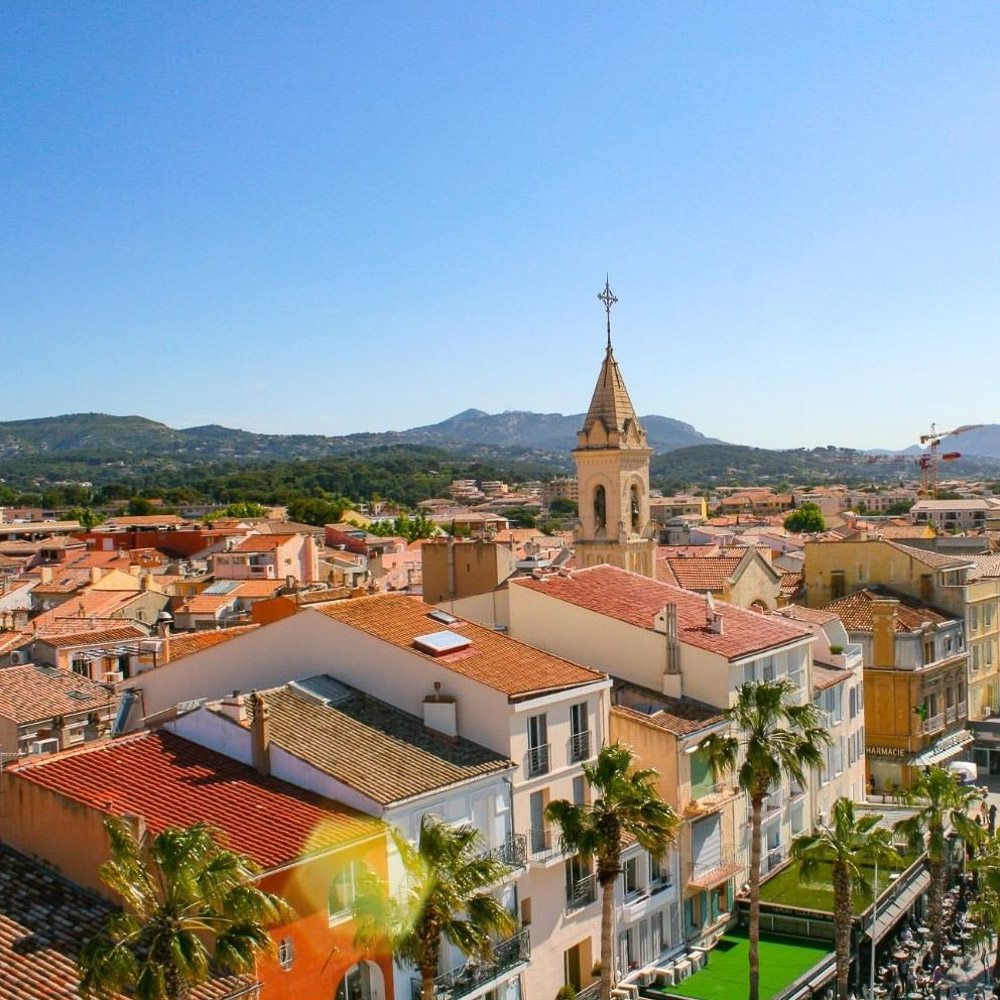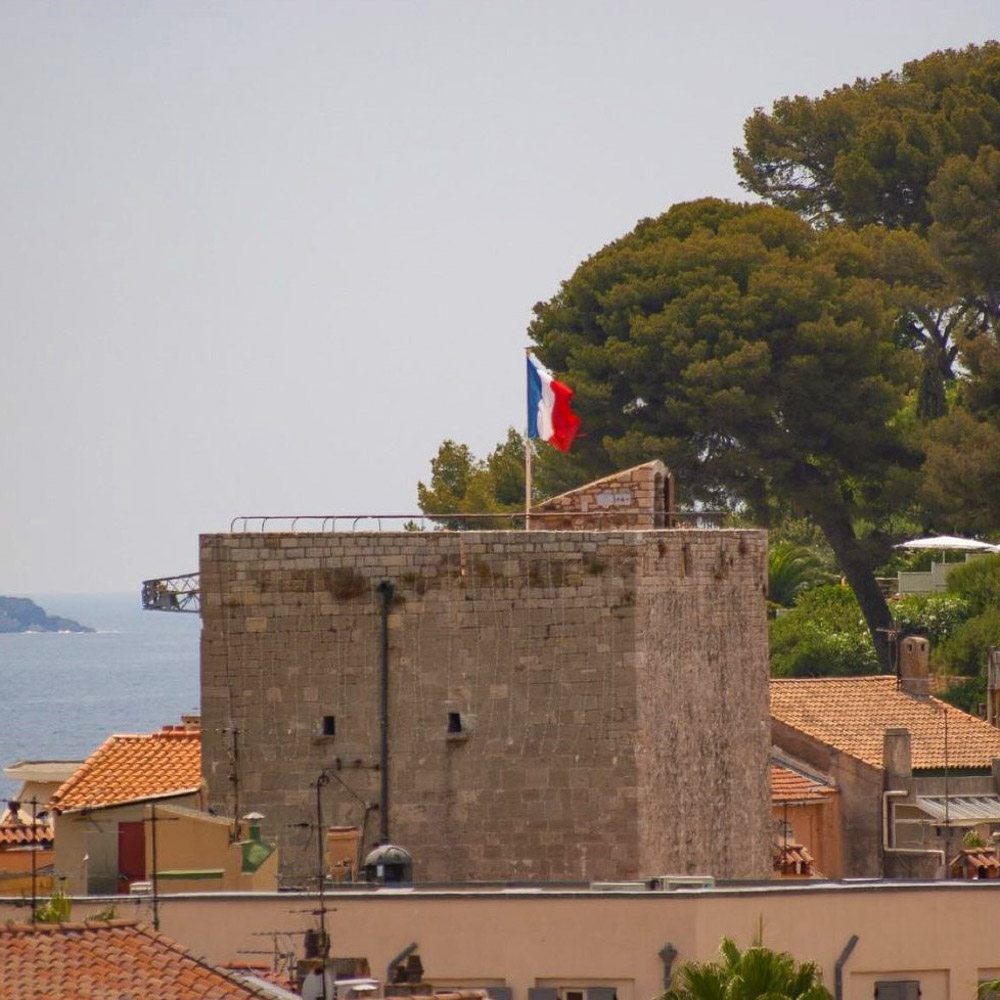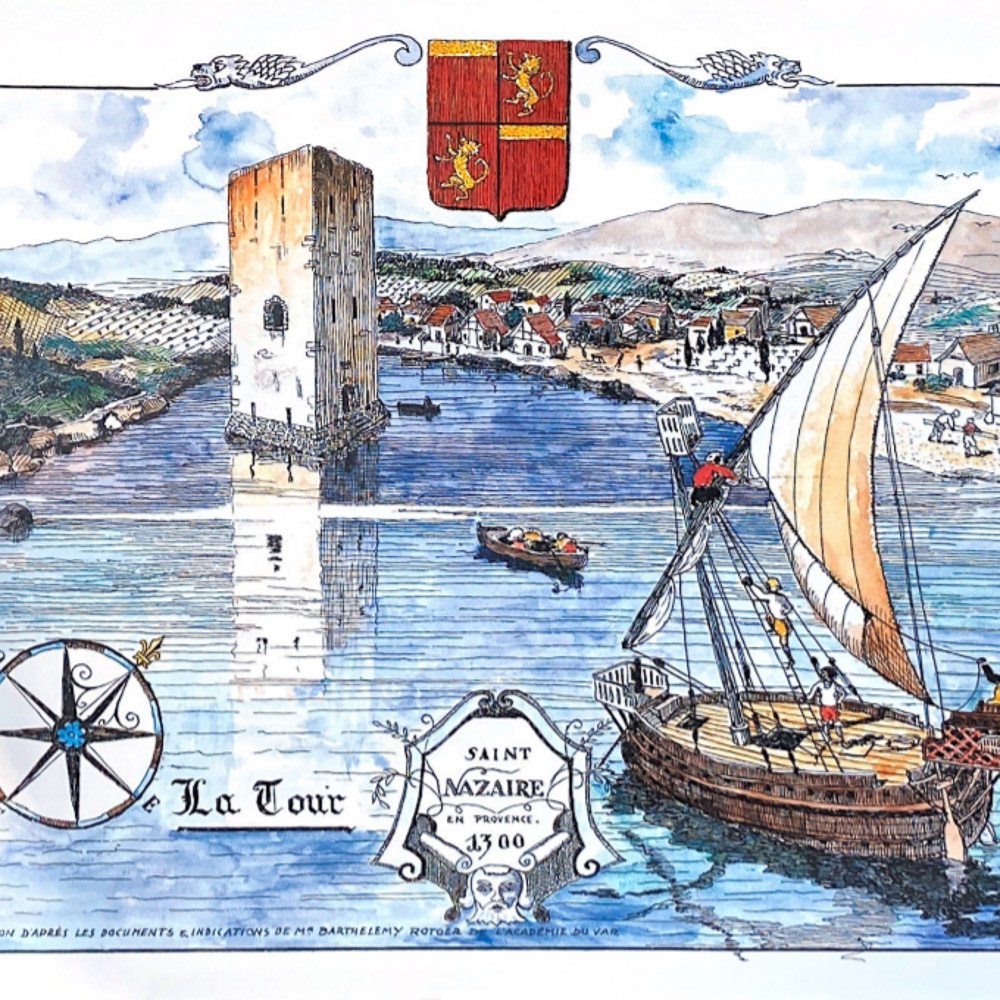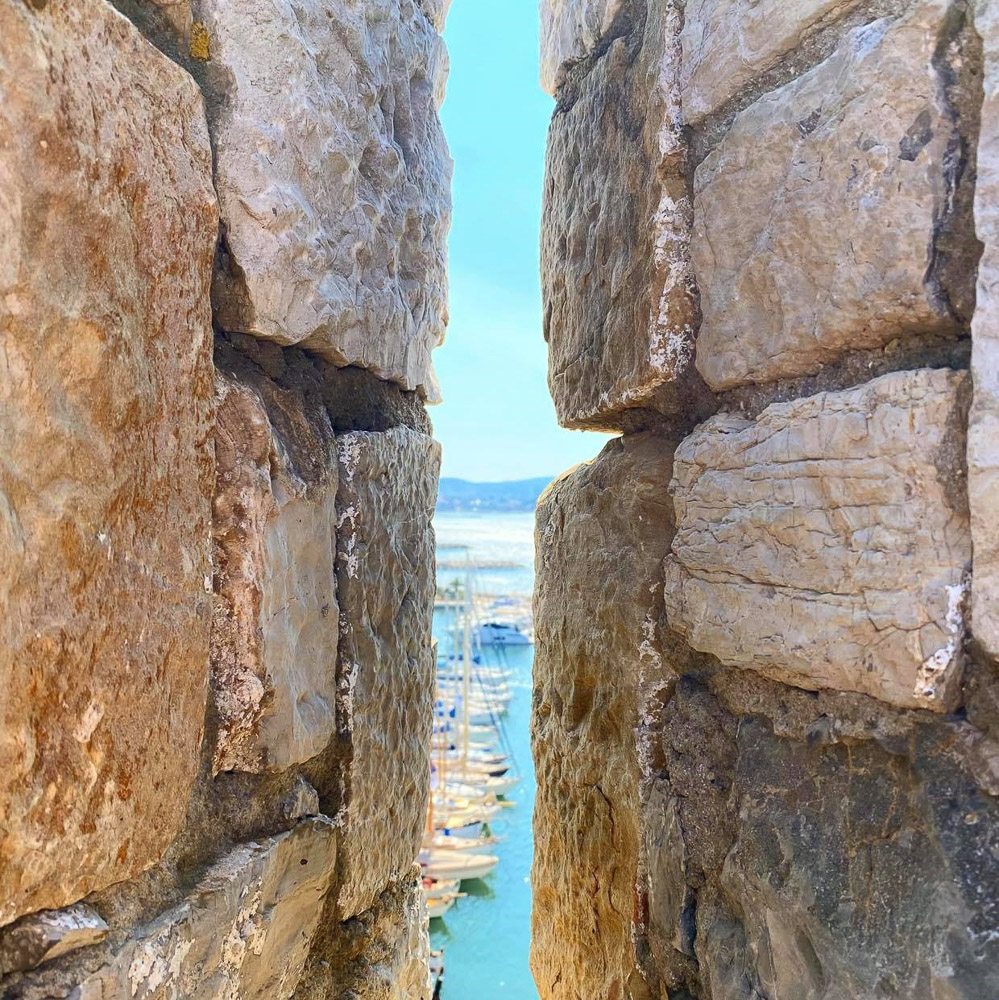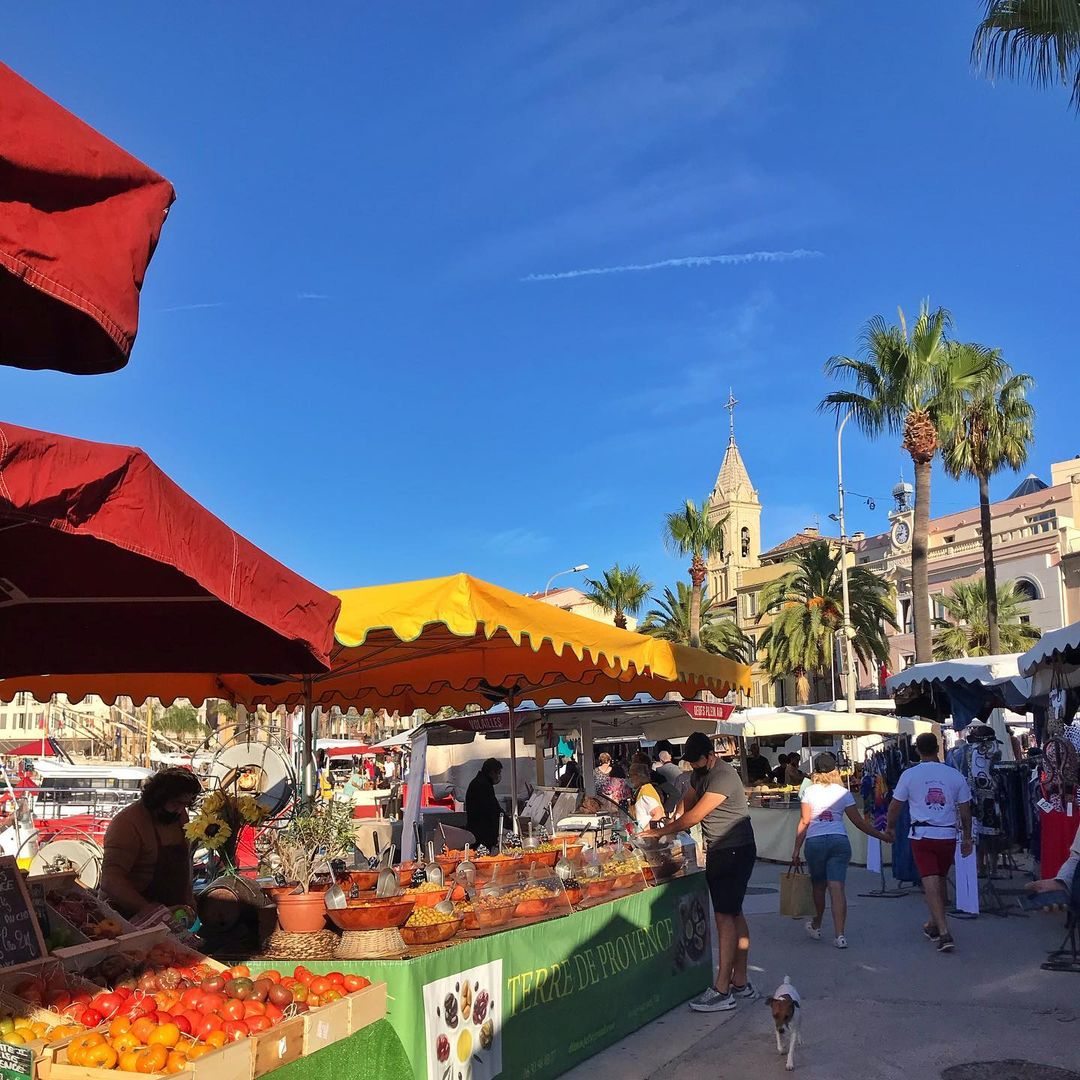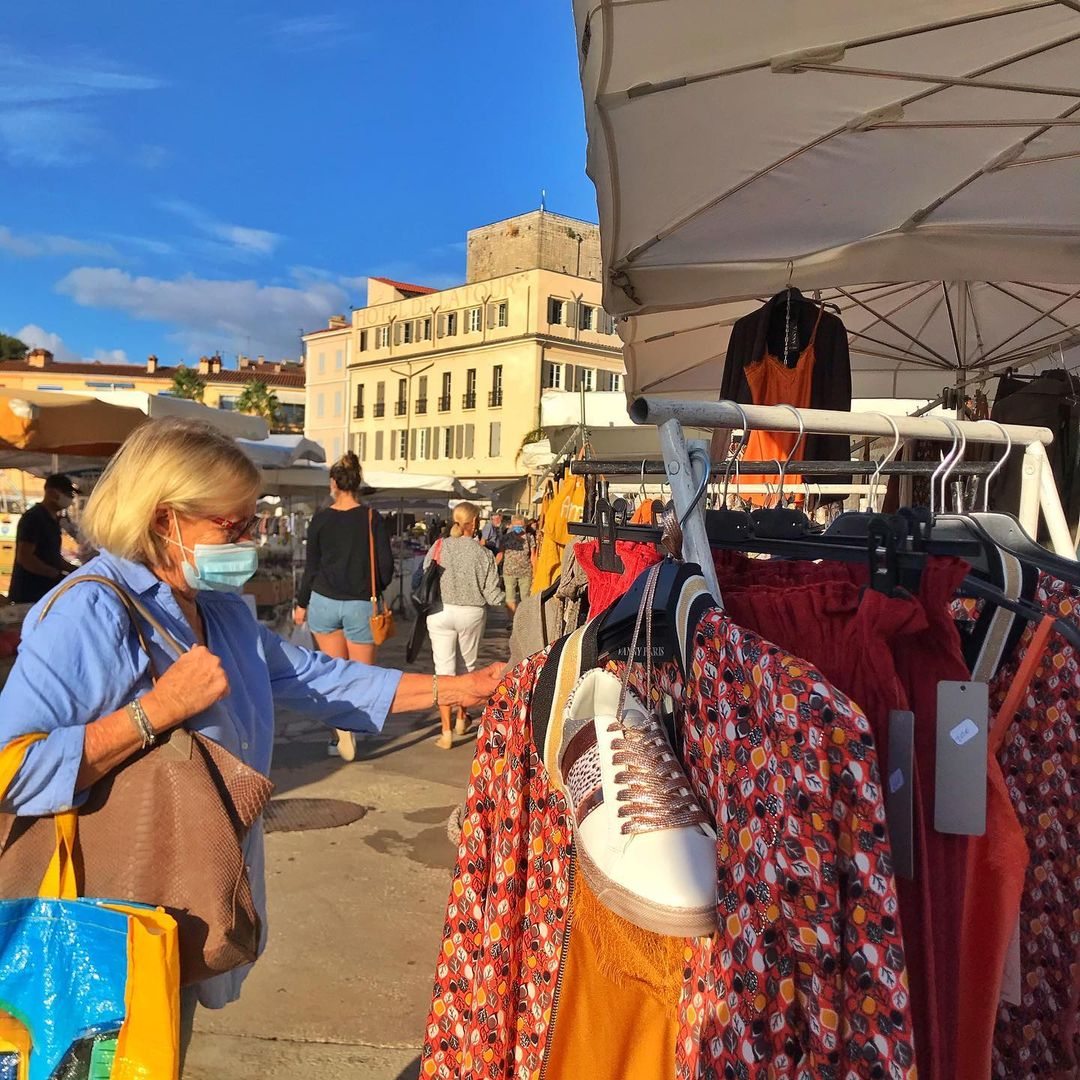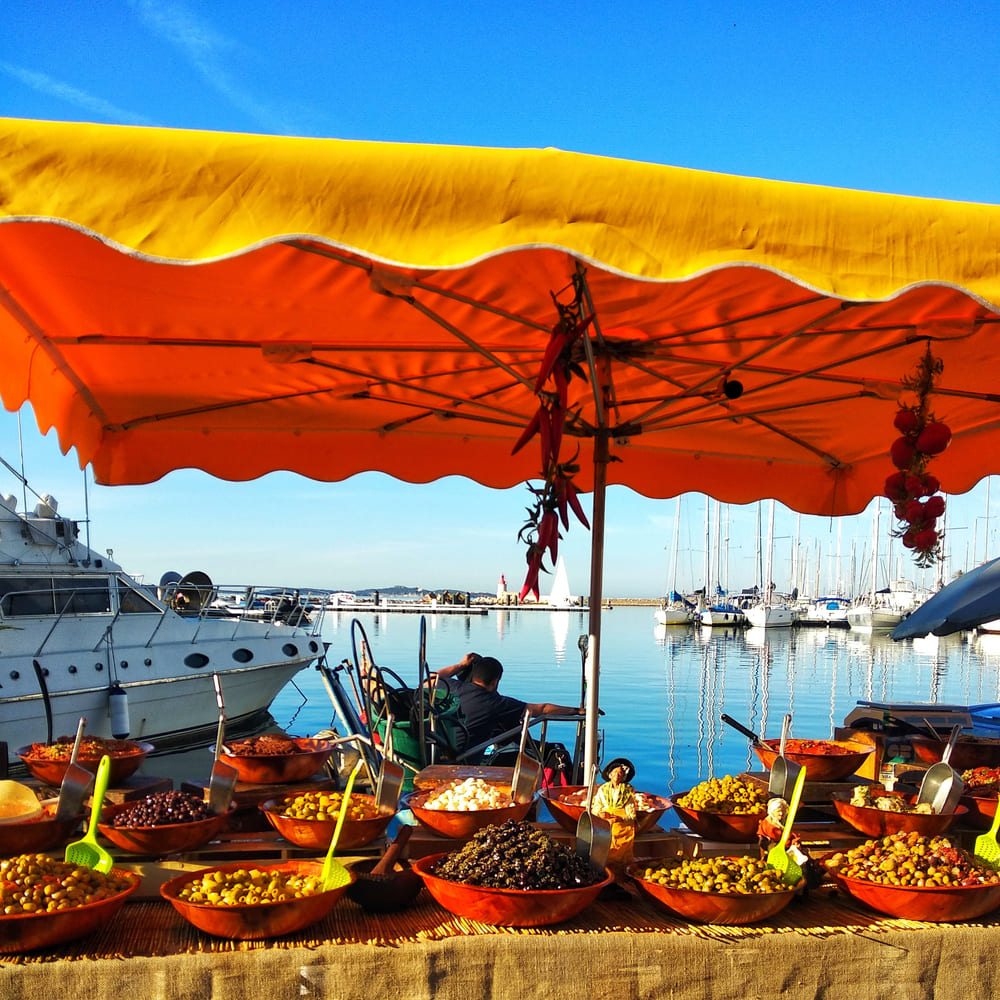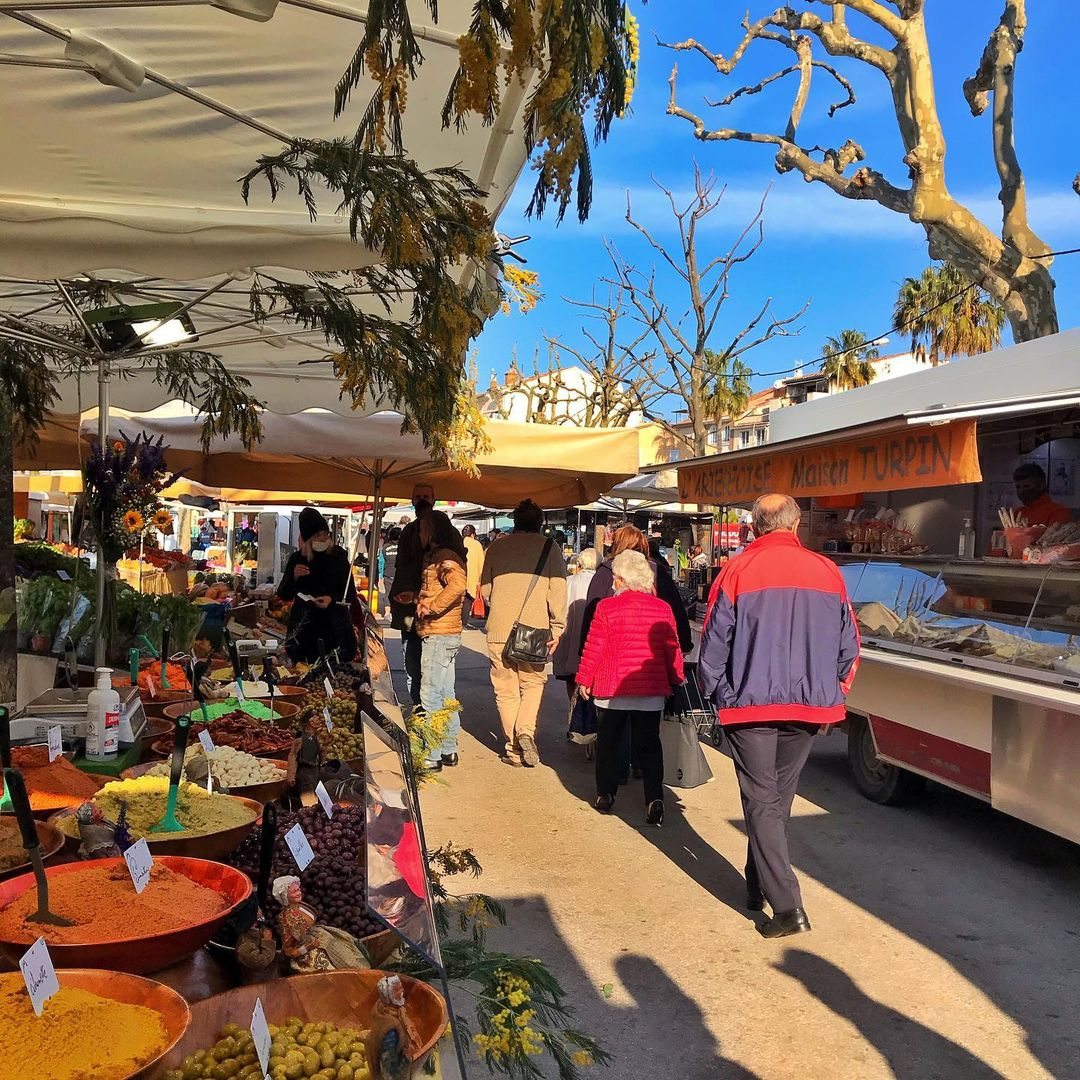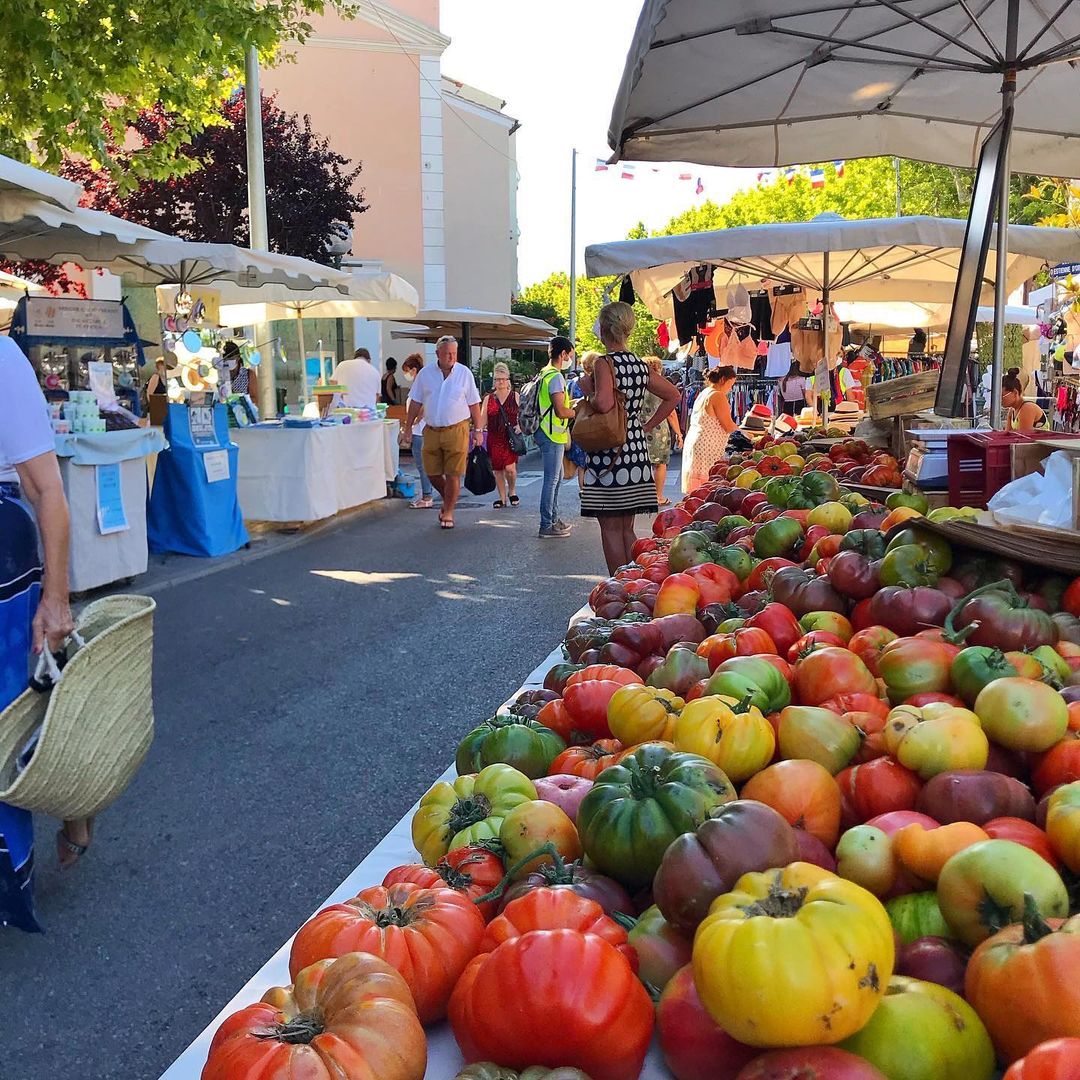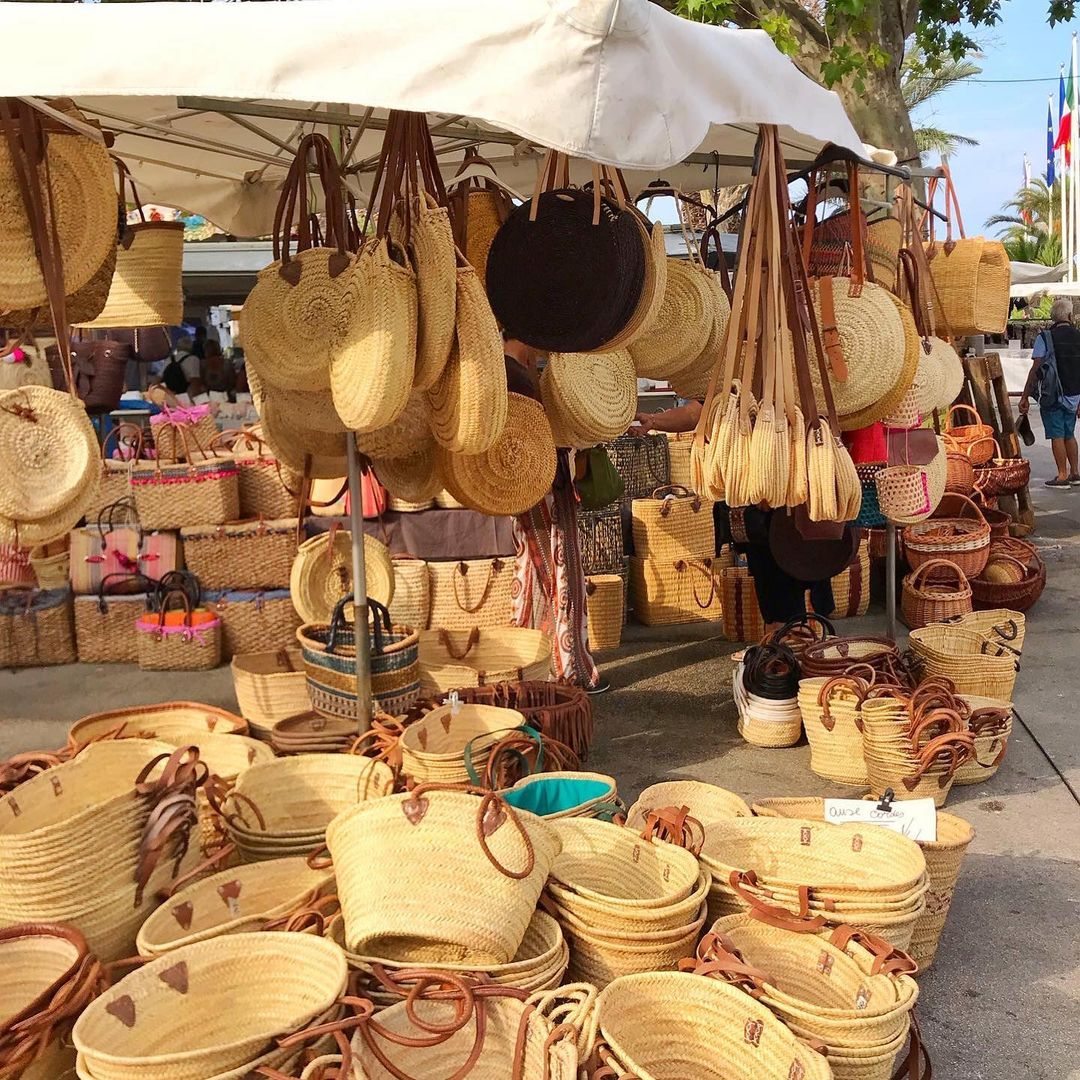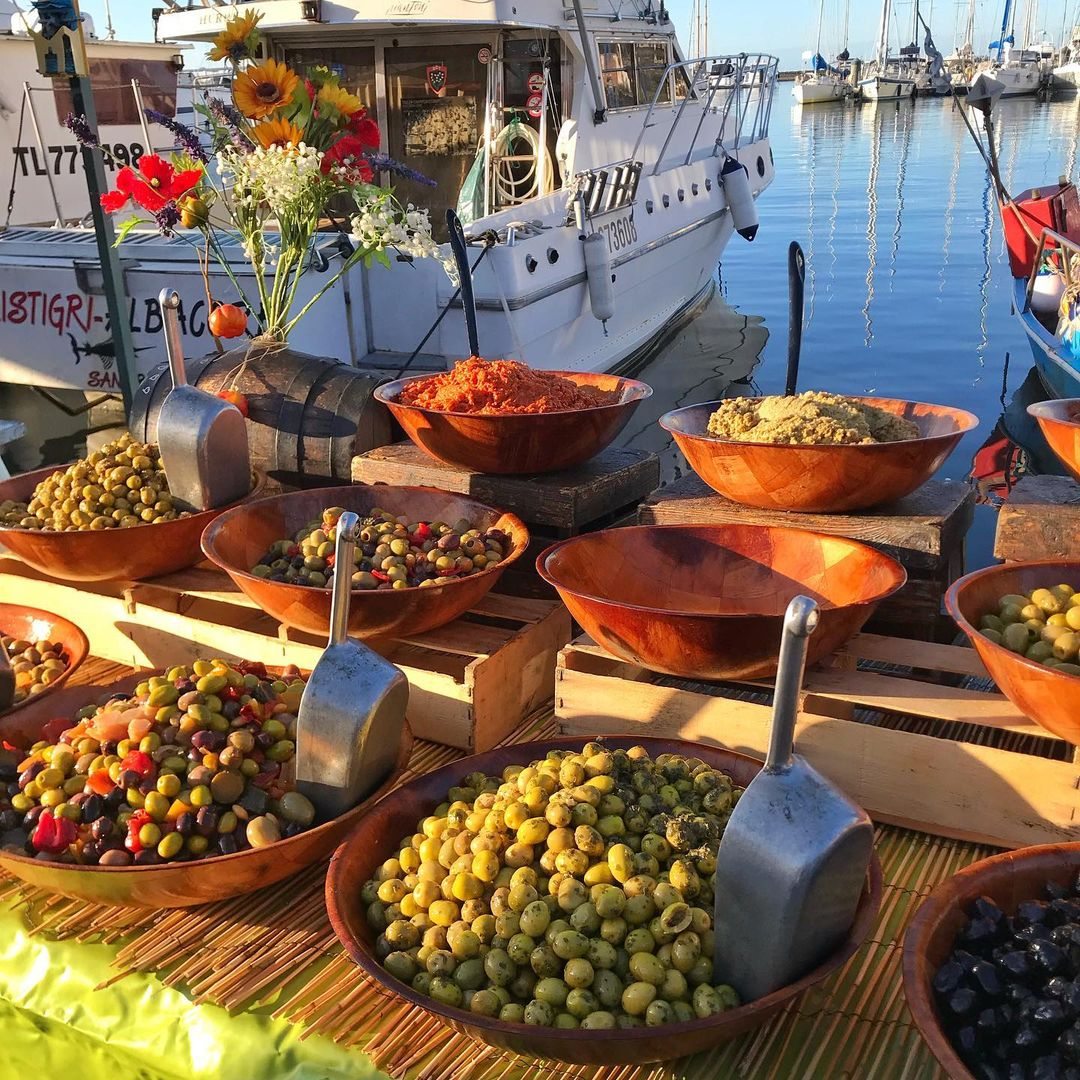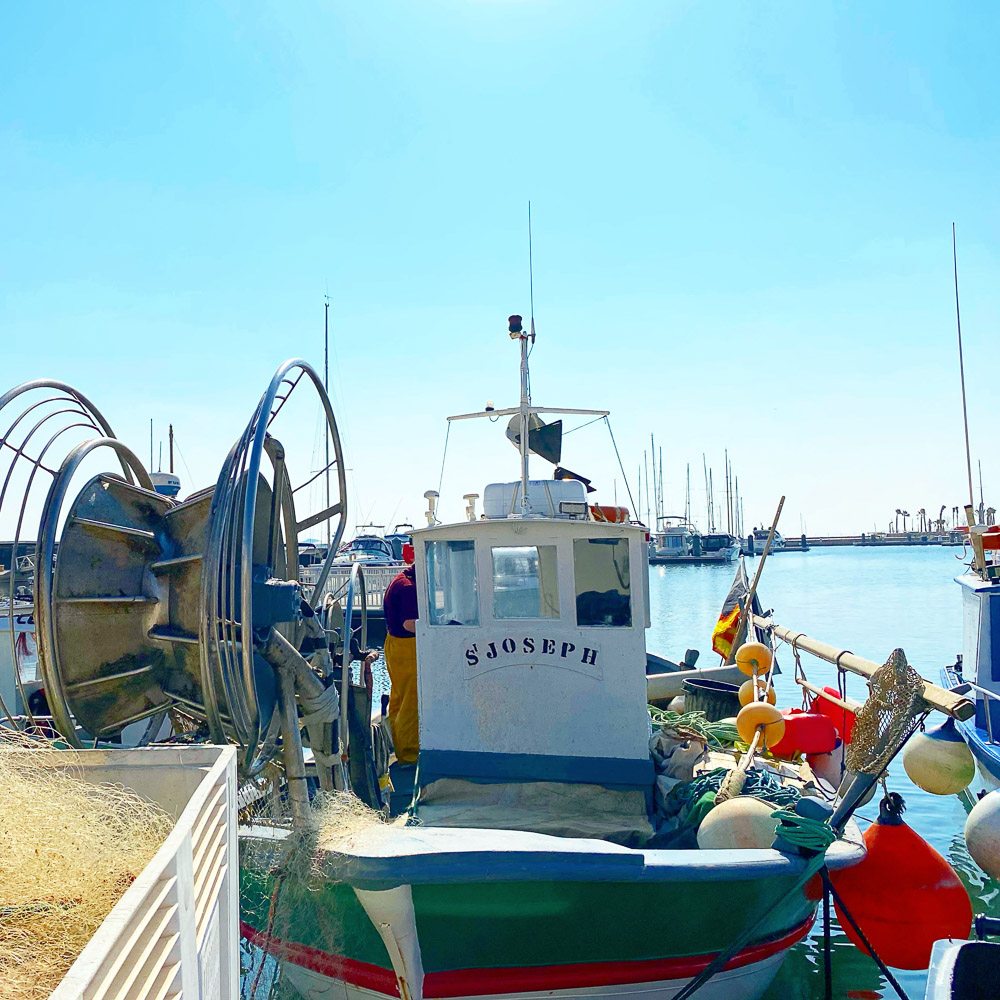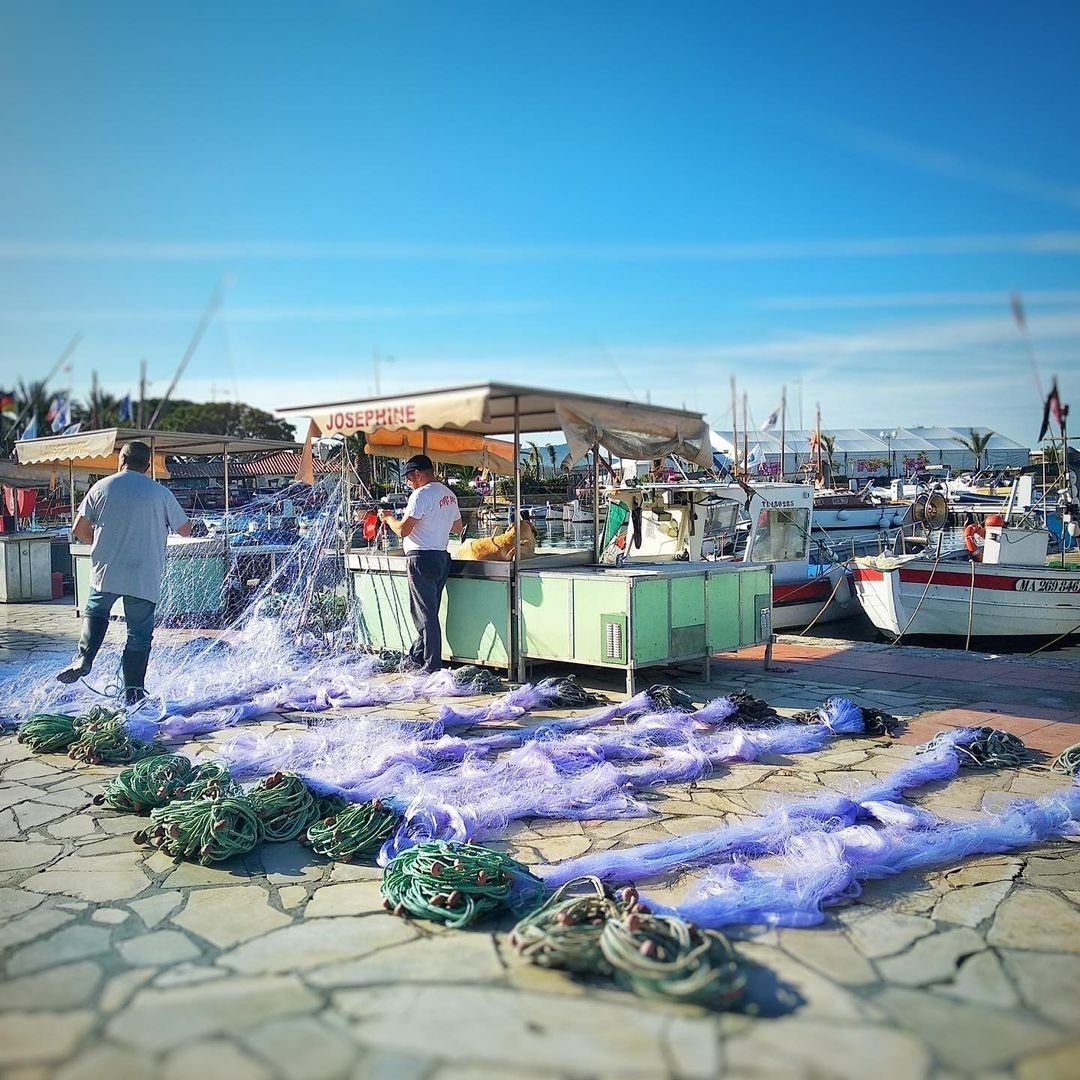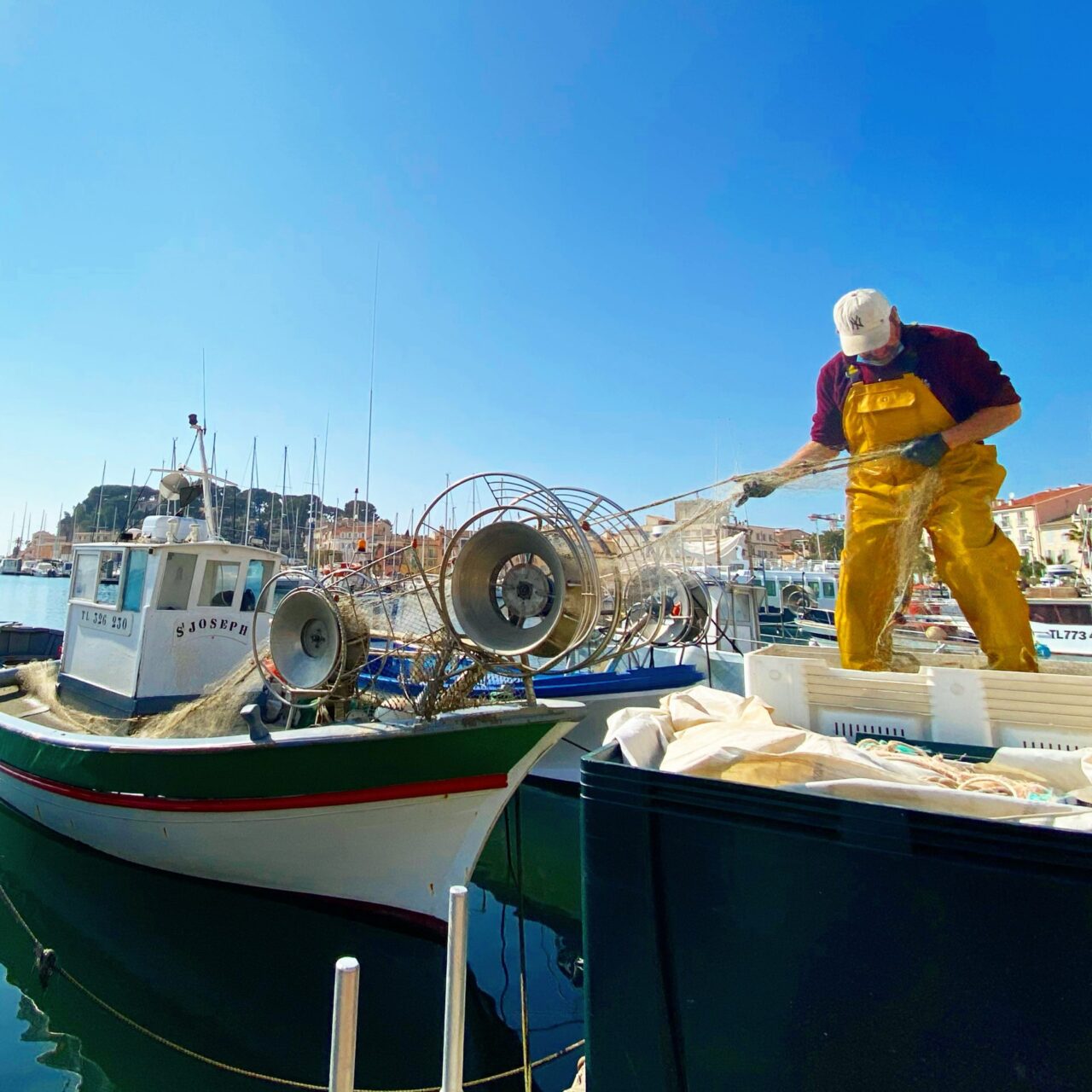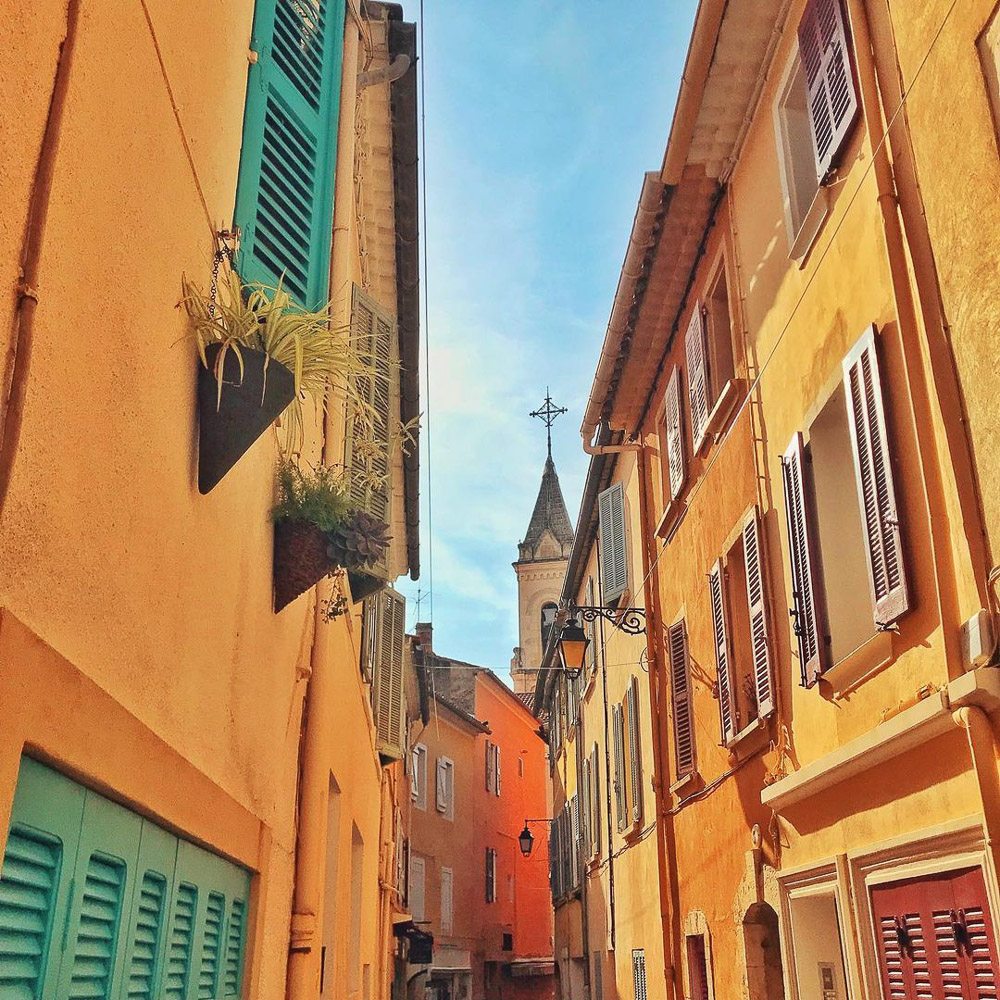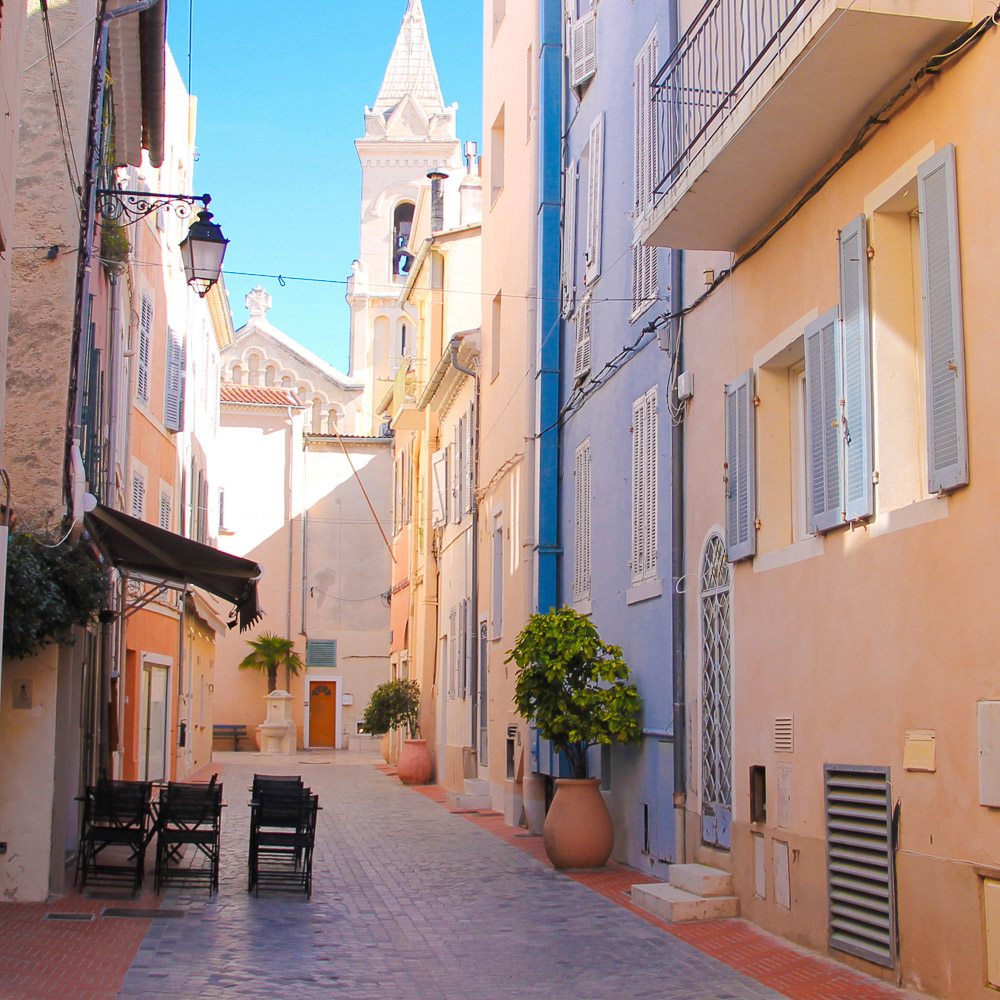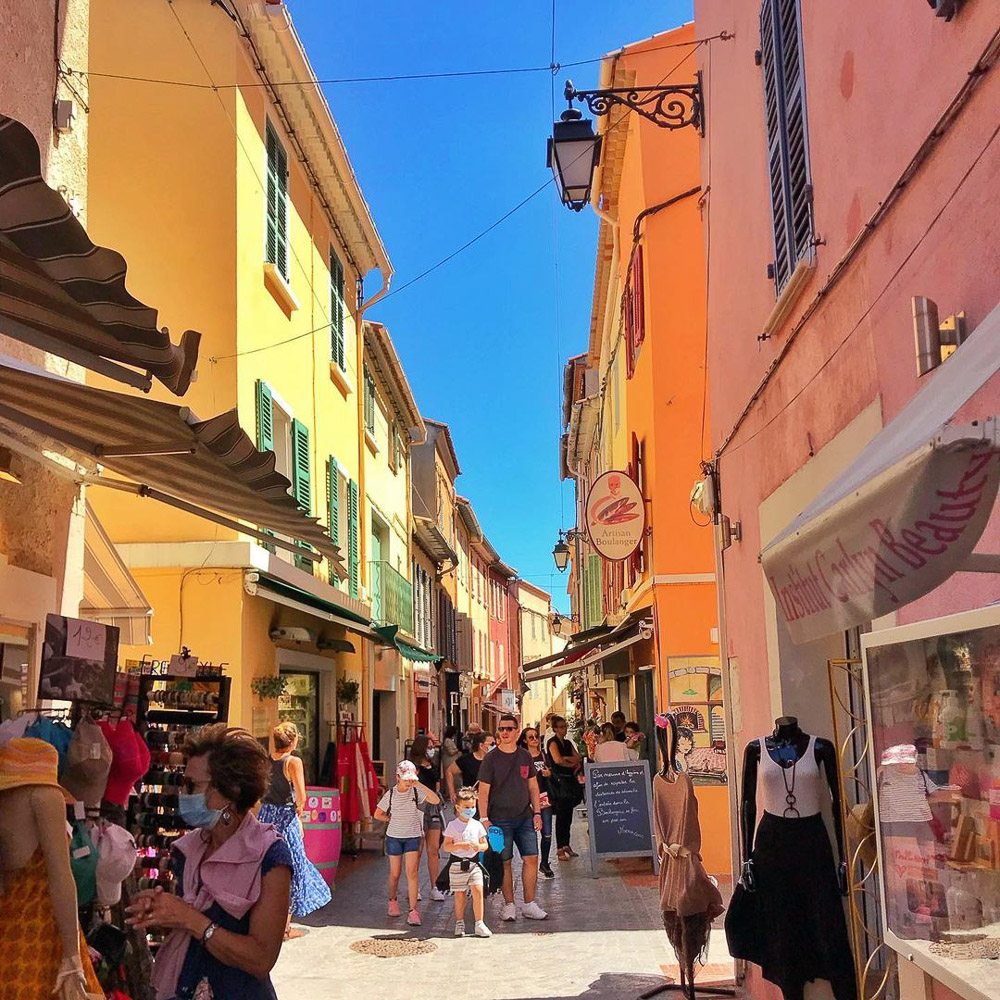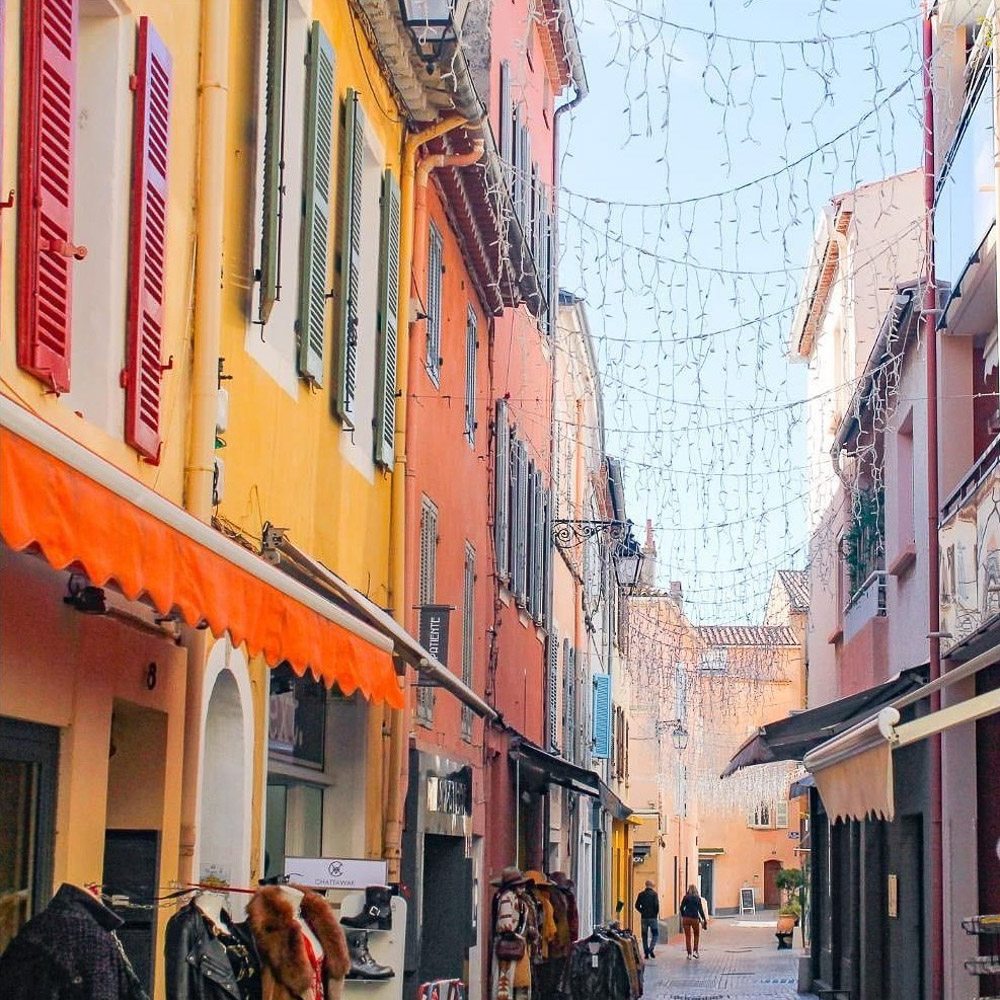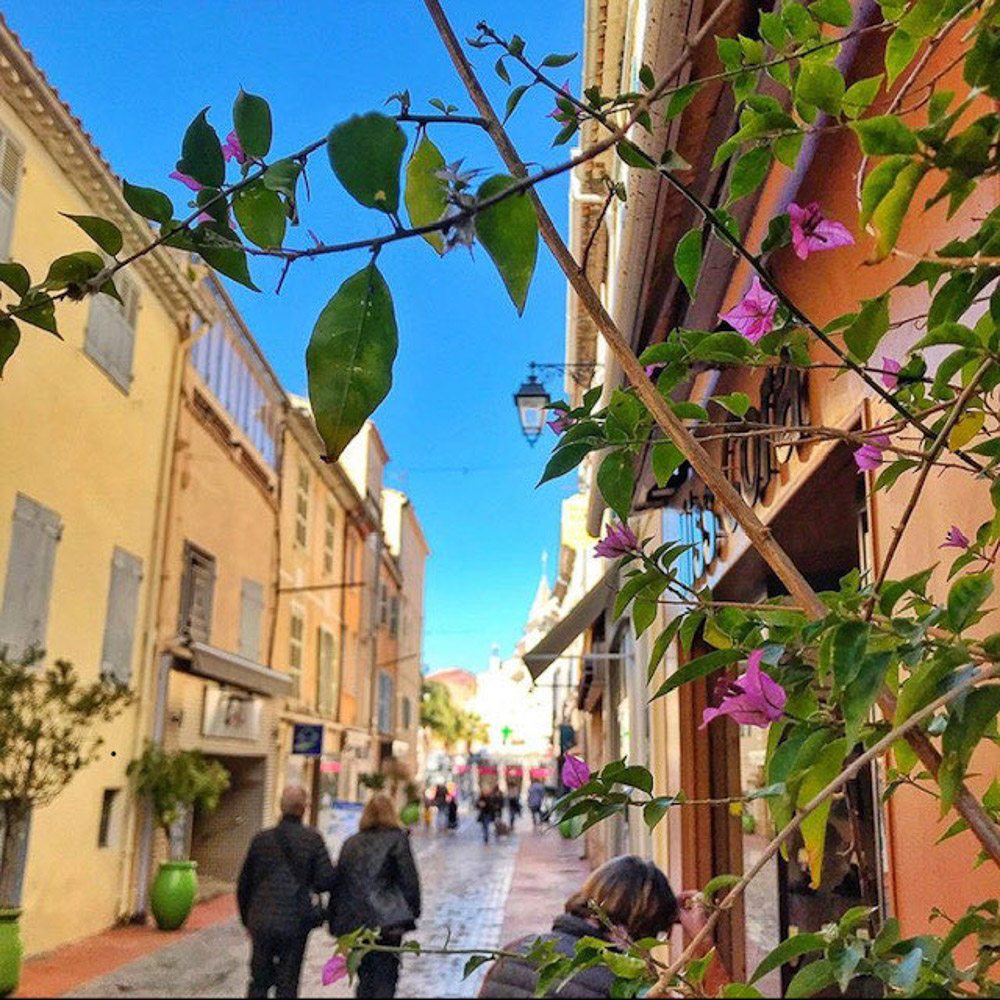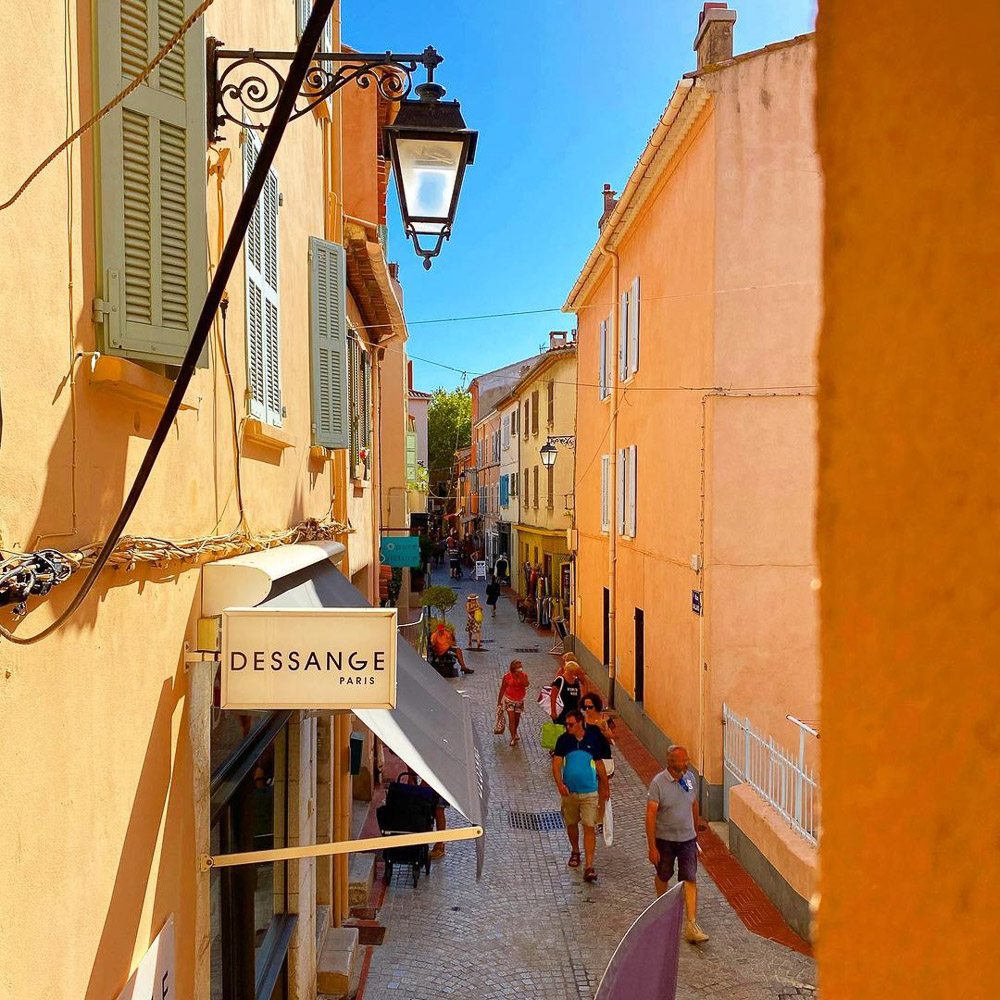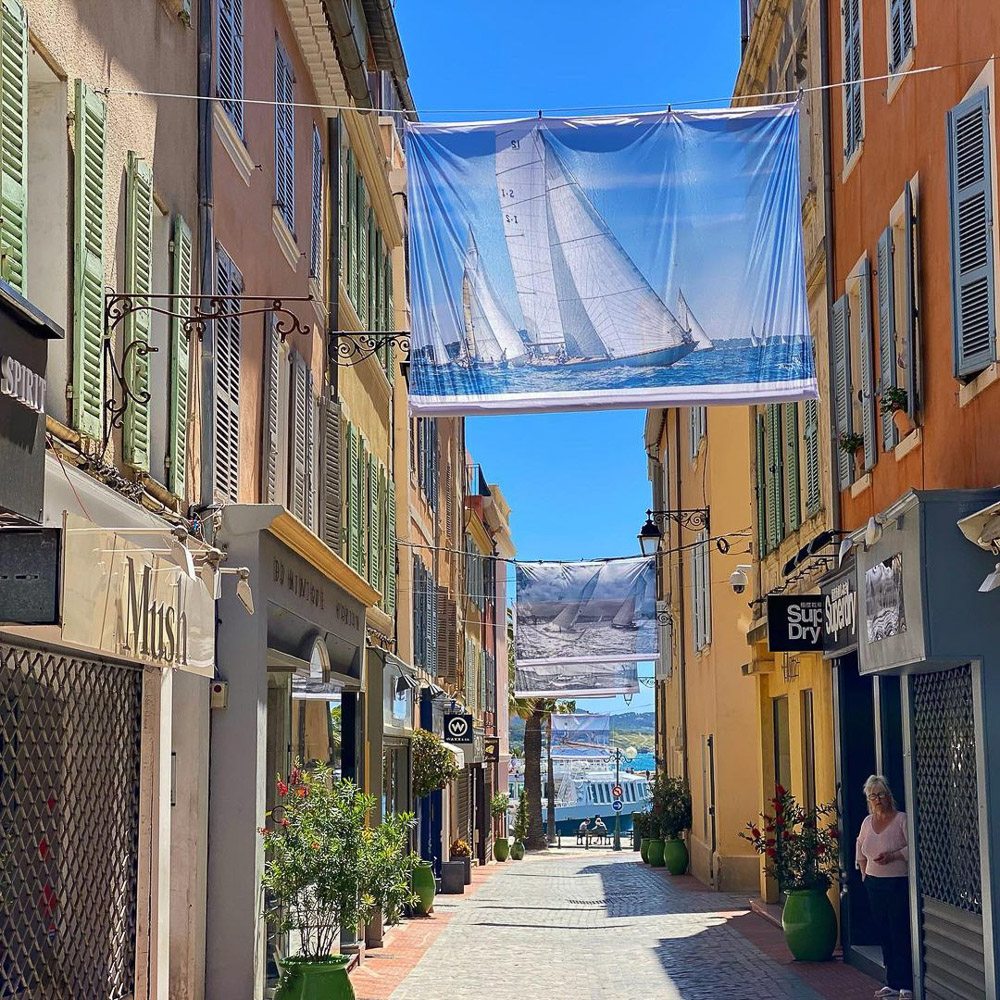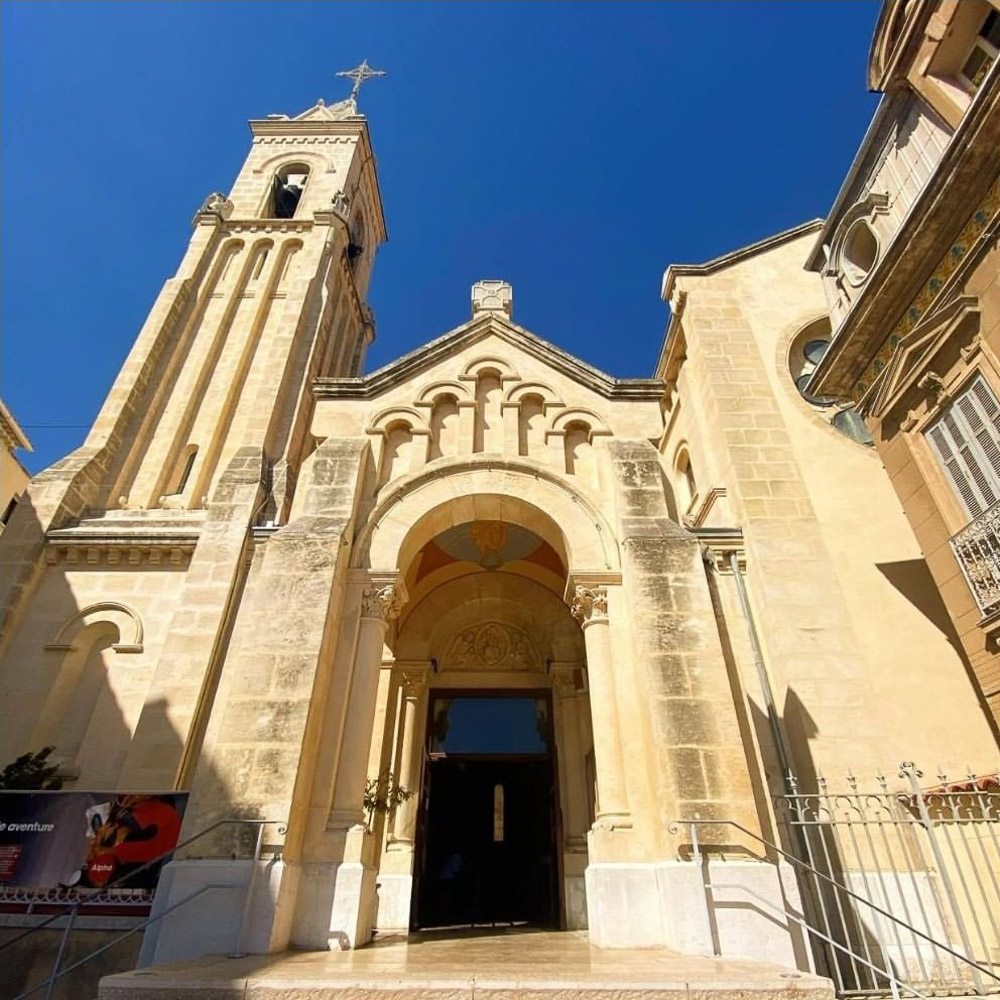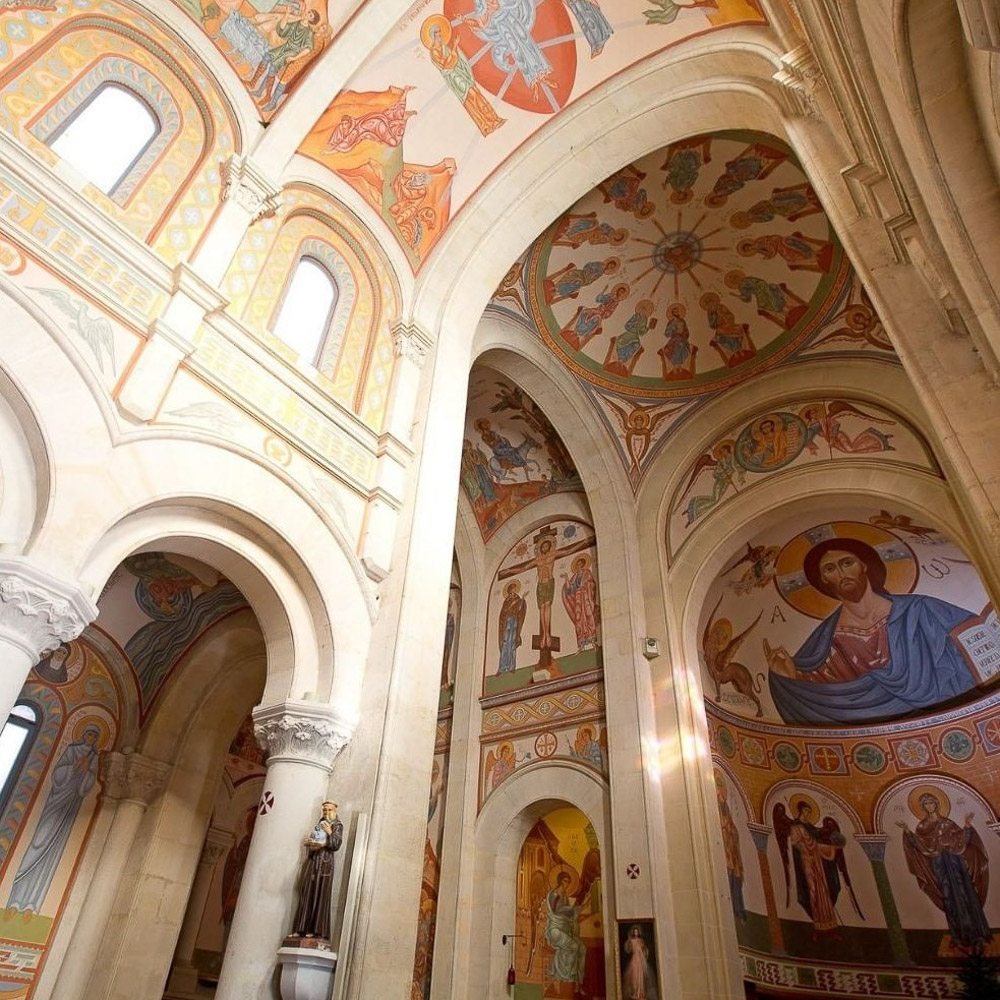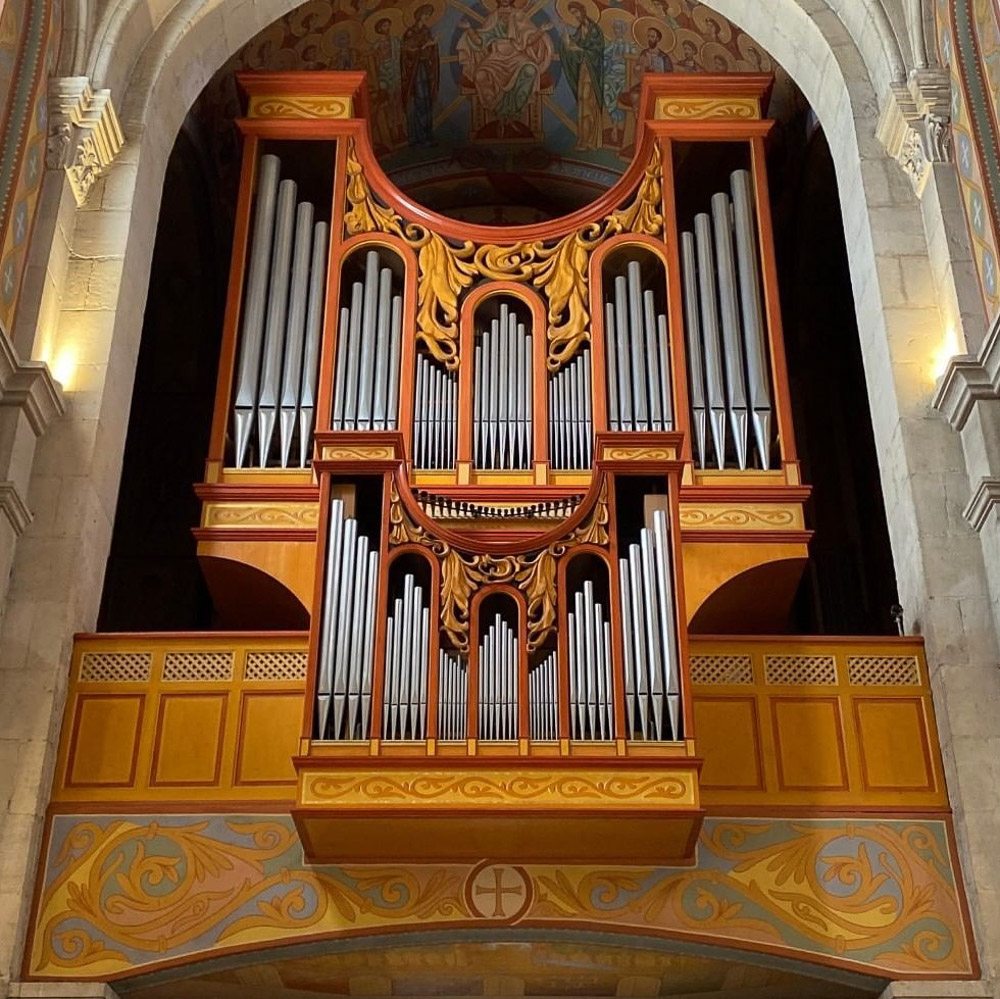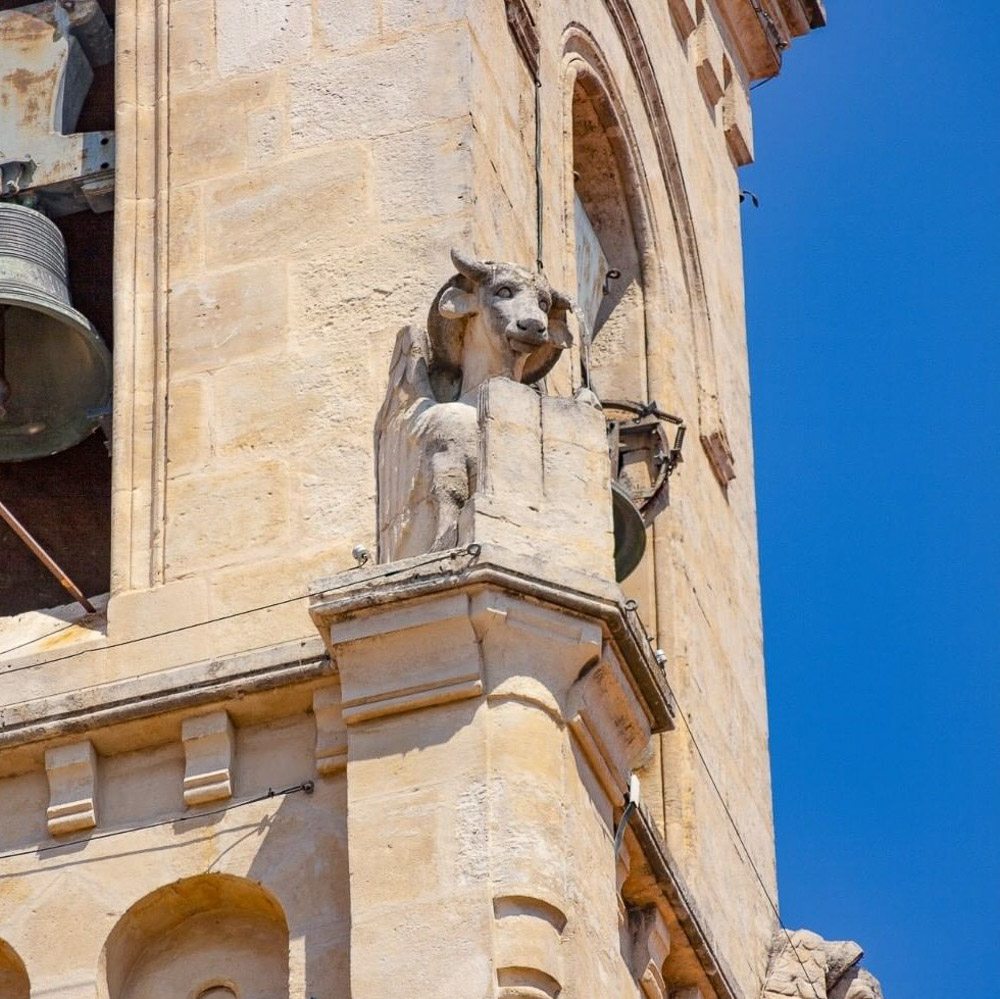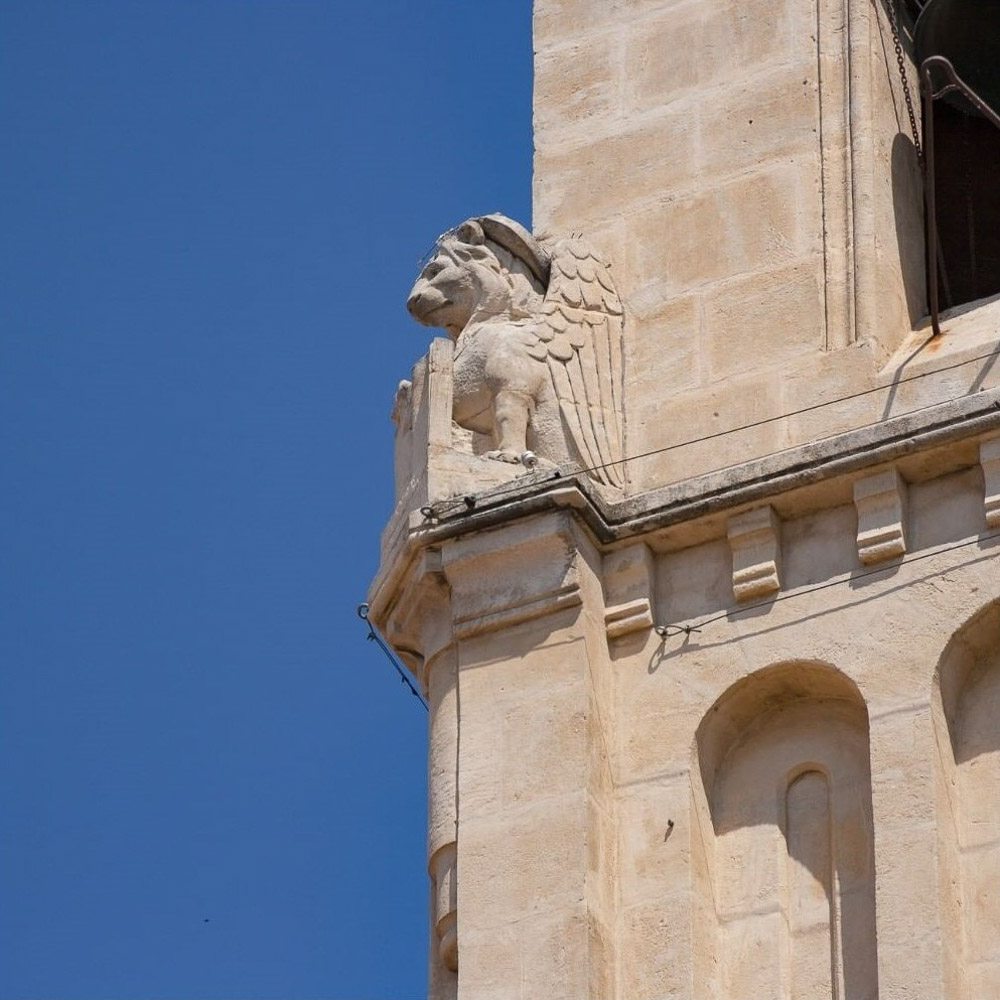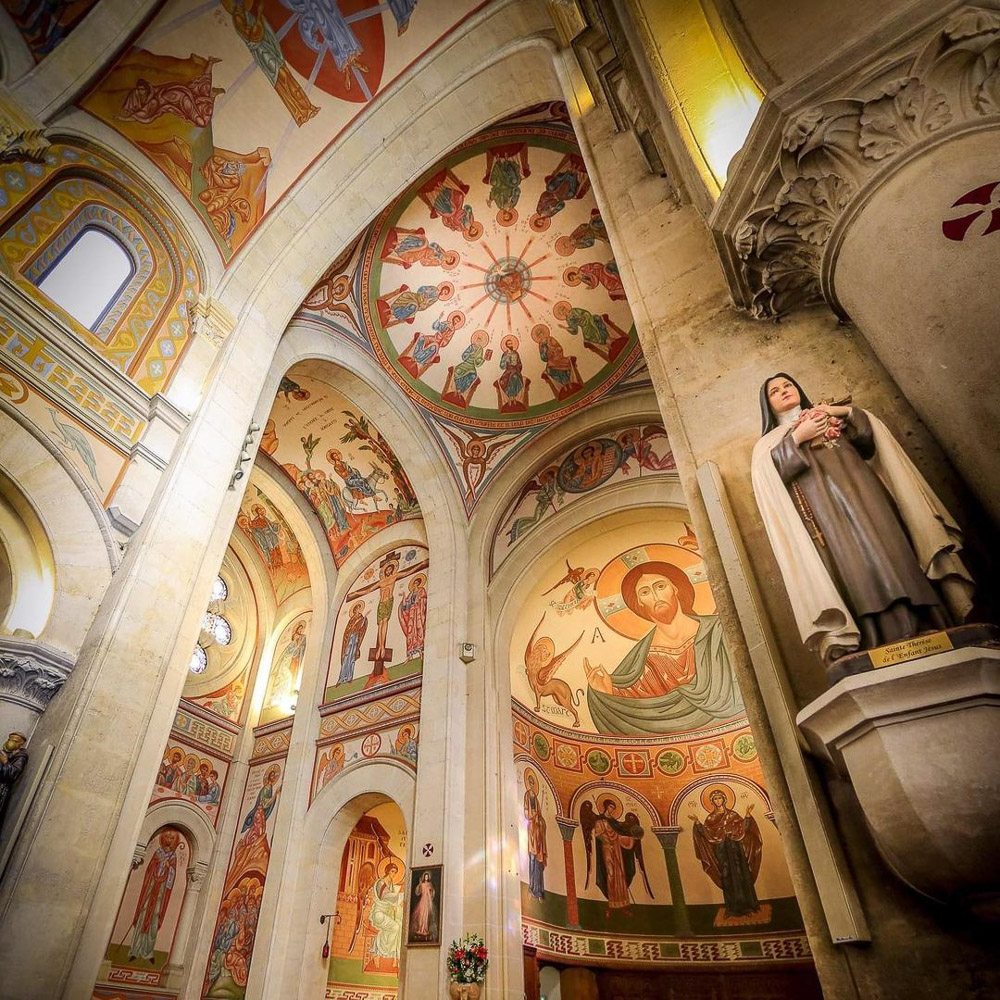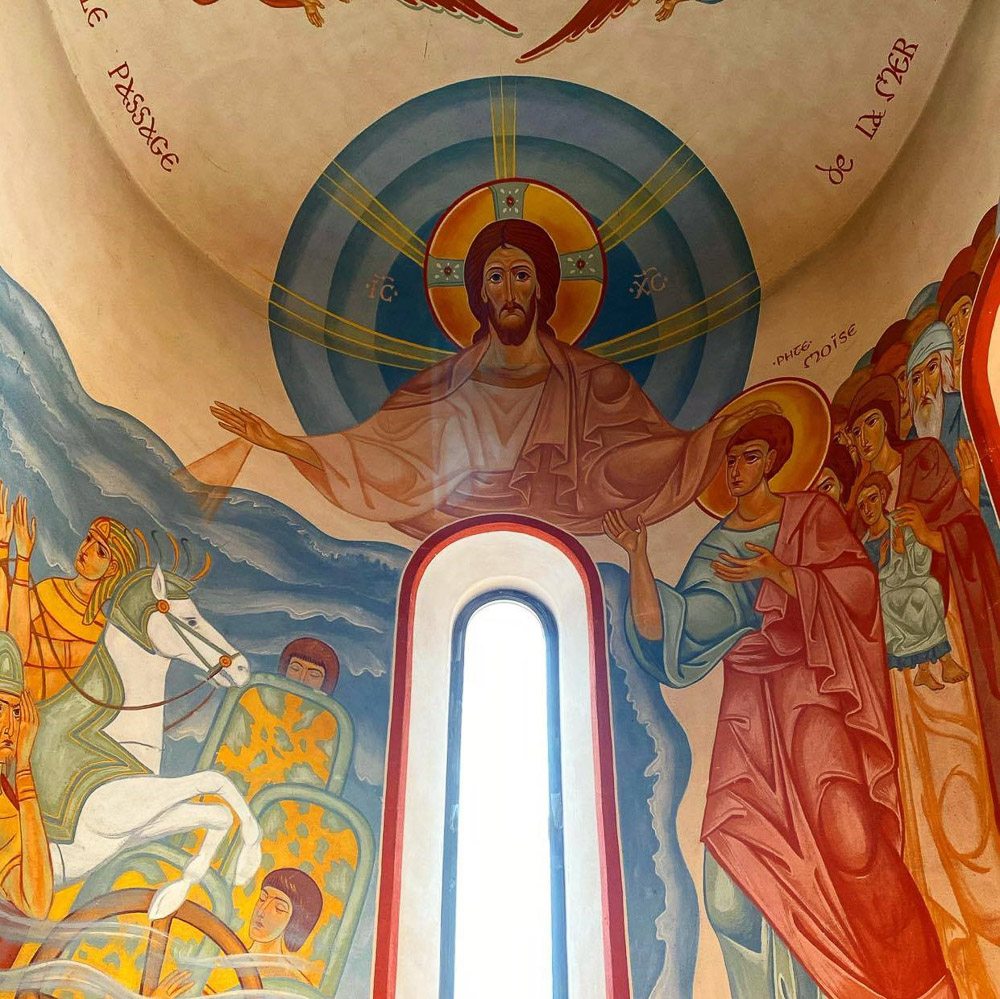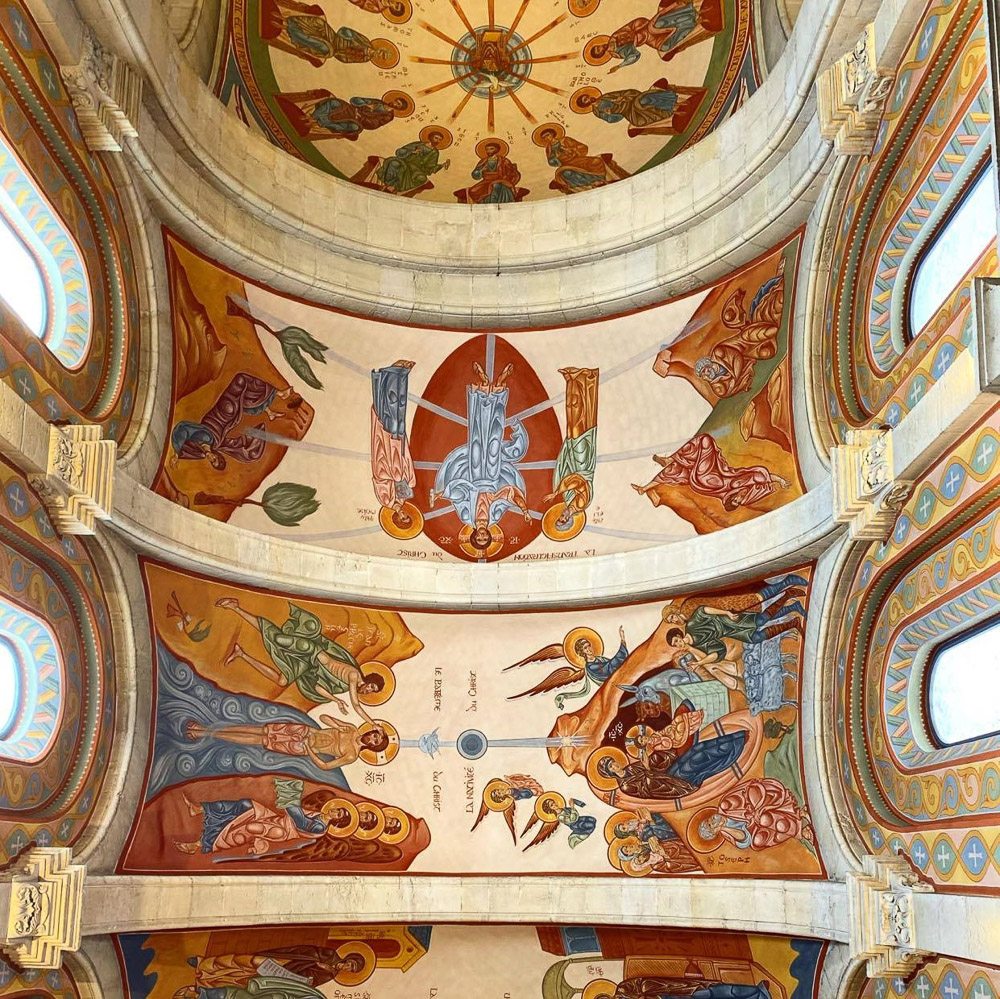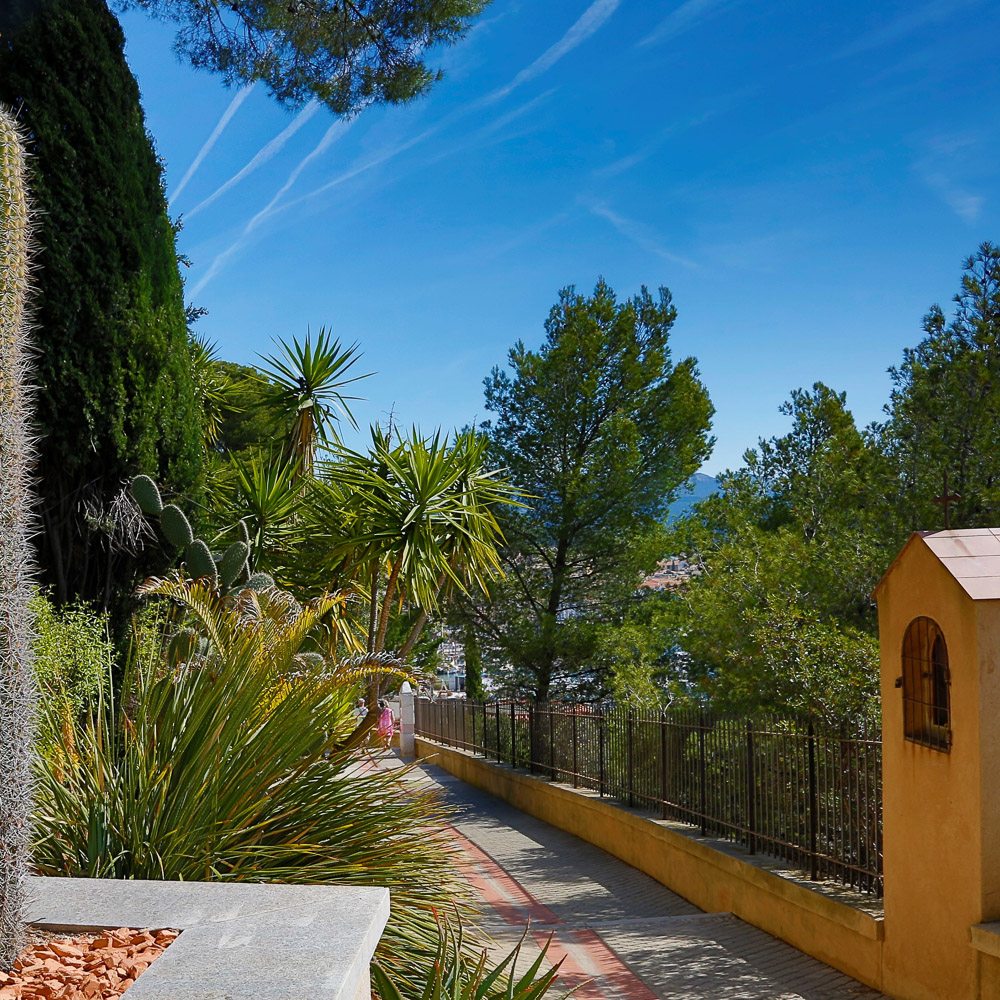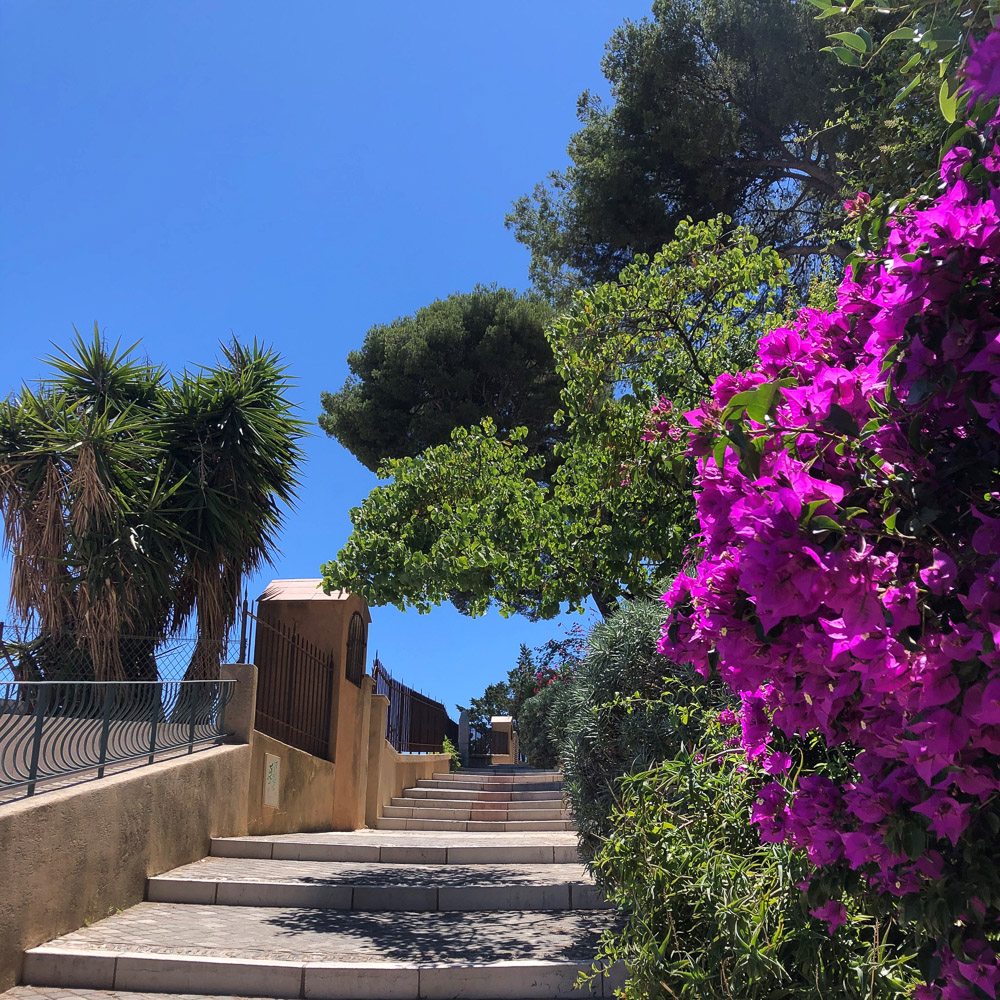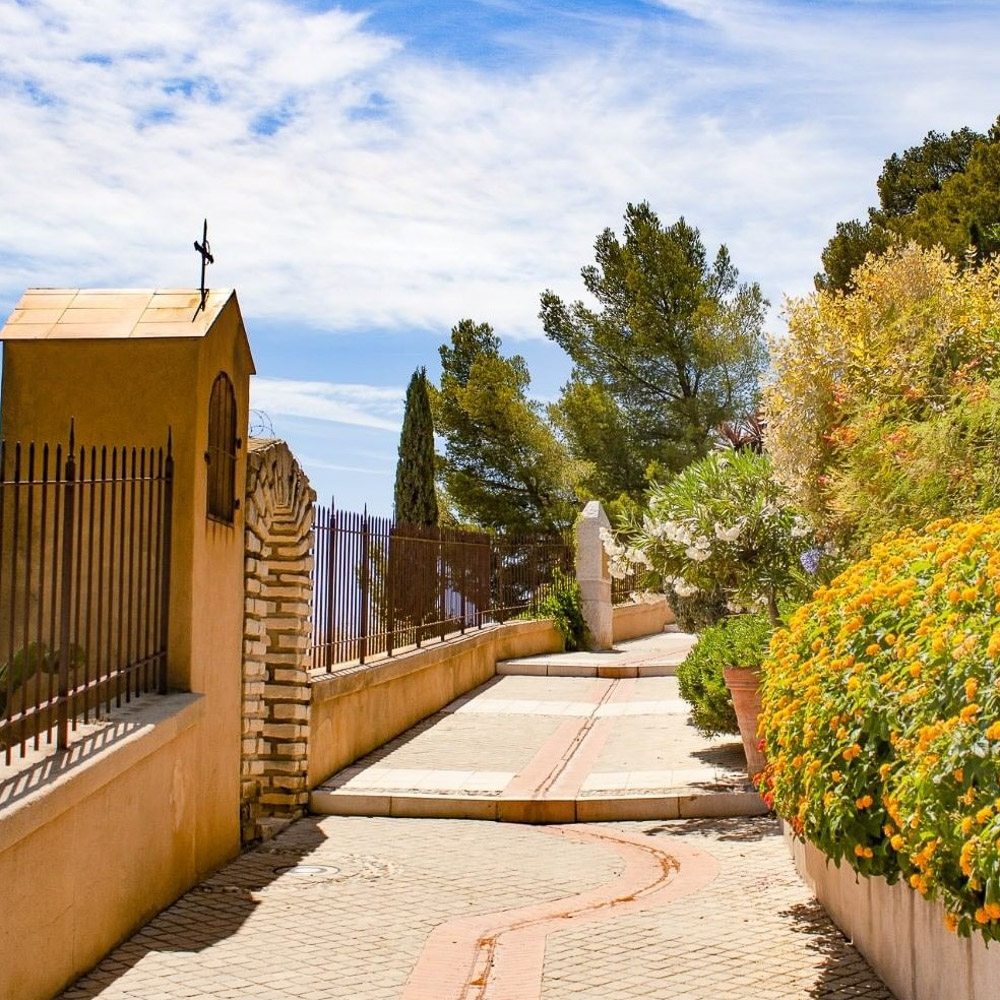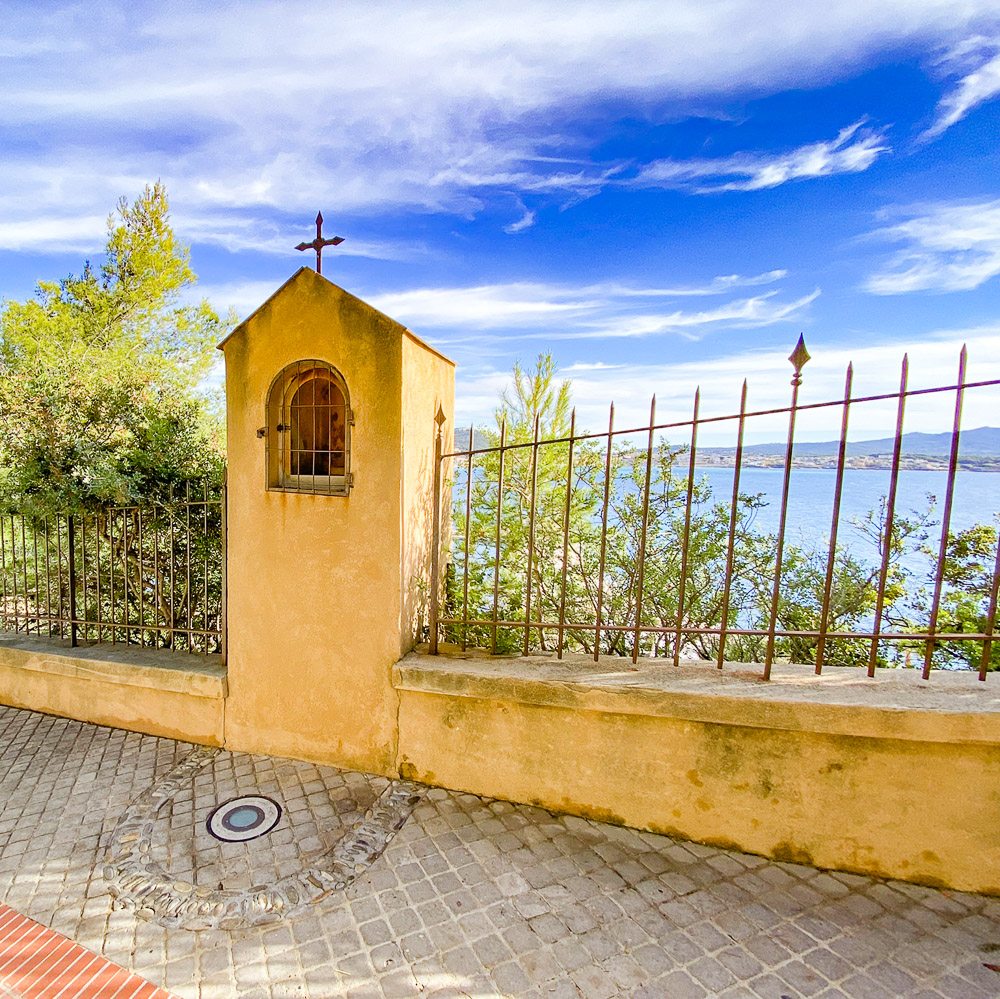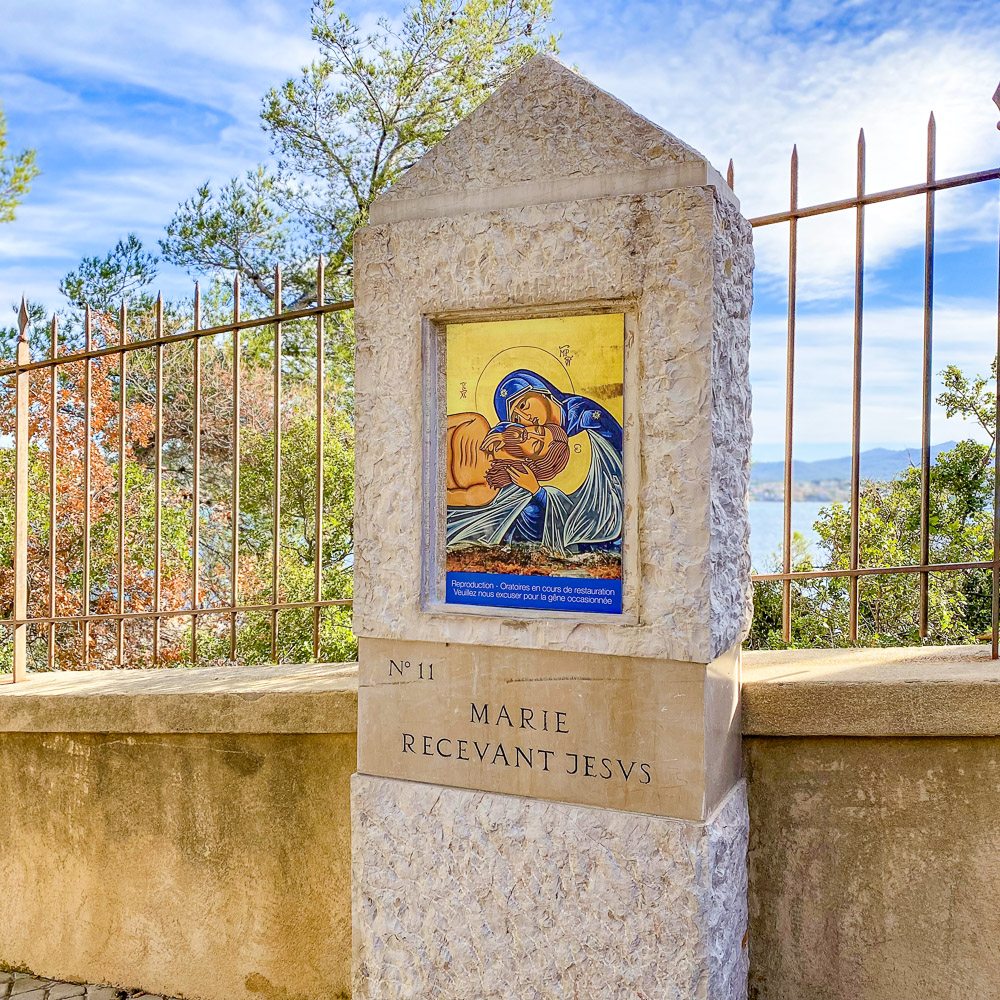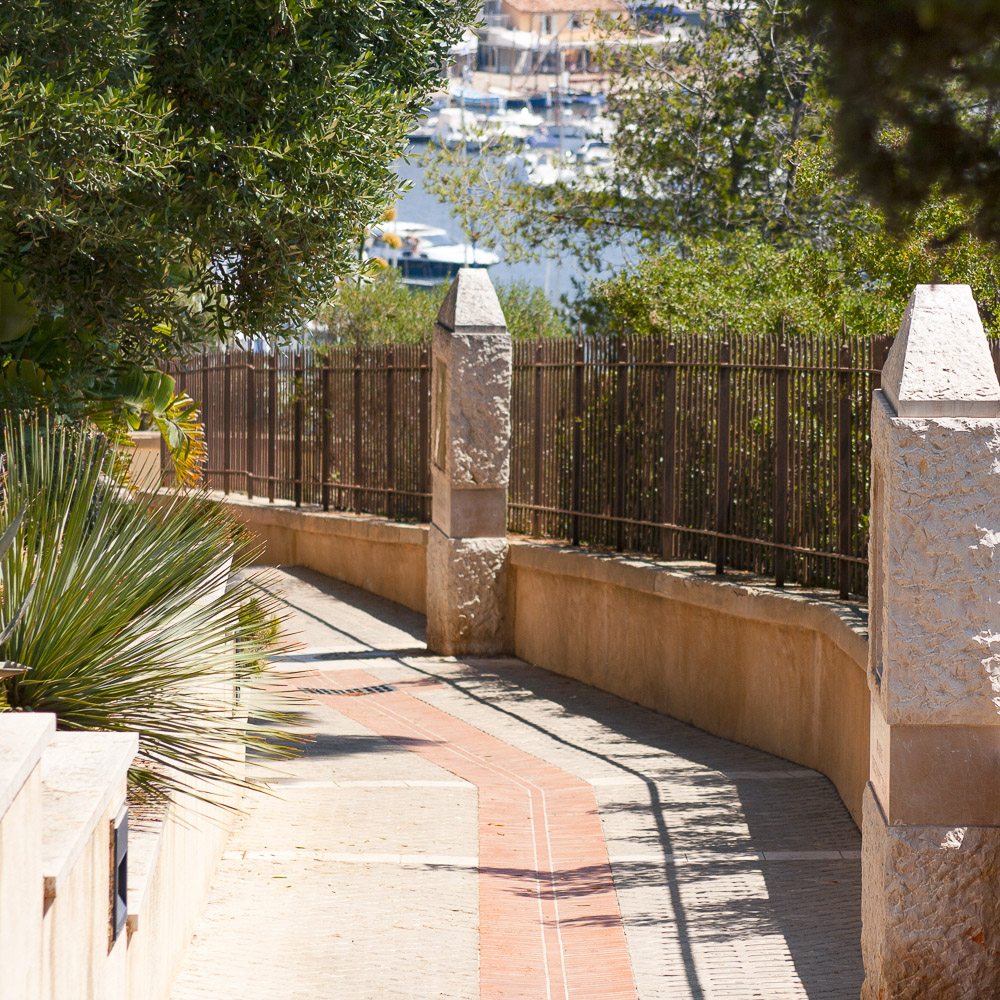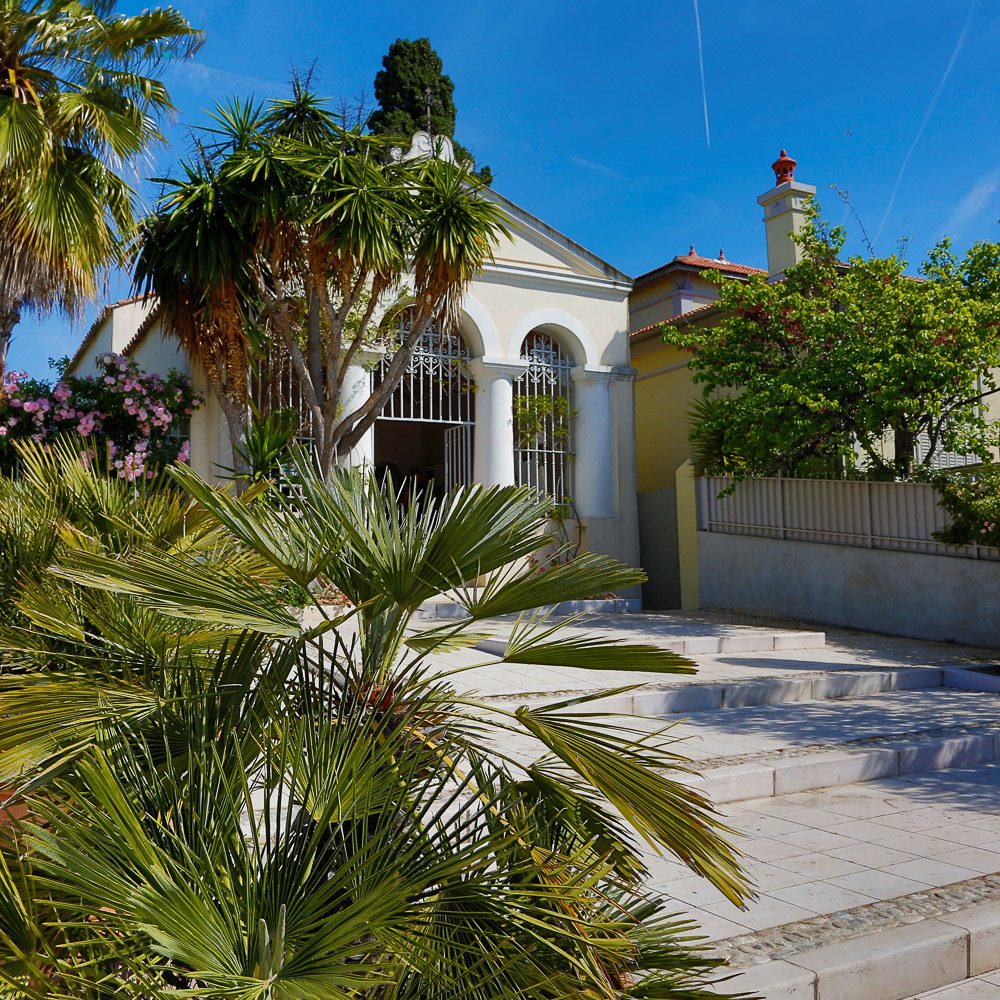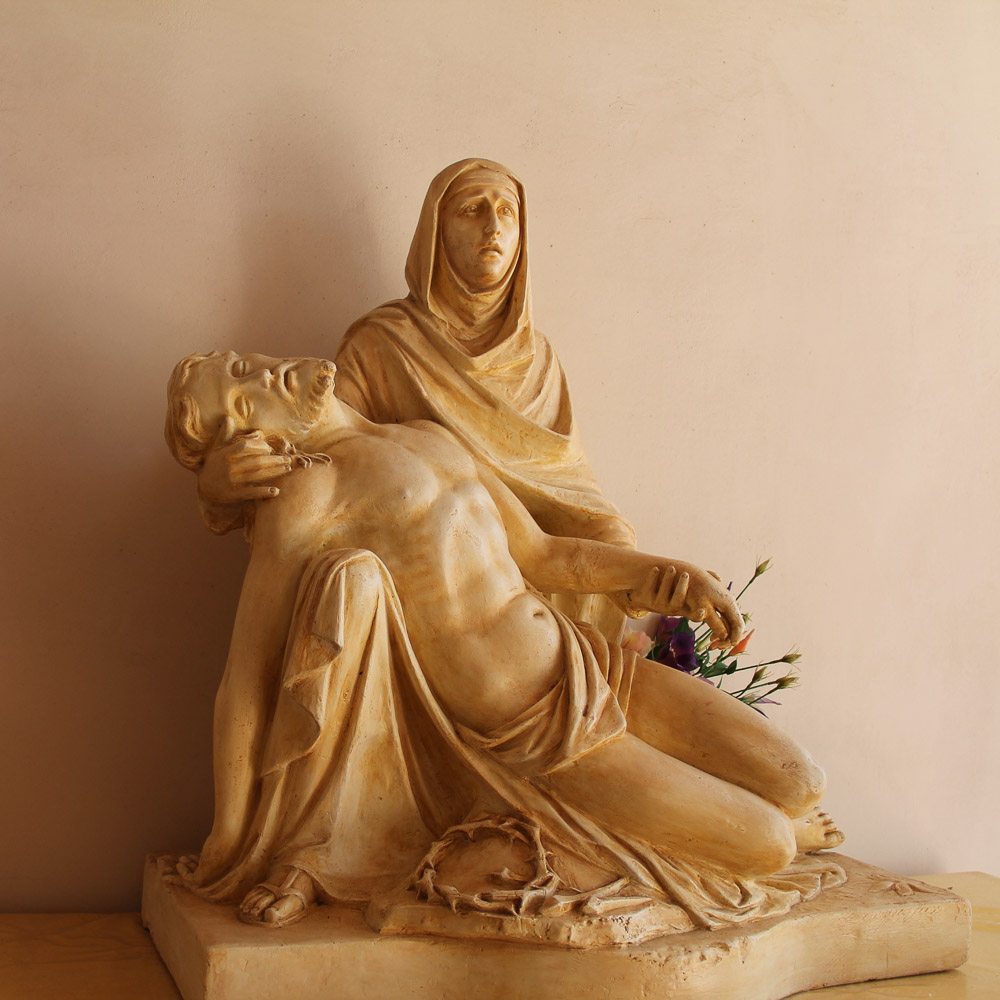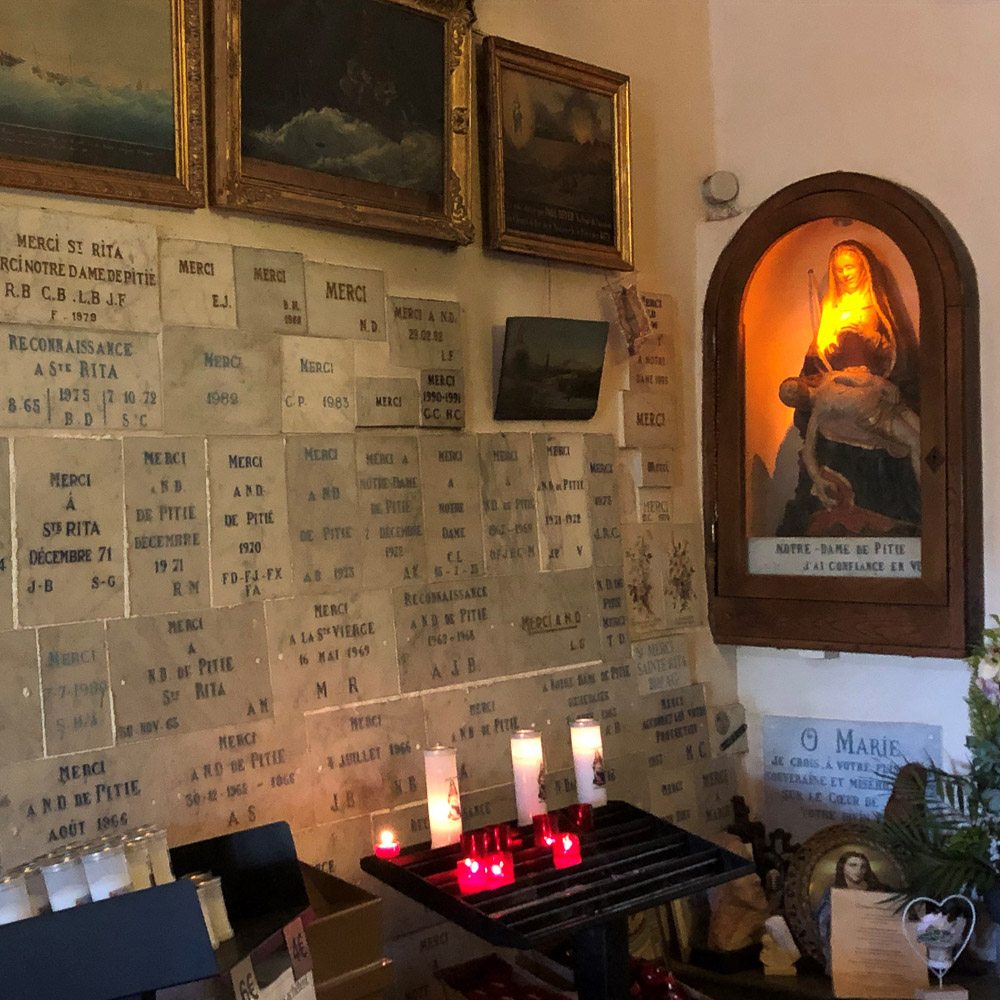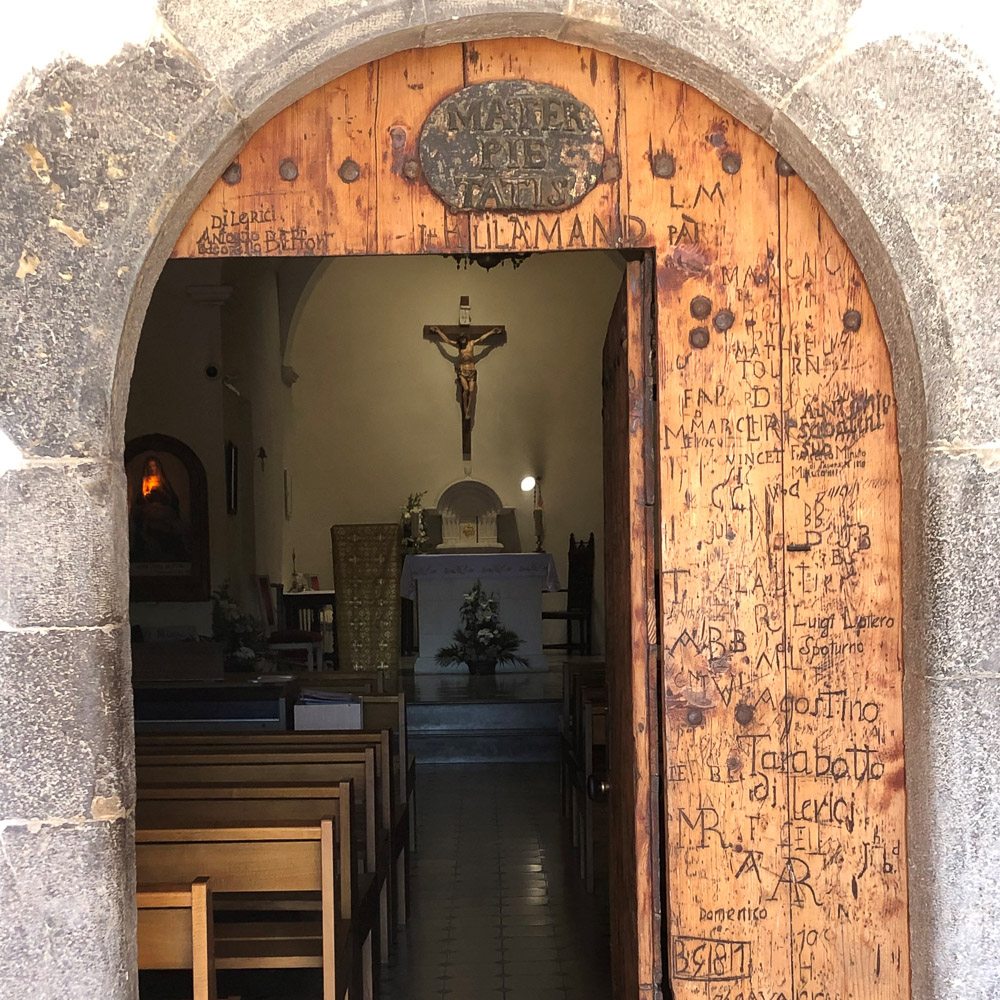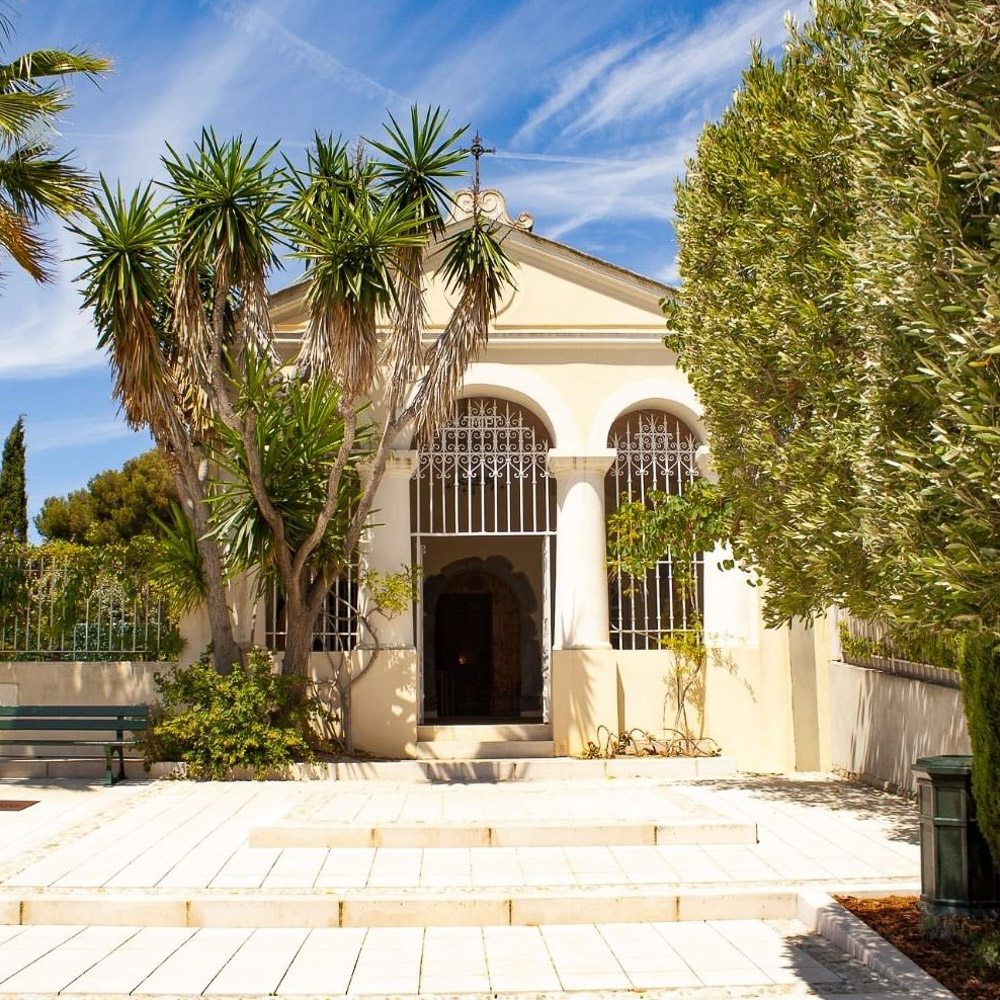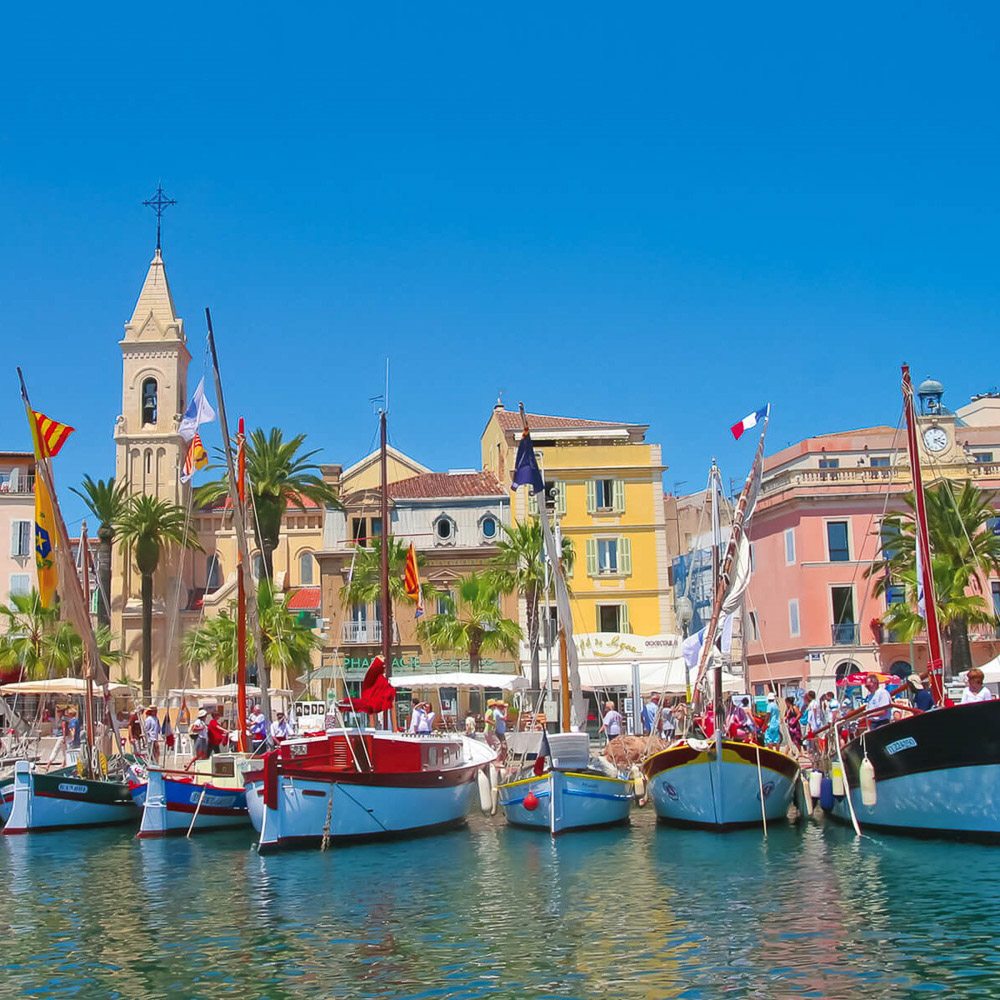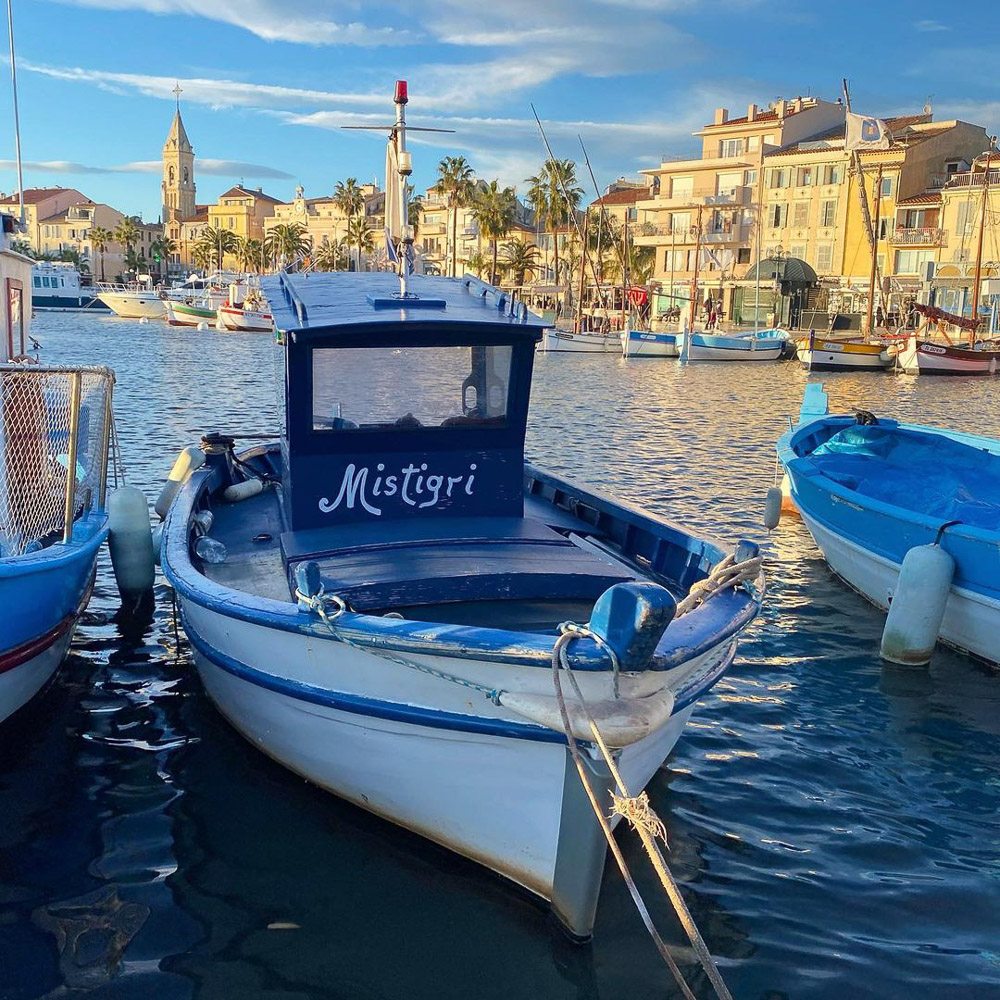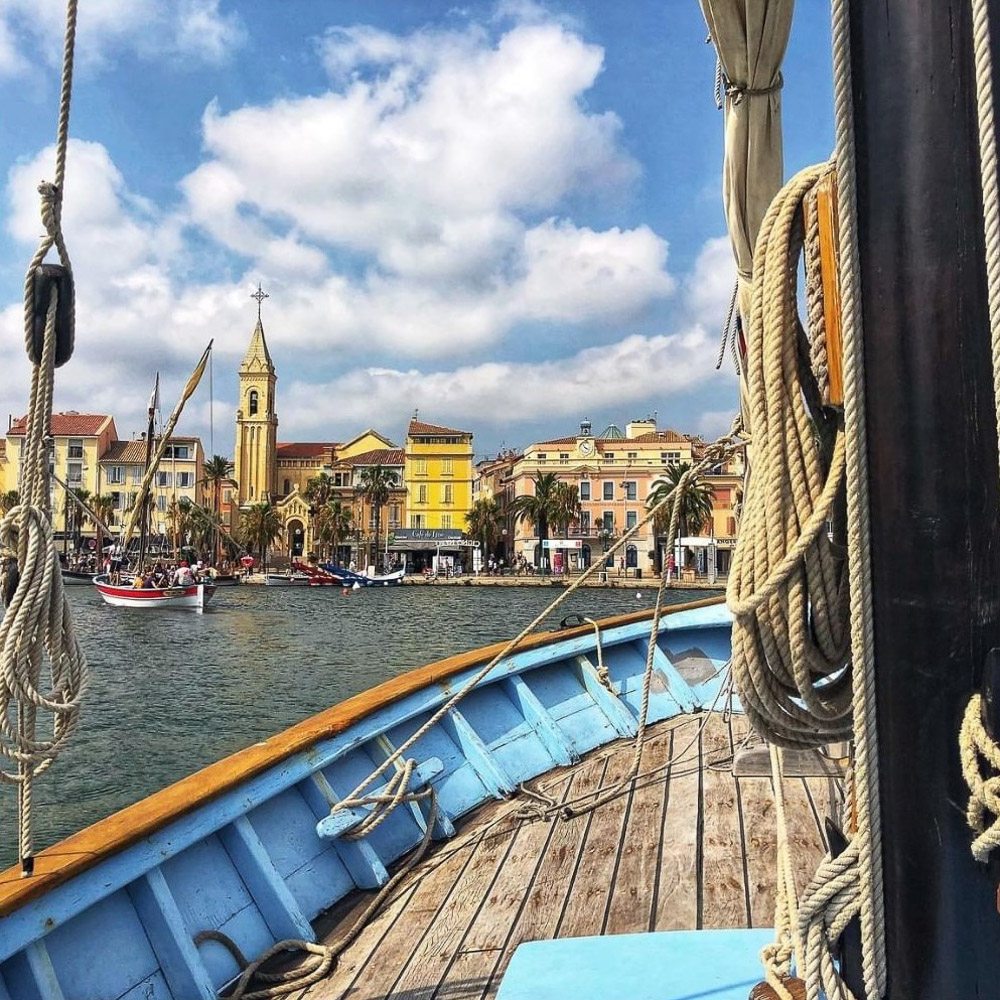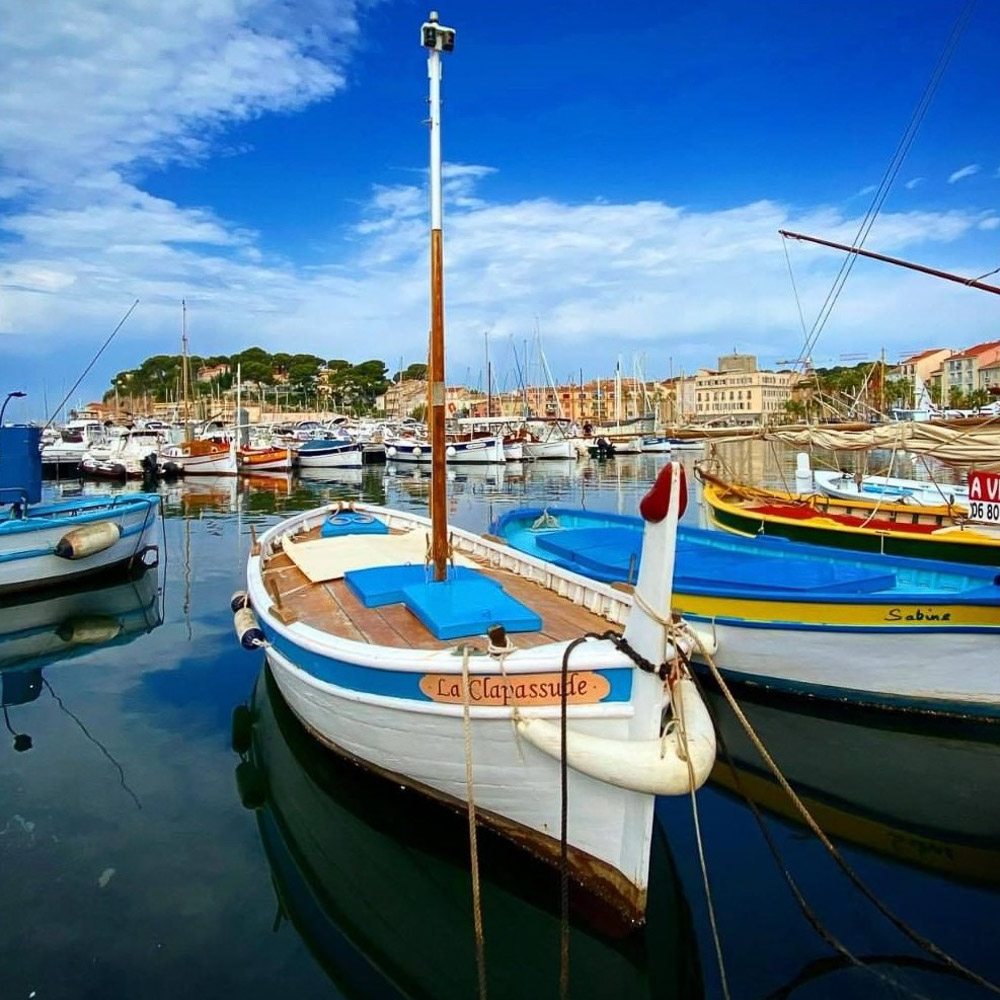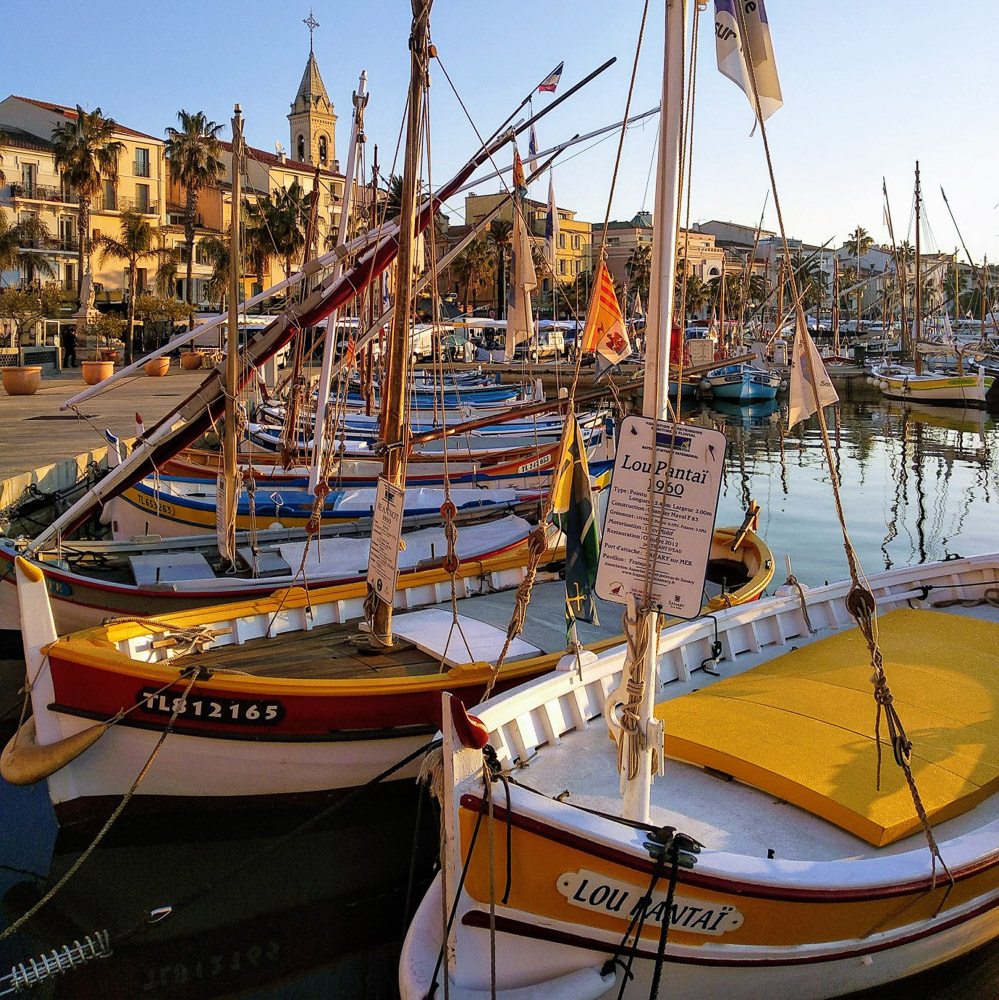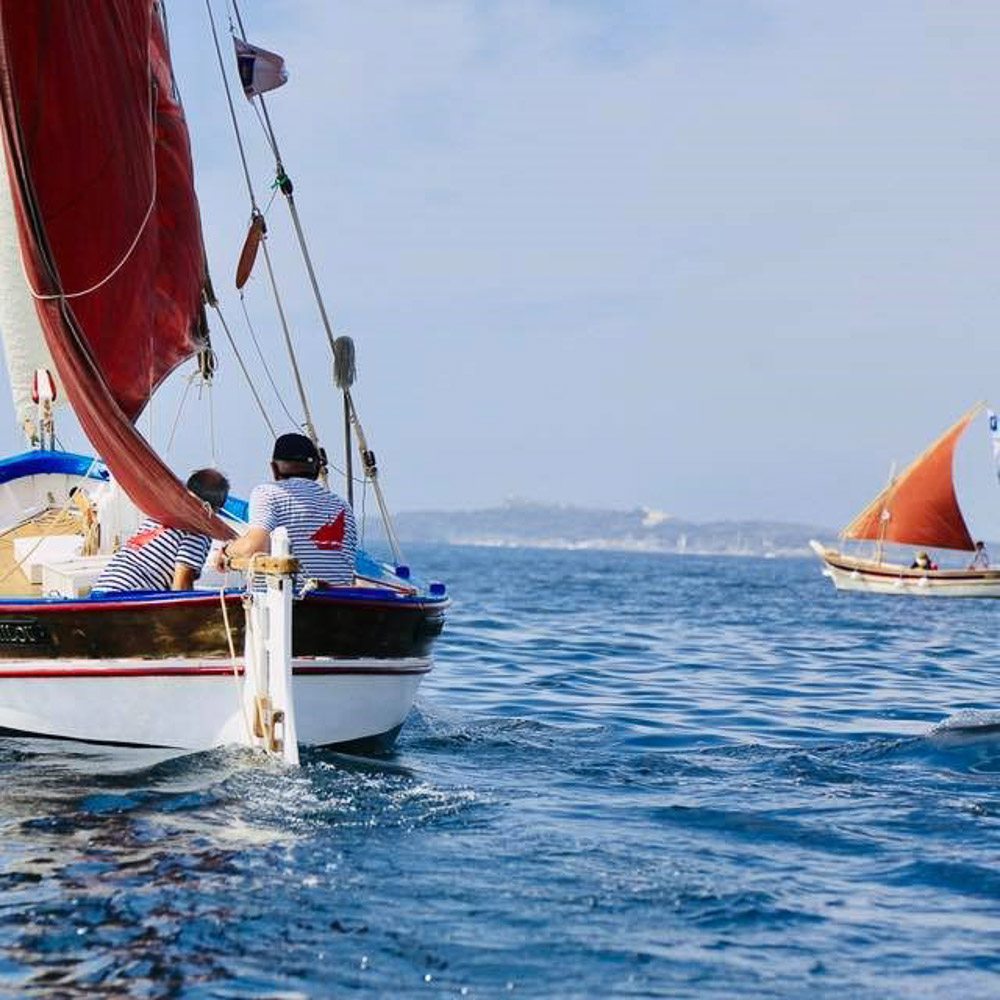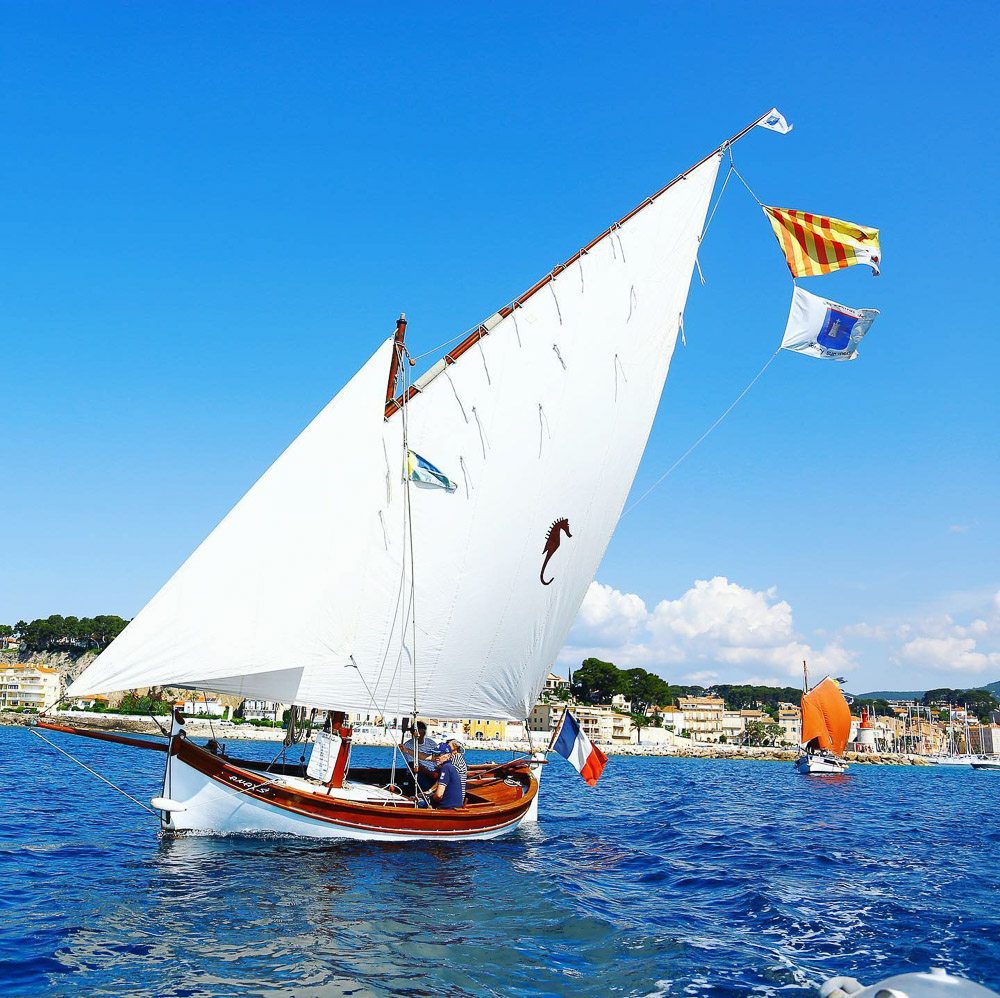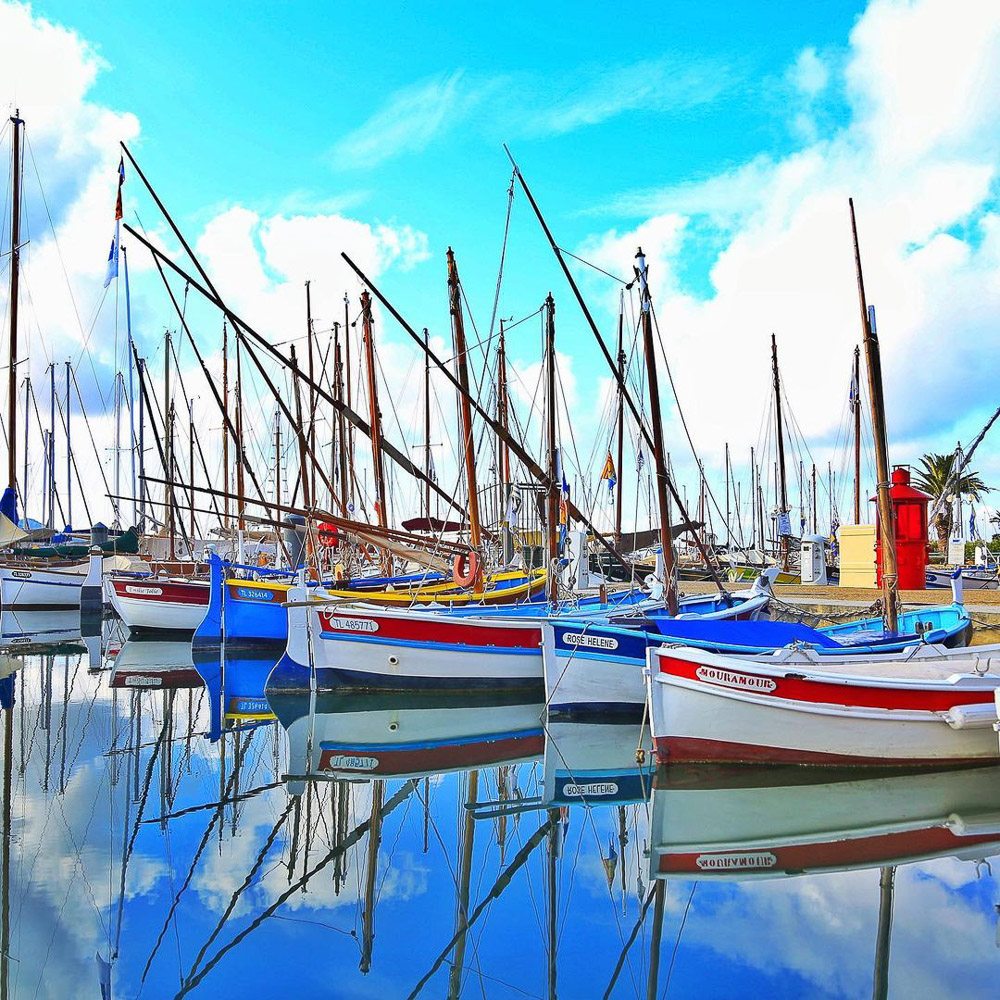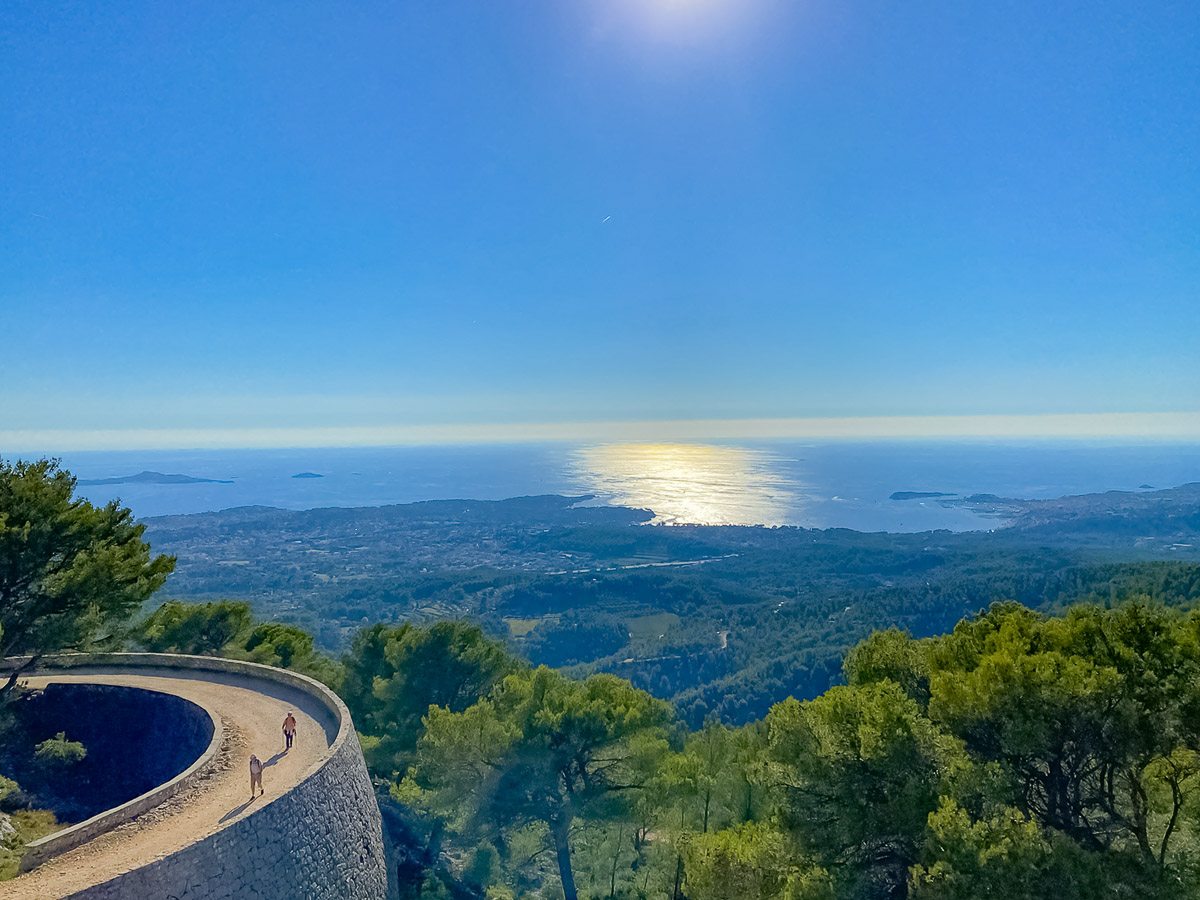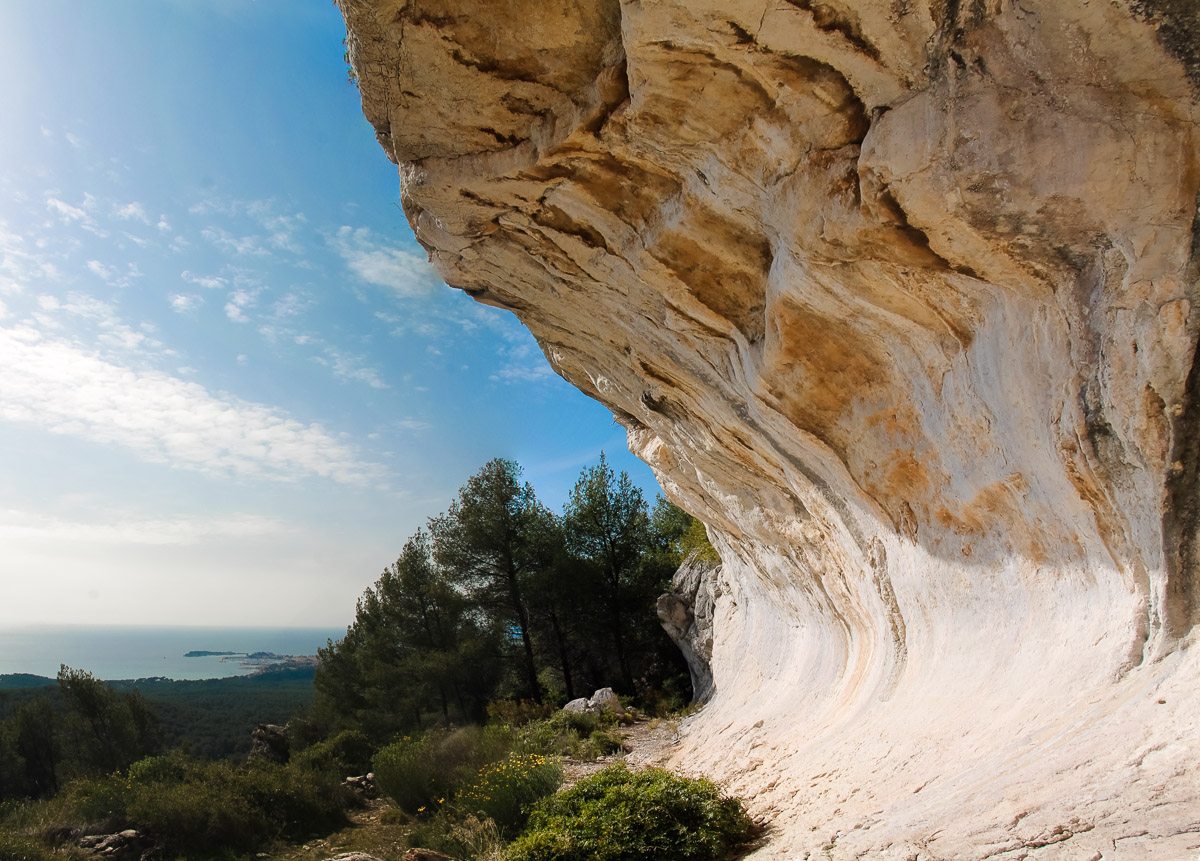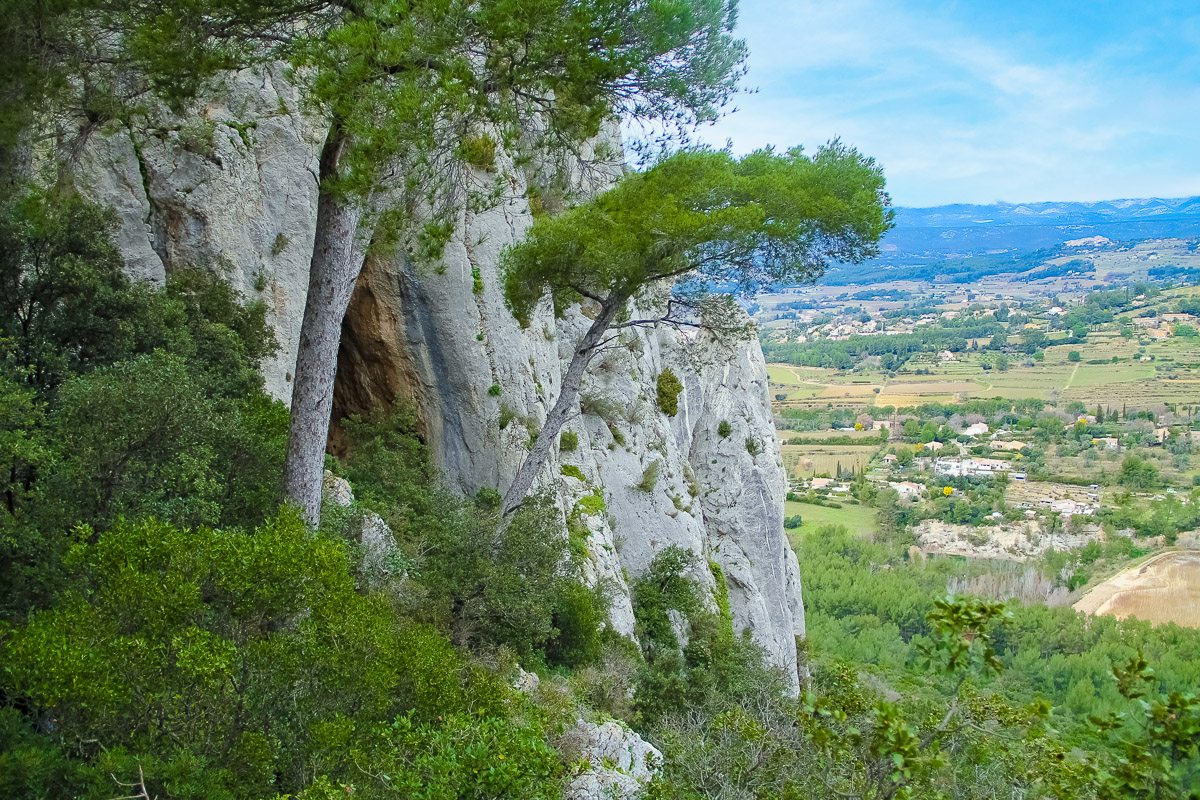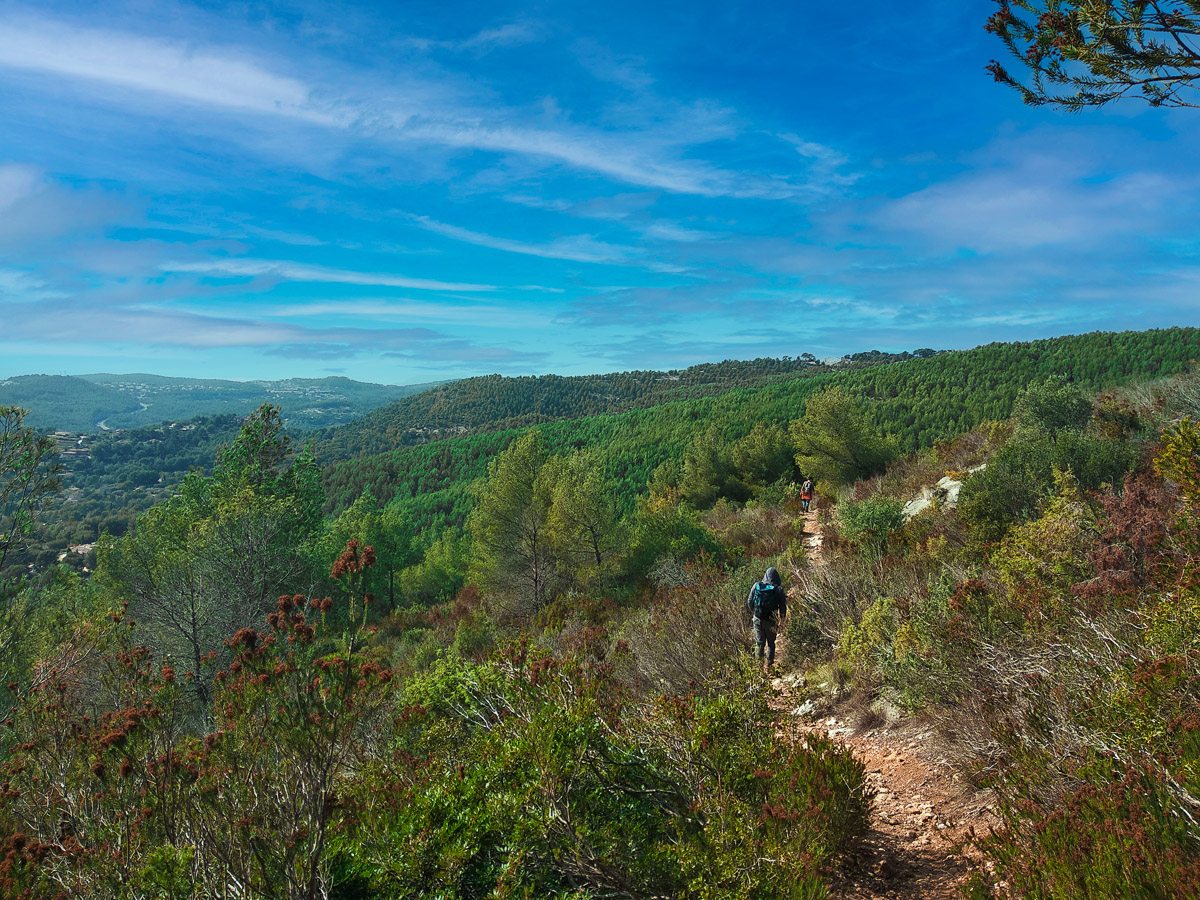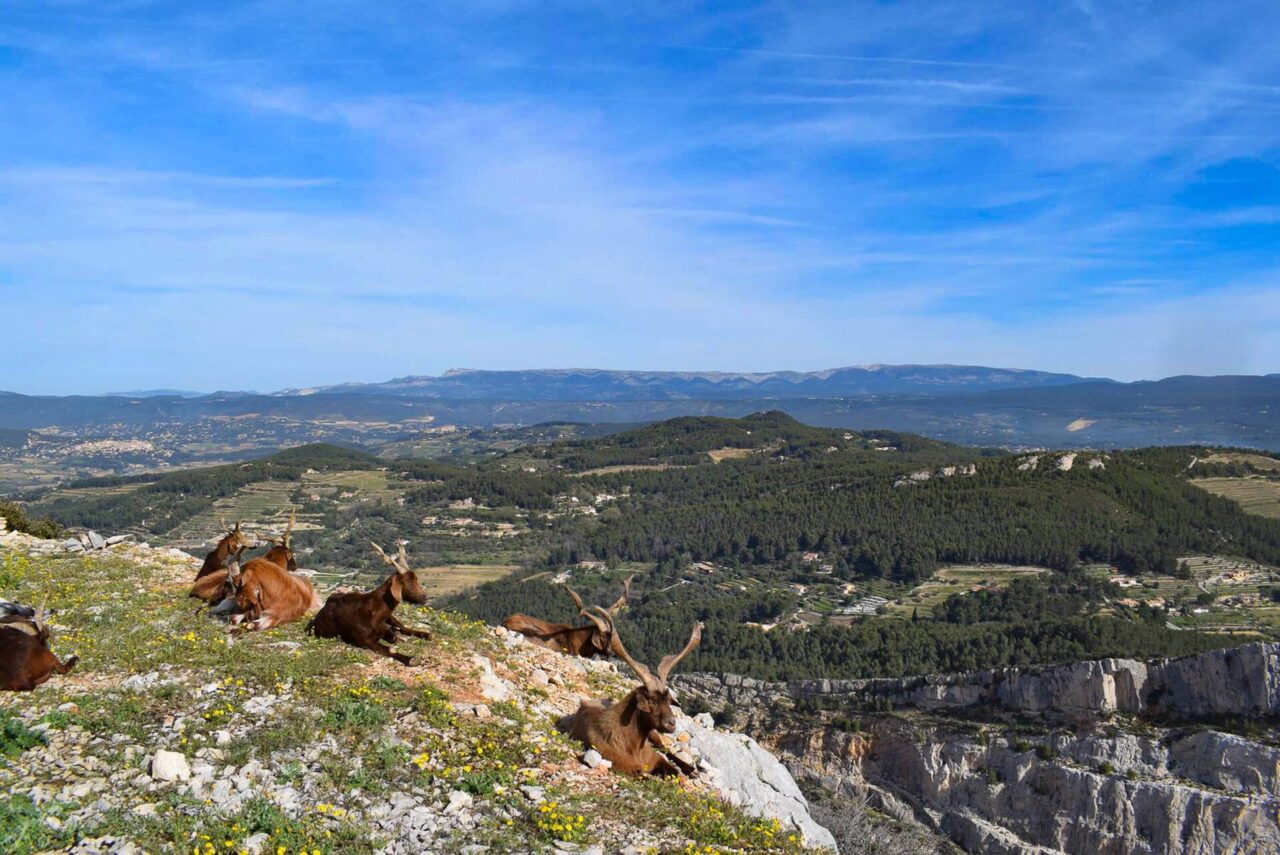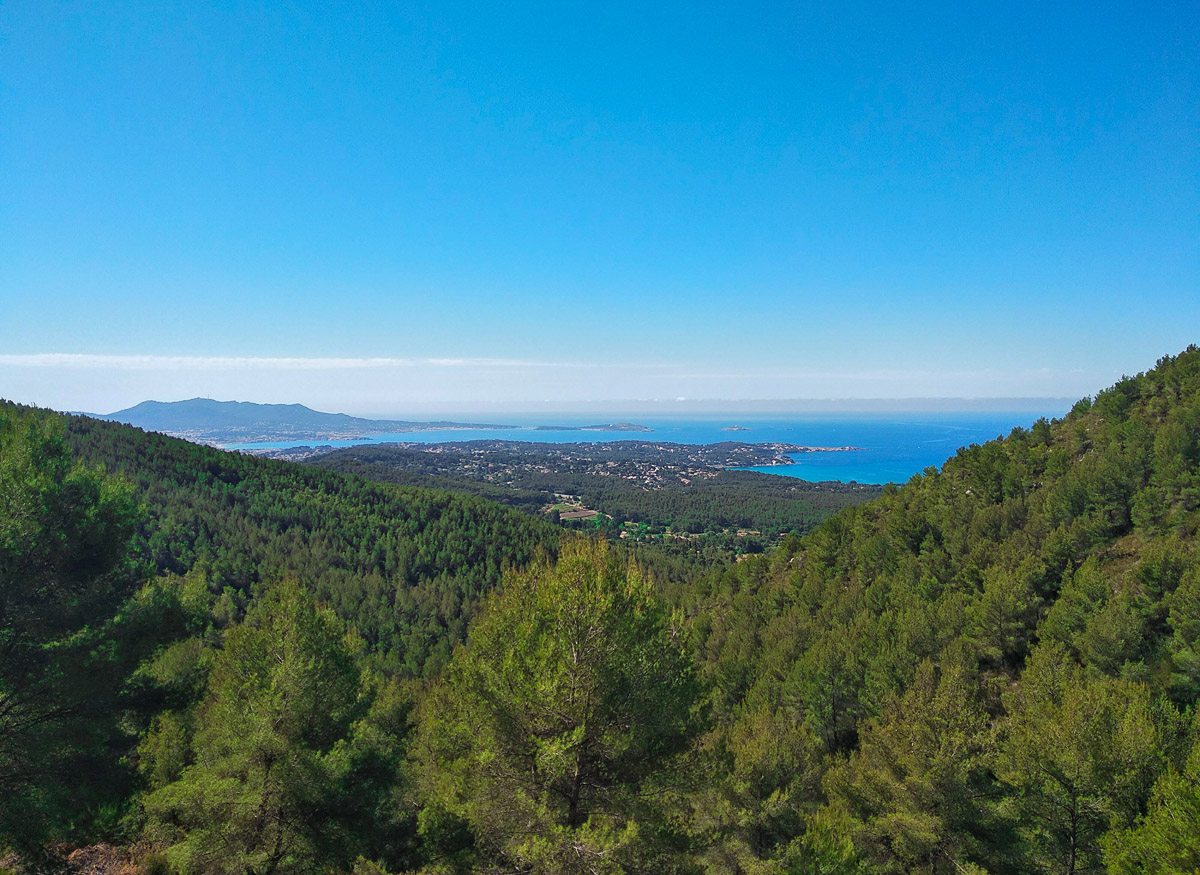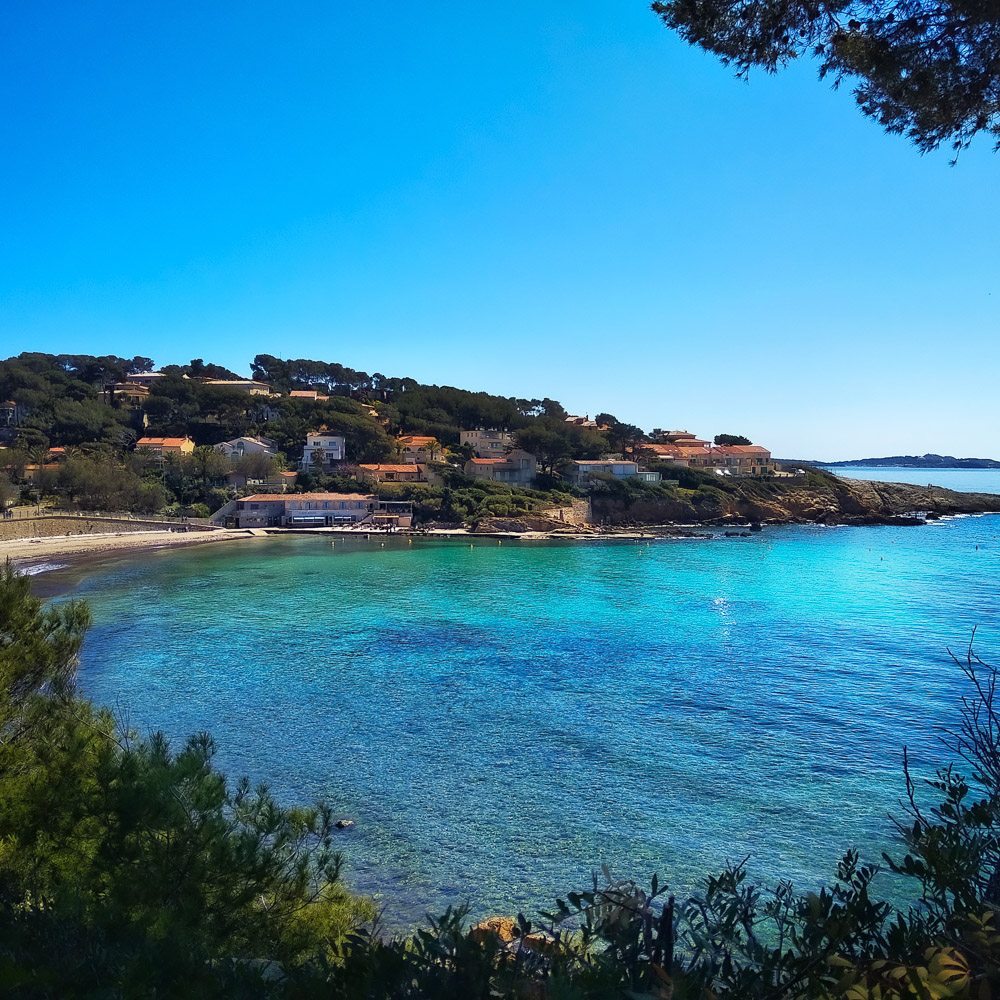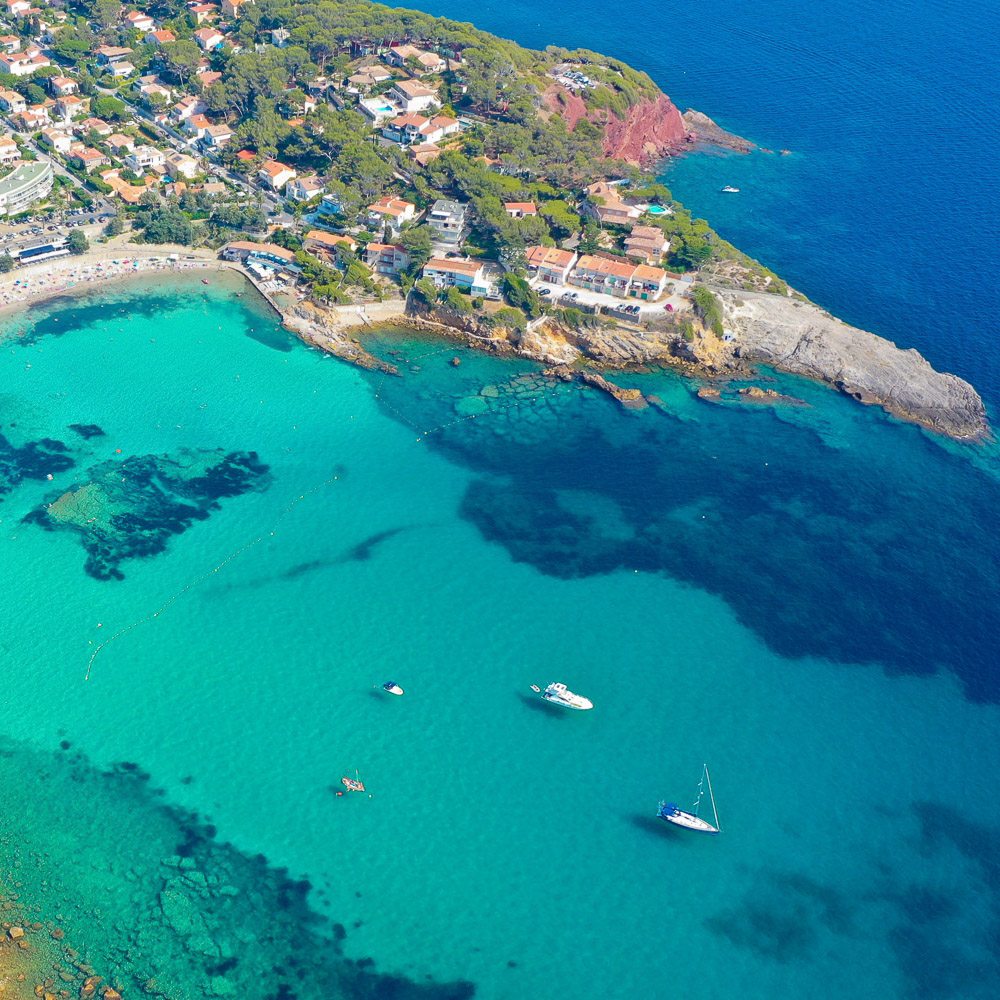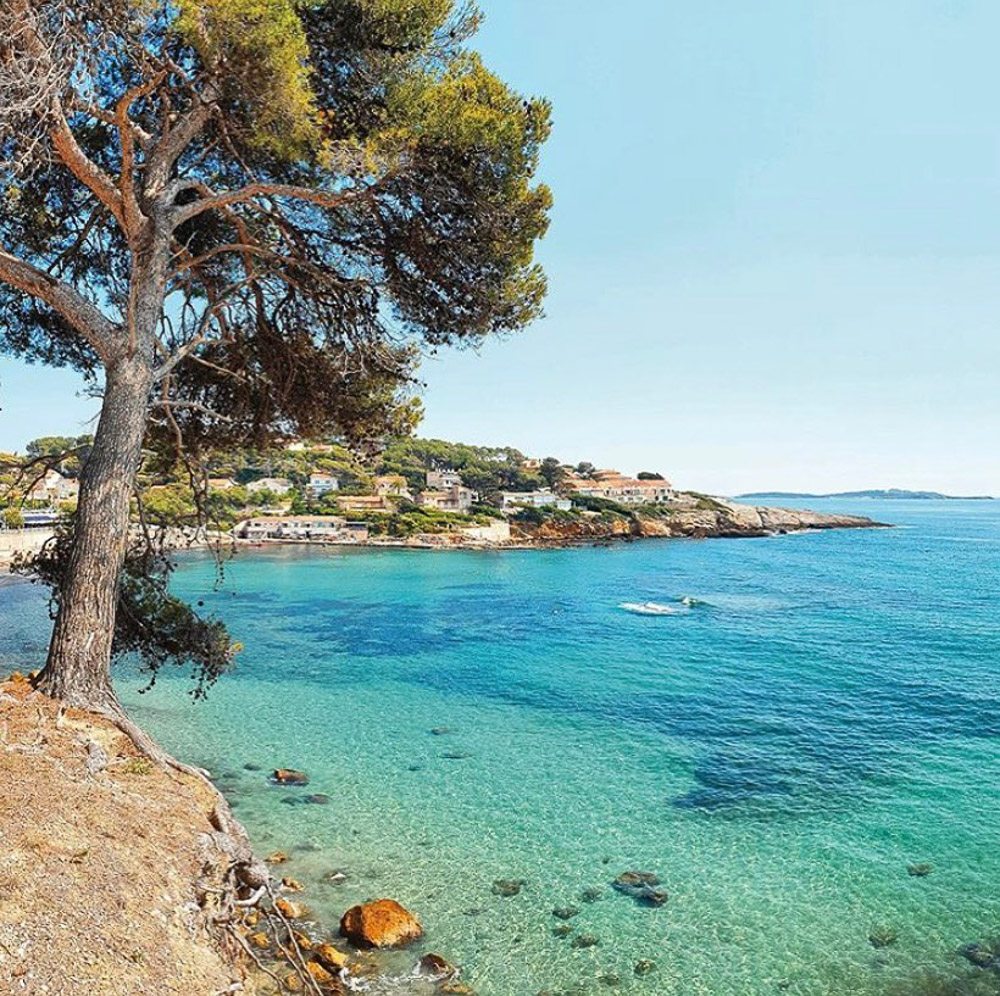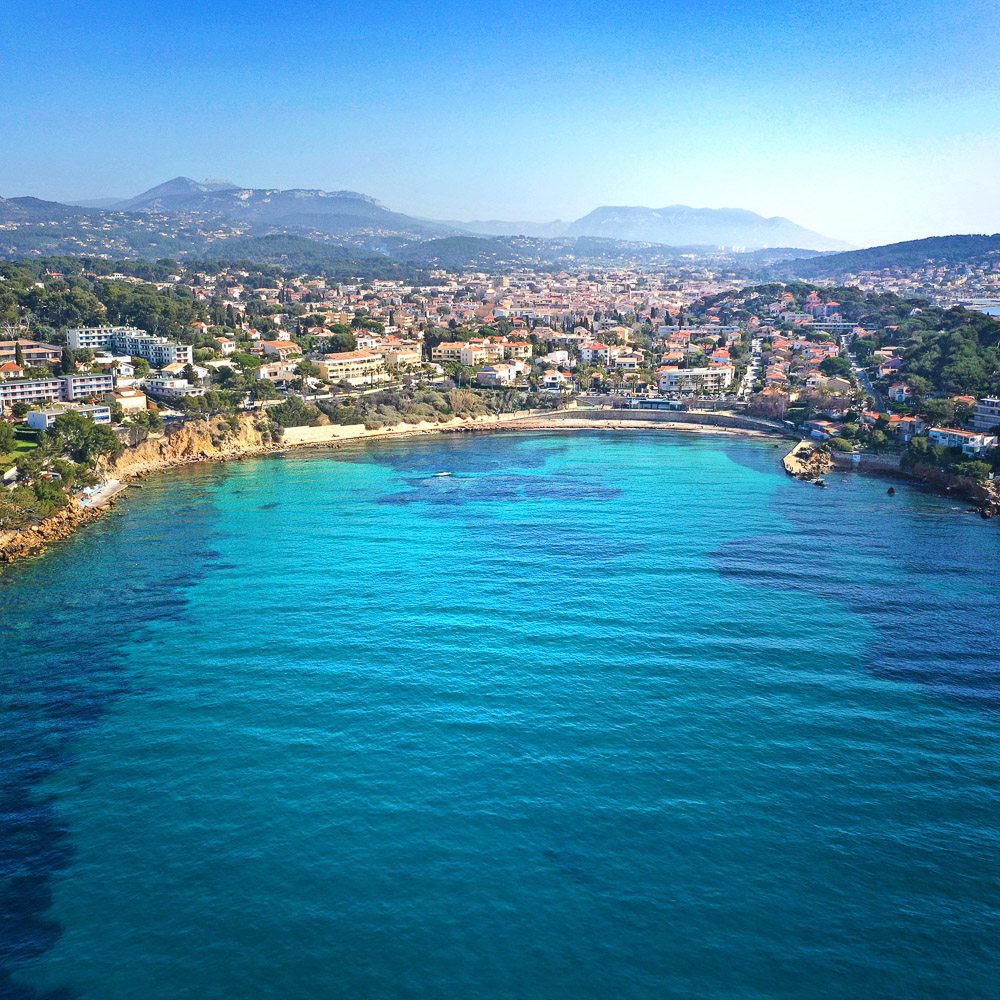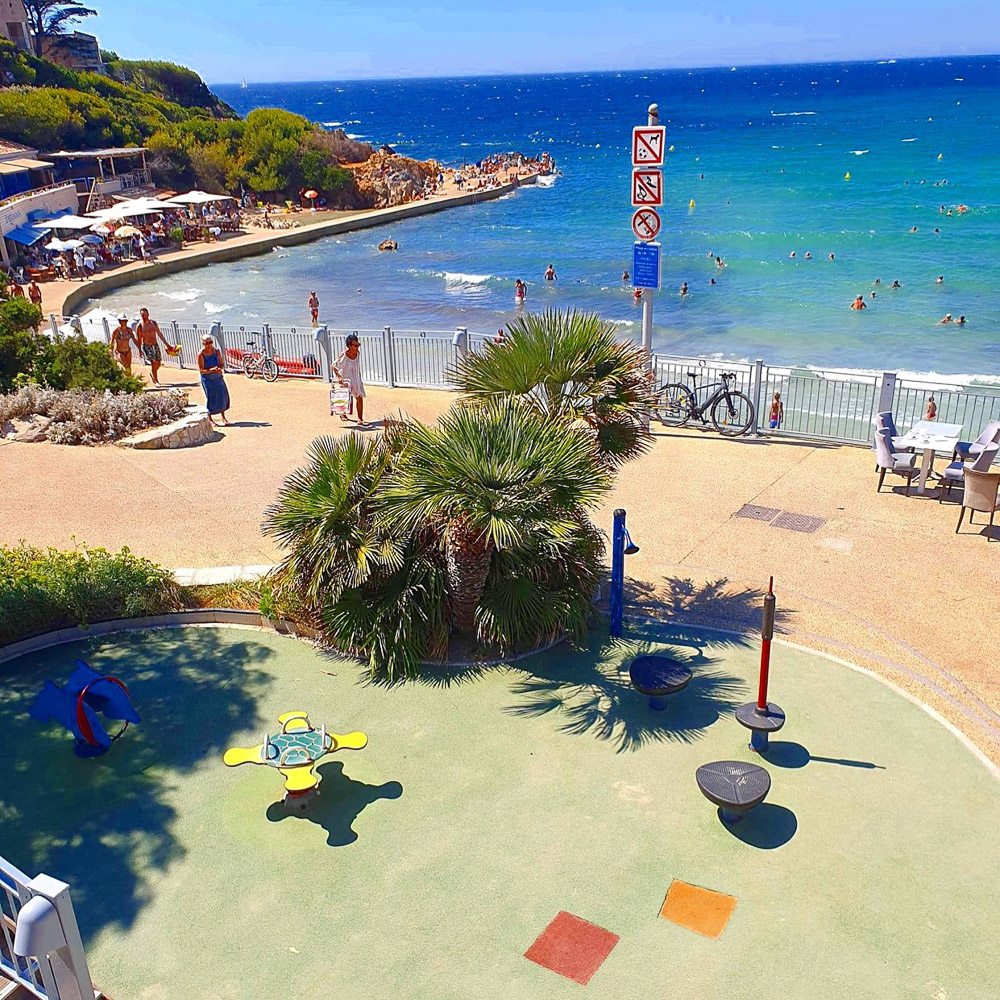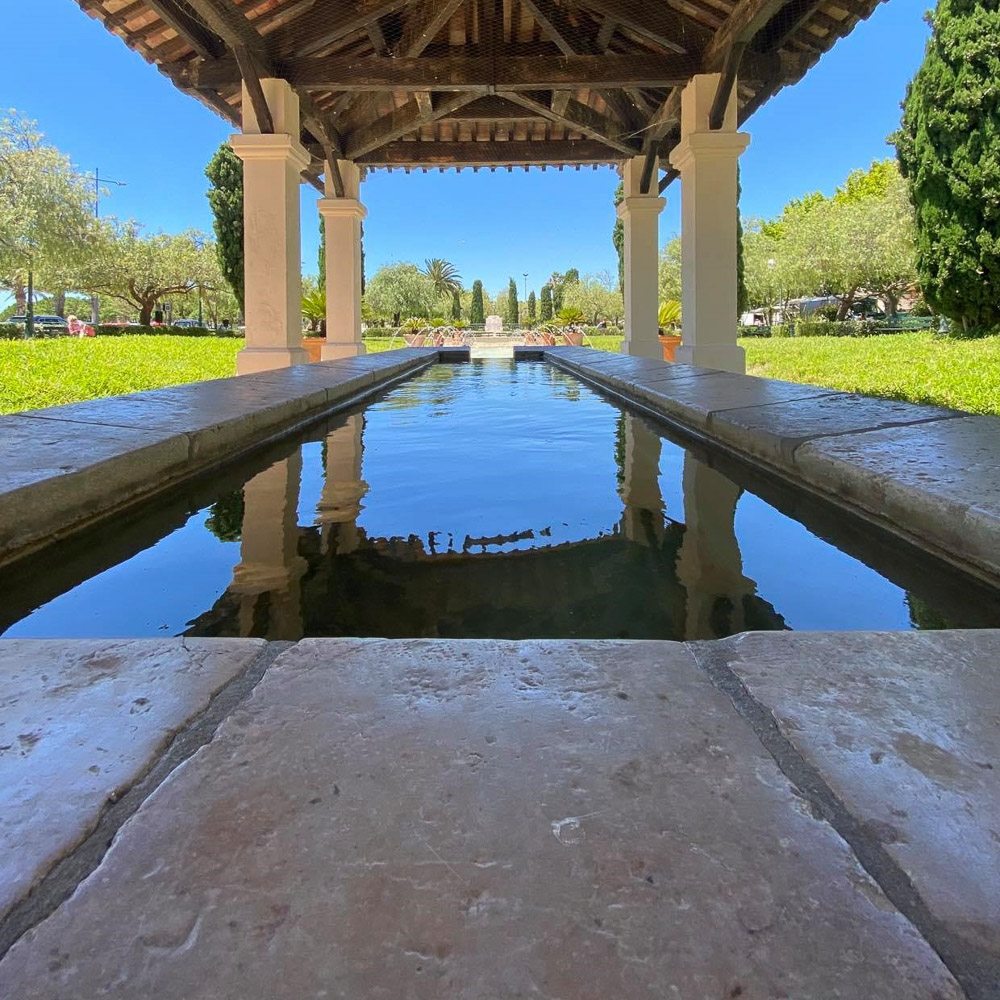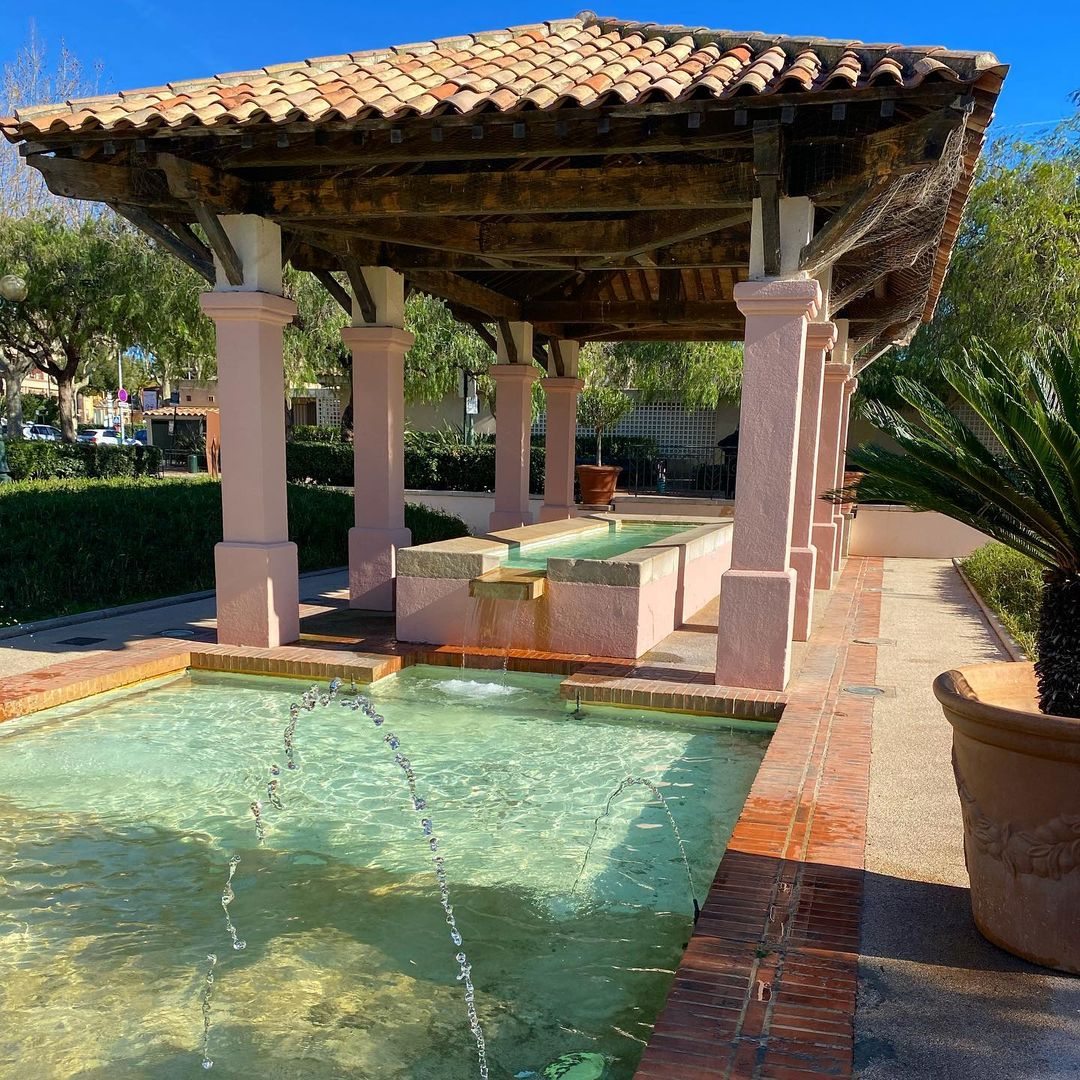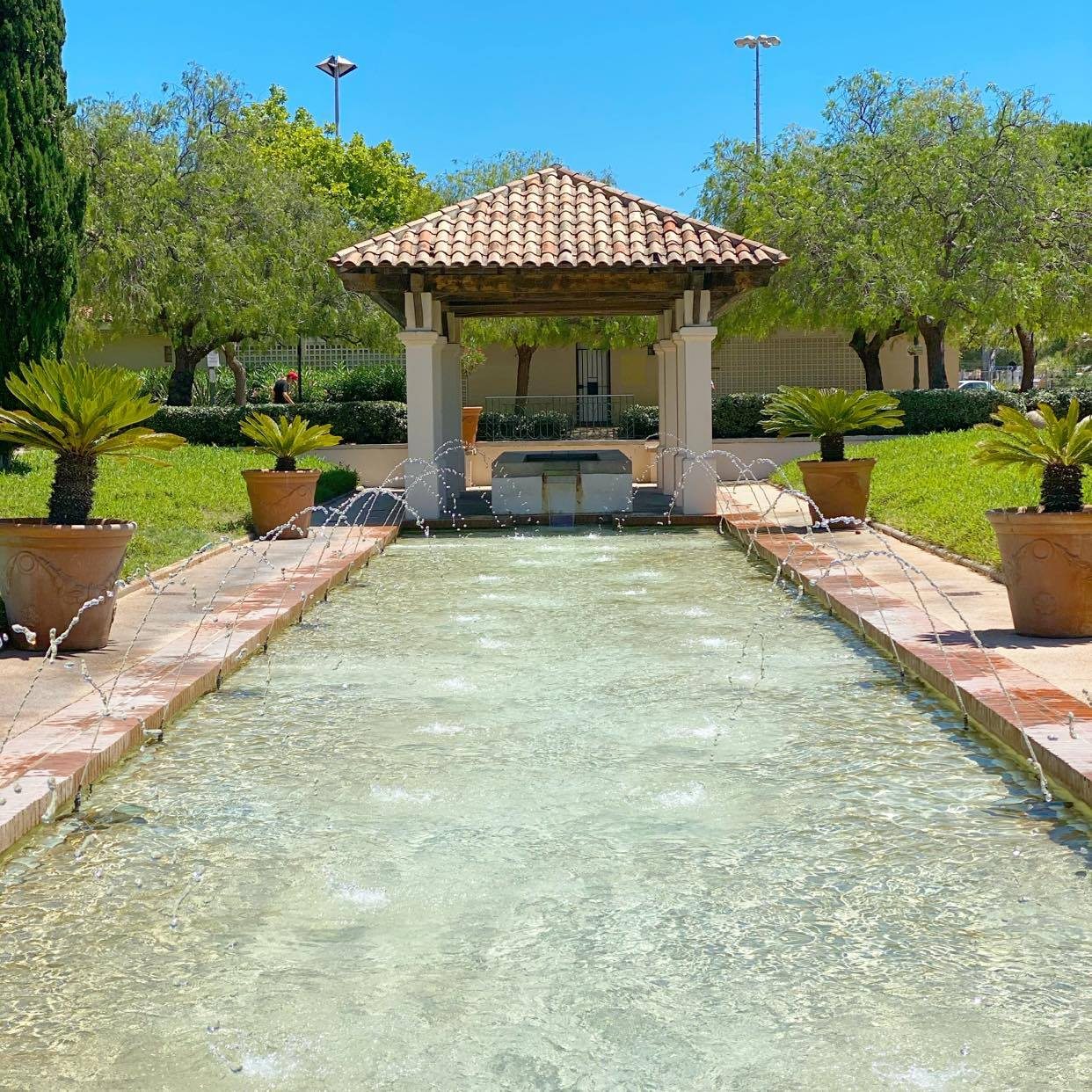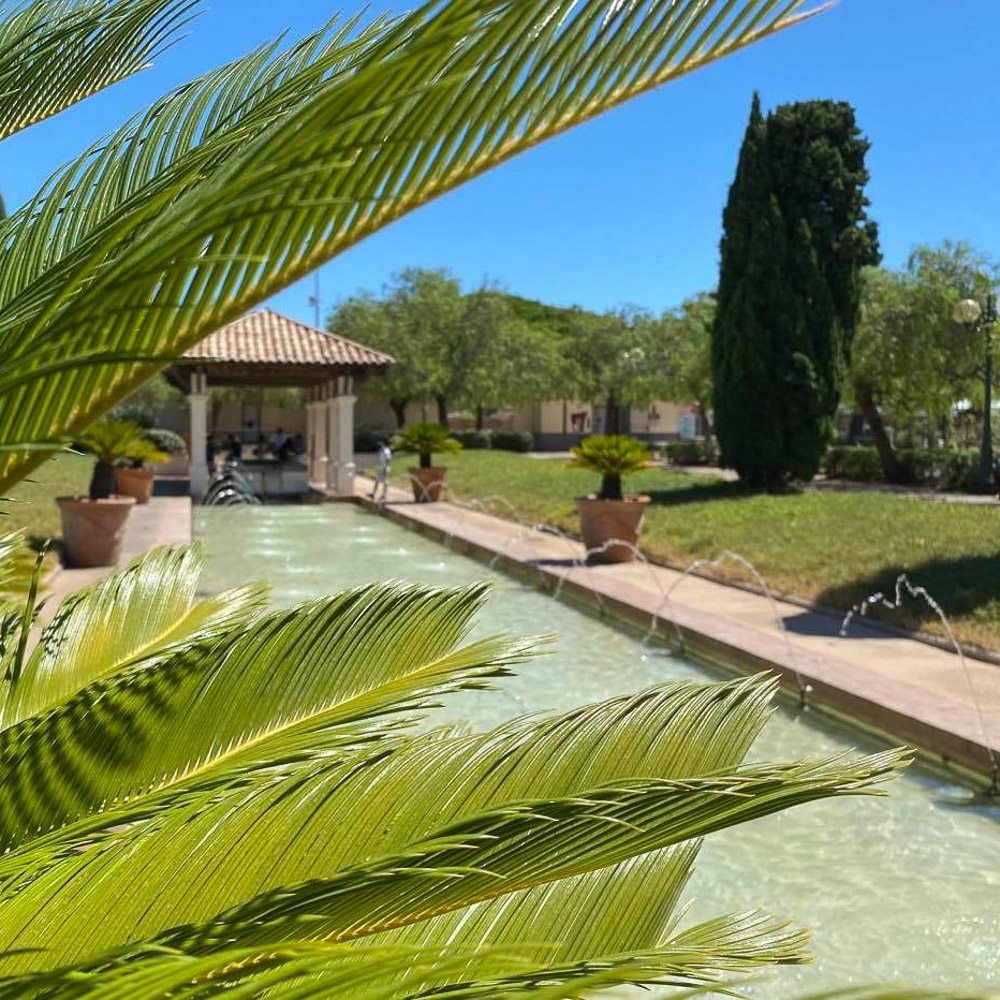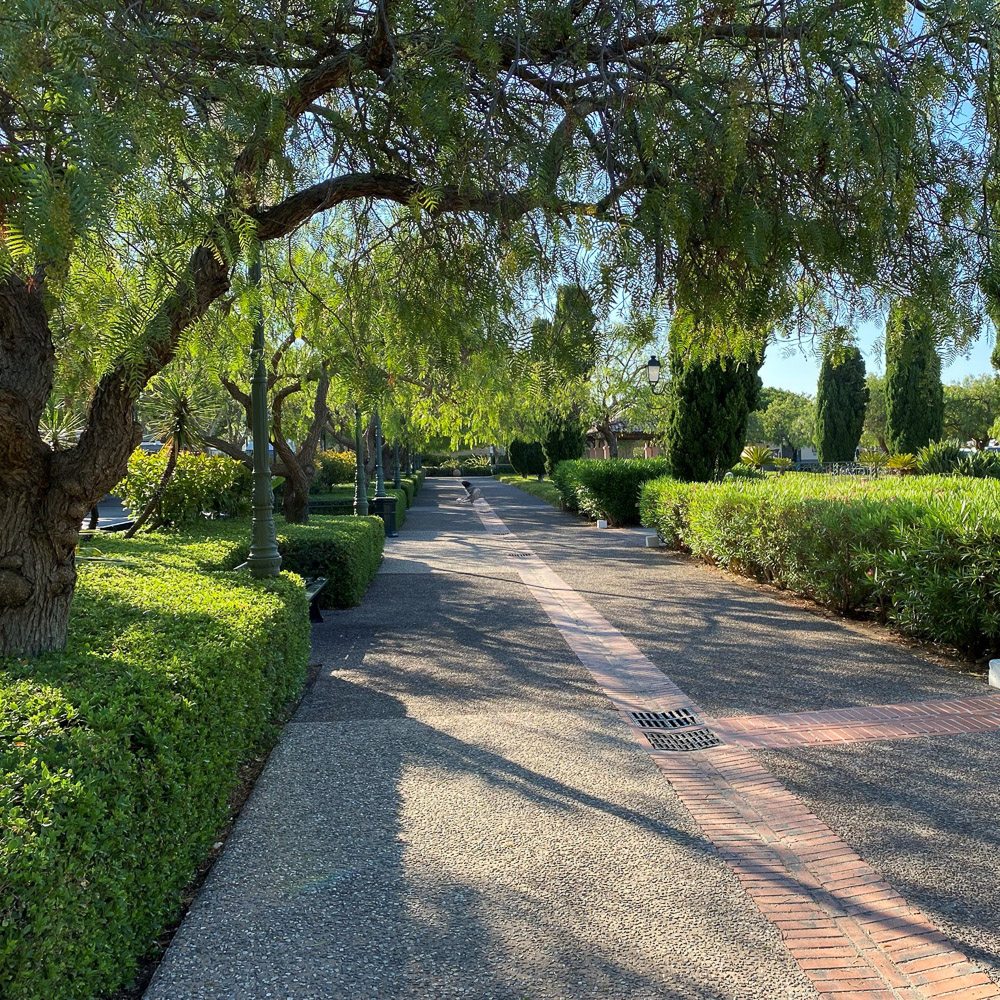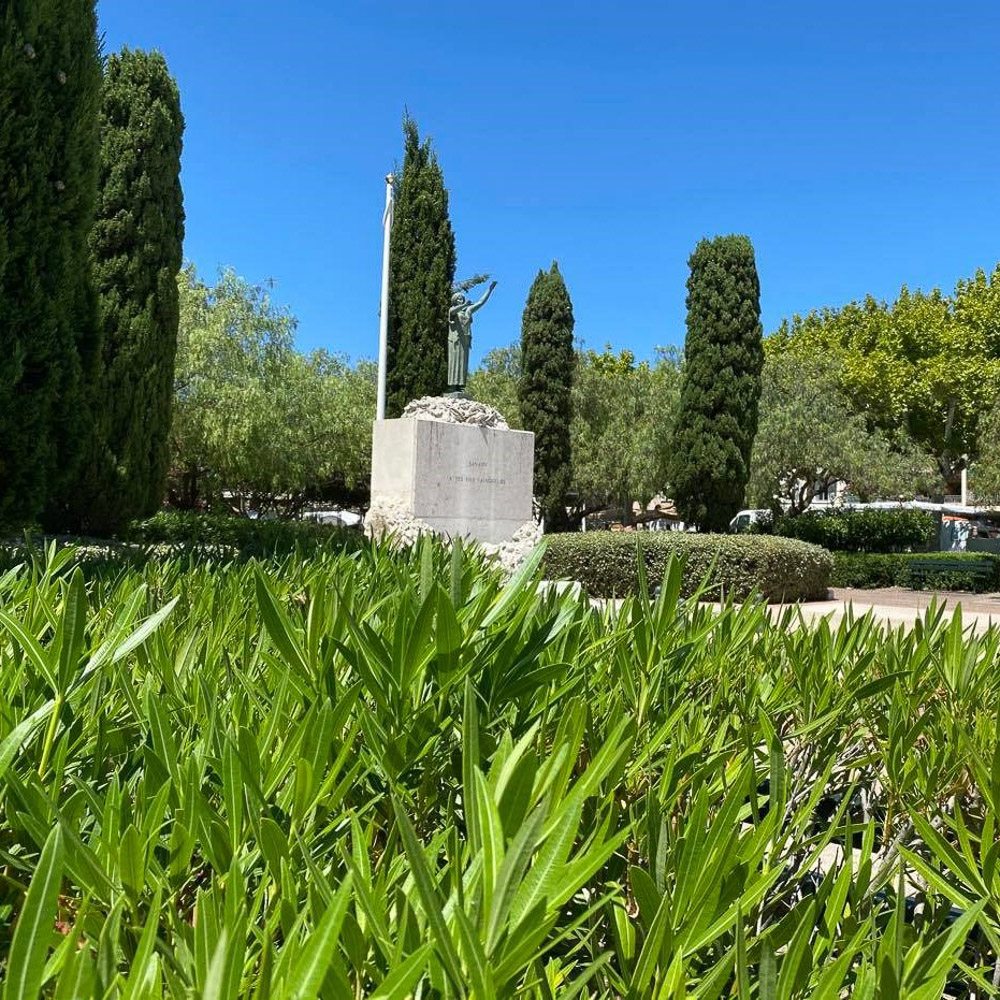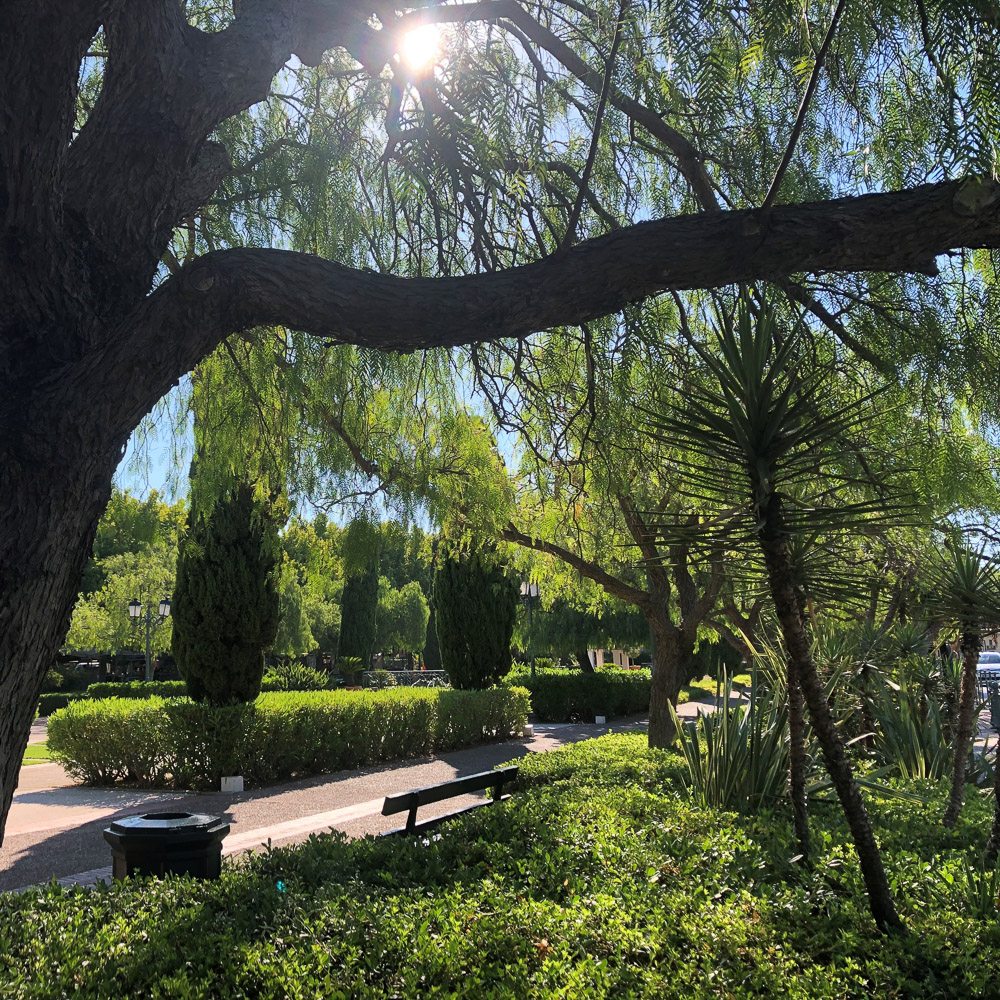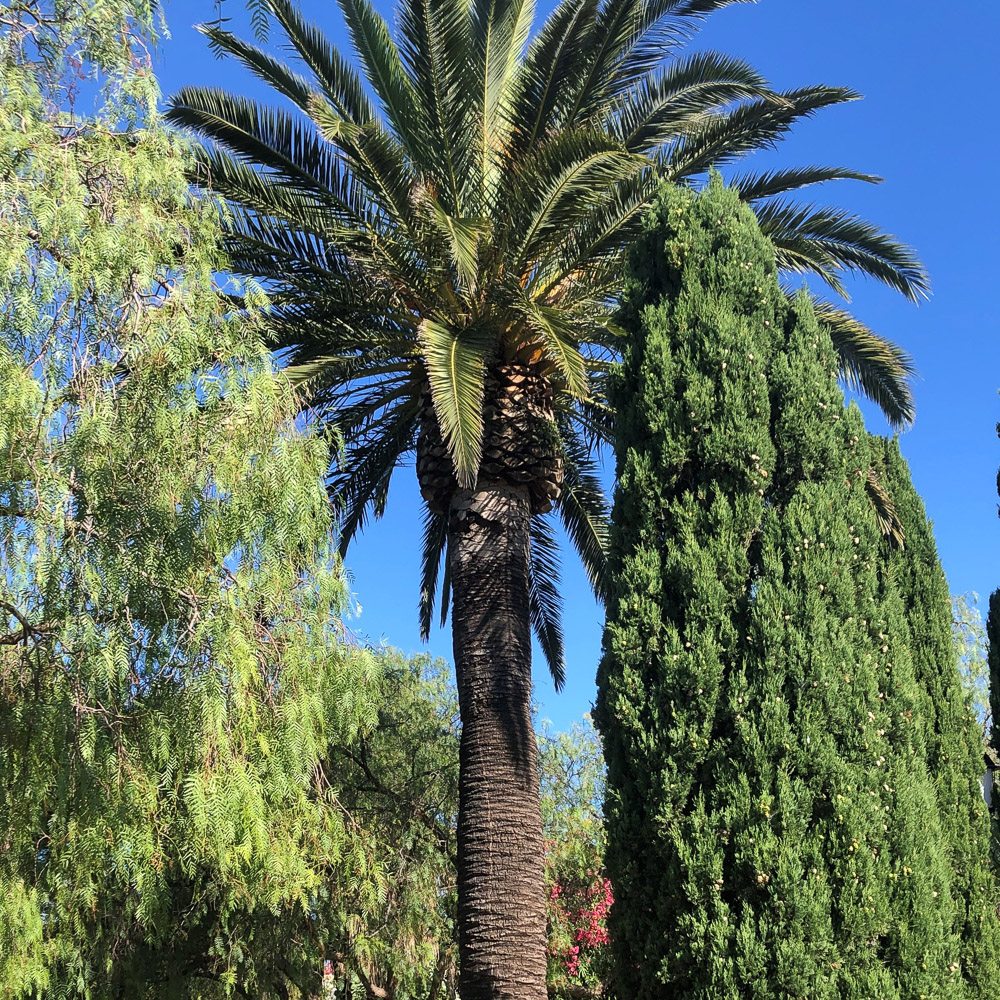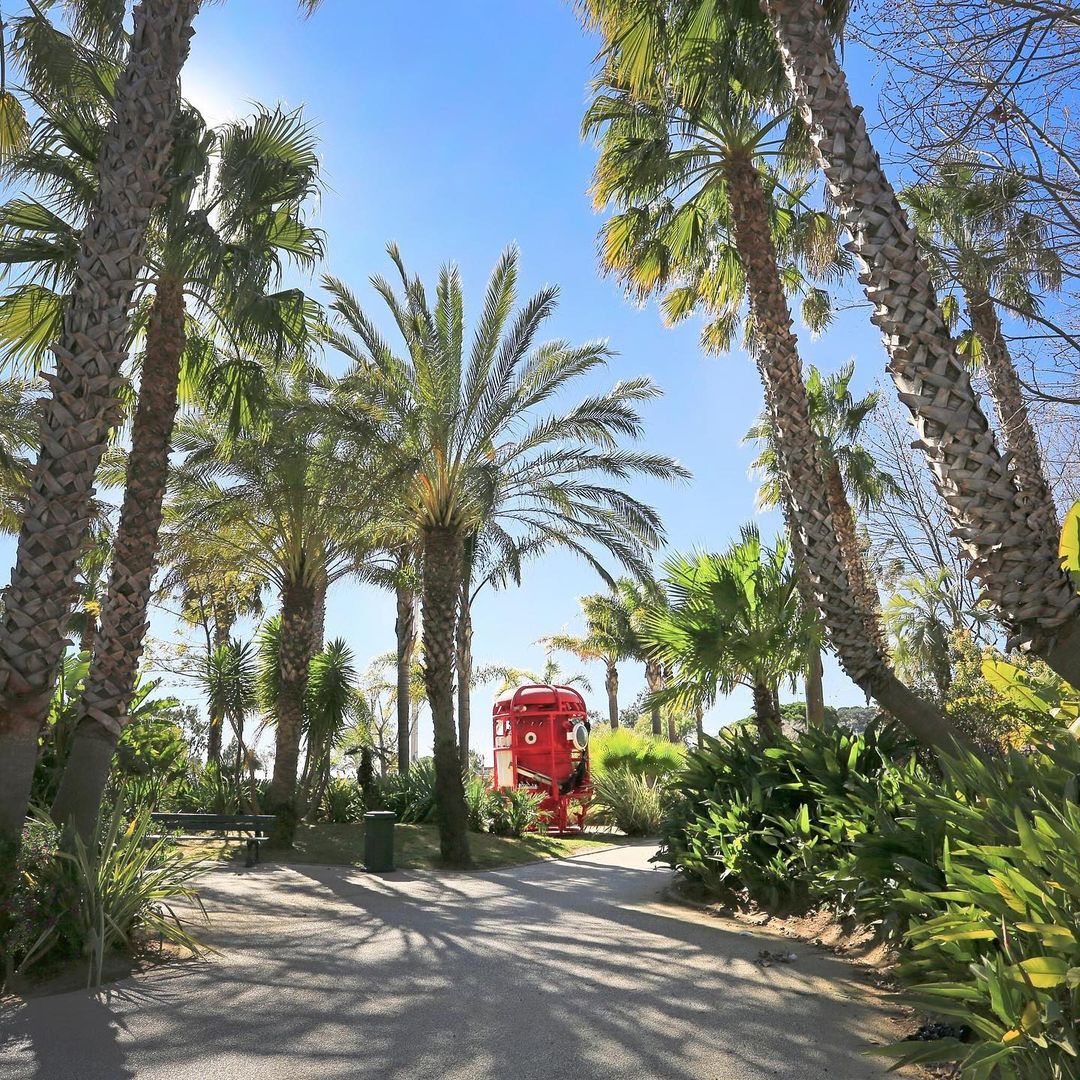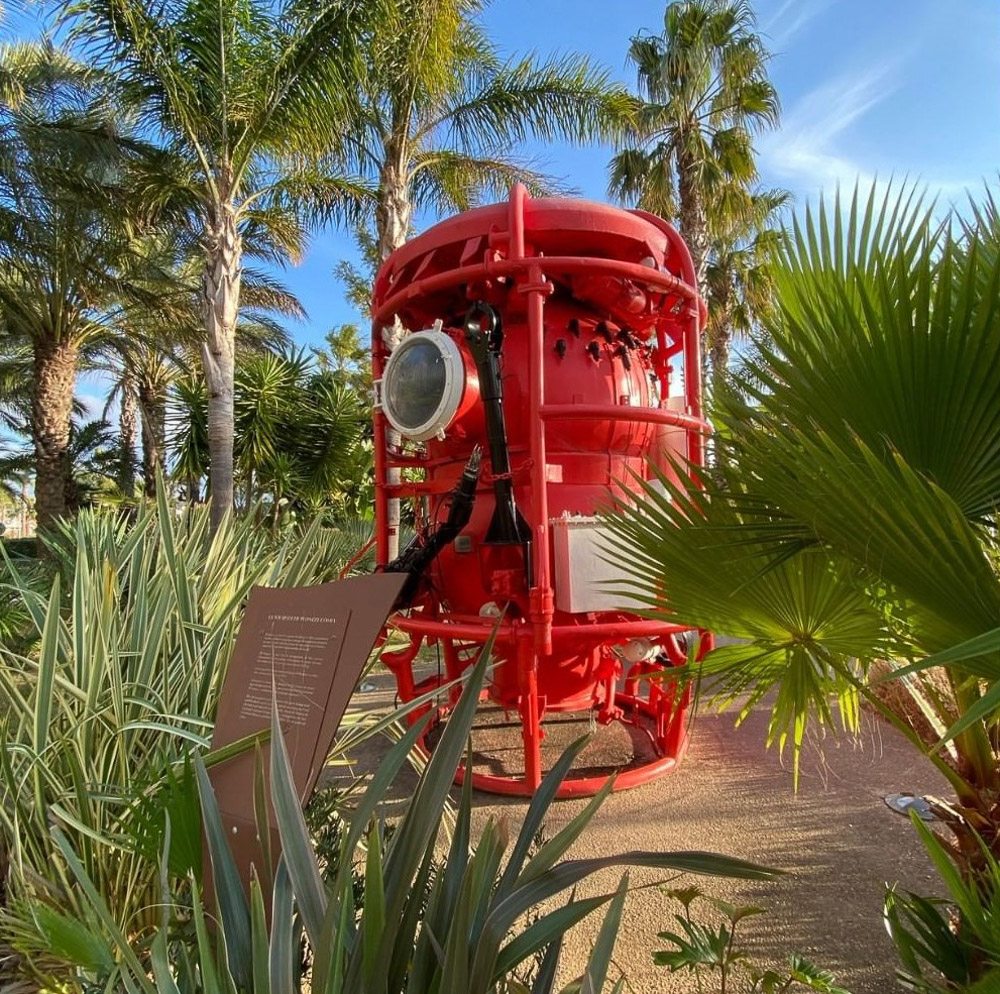The spirit of Sanary is best experienced in the heart of its old village. Here you can taste the charm of its friendly atmosphere, in a setting with an authentic Mediterranean character. A discovery that can be made along its port, its alleys, its markets, its gardens and its monuments …
The Tower of Sanary
700 years of history…
Built to defend the cove of Saint-Nazaire, the Tower of Sanary is a perfectly preserved monument, which offers, at its top, an exceptional panorama of the city and its surroundings. It houses collections of underwater archaeology.
Built according to Romanesque military architecture at the end of the 13th century, the watchtower supported enemy attacks, especially in 1524 and 1536 against Spanish galleys and in 1707 against an Anglo-Sardinian squadron. The tower, later, became a prison, then a guardhouse for the troops in winter quarters. Each side has 2 archways. An original staircase connects the first floor to the first floor, and ladders allow access to the second level and to the terrace. Height : 21,5 m width : 8 m per face – thickness of the walls : 1,8 m.
:
The markets of Sanary
Held in the heart of the village, around the fishing port, the Sanary markets are a great demonstration of Provencal culture.
The daily market, full of colors and scents, is a hymn to the flavors of the land. The fish market, from Tuesday to Sunday, offers a wide variety of seafood and fish, which are as much a feast for the eyes as for the taste buds.
The local fishermen exhibit on their stalls (depending on the weather conditions), their catch of the day.
The weekly market, elected 1st most beautiful market in France by the spectators of the French TV channel TF1, takes place every Wednesday morning. You can find decorative objects, clothing, accessories, household linen, local products, fruits and vegetables, cheeses, caterers, fish and seafood … In summer, the night market takes place every evening along the port. This quality market, honors many creative craftsmen, who demonstrate their talent.
The alleys of the village
Sanary is characterized by its streets with colorful and provencal facades, its fountains, shadowed places and its dynamic shopping area that make its reputation.
These alleys form the historical center and reflect the charm and the gentle way of life ! Perfect to stroll around, to shop or eat…
The Saint-Nazaire church
In 1890, Marius Michel Pacha, at that time mayor of Sanary-sur-Mer, decided to offer a new church to his native village with his own funds, in replacement of the 16th century Provençal church. Blessed on 31 july 1892, it is a neo-byzantine inspiration, with a cross-shaped plan. The church has preserved the dedication to Saint-Nazaire, a roman martyr during the reign of
emperor Neron.
The church is decorated with frescoes, the work of the artist Jean-Baptiste Garrigou, a renowned iconographer. These representations inspired by Romanesque religious art allow the faithful a highly symbolic approach to the Christian faith. For visitors of all faiths, it is a remarkable hymn to beauty. The church is furnished with
a majestic organ with 24 stops and 3 manuals.
Oratories uphill walk
Take a little height for a remarkable view of sanary and its surroundings, this is one of the merits of the oratories uphill walk, which also offer a colourful palette of the mediterranean vegetation. She is ponctuated by eight of the stations of the cross, as well as by four ancient oratories. At the top, the ultimate reward : the Notre-Dame de Pitié chapel.
Oratories are small monuments that can be found in most of our regions. They are generally in the form of a massive pillar of assembled stones with a niche housing a statue of a Saint or the Virgin. Some of these examples of folk art are listed in the supplementary inventory of historical monuments. Sanary has about twenty of them, which the oldiest date from the 16th century.
Since 2001, 12 headstones mark the stations of the Way of the Cross along the traditional route of the processions of the Virgin, from the Saint-Nazaire church to the Notre Dame de Pitié chapel. Made of Cassis stone, they have a pedestal, a pyramidal crown and a painted icon.
Notre-Dame de Pitié chapel
Built in 1560 on the Portissol hill, the chapel is dedicated to the Virgin Mary (under the name of Mater Pietatis).
She overlook the bay for an exceptional view. The chapel has always had a particular fervour, especially among fishermen, for whom she was a special place of worship.
Entirely renovated in 2008, the chapel houses numerous ex-votos concerning the life of the seafarers, 12 of which are listed, as well as a 15th century polychrome wooden pieta, also listed.
This chapel was entrusted to a hermit in charge of watching over the sea. For the population, living mainly from fishing, the threats were numerous : bad wheater, barbarian invasions… In case of danger, the hermit would light a fire visible from afar, ring the bell, and raise a flag on the mast in front of the chapel. The archives give us the names of the 10 hermits, always designated by the clergy of Ollioules even after the dependance of Saint-Nazaire in 1688. Among them Jules Frelon, better known as « Frère Jules » watched over the chapel for more than 35 years.
The port and the “pointus” boats
The port of sanary is recognised as one of the most typical and authentic ports of the french mediterannean coast. A very old natural harbour, located in the heart of the city, he features a hundred of heritage boats, the oldest dating from 1895, including the famous provencal « pointus » boats. Some units are classified as « buildings of heritage interest » or « historic monuments ».
These Provençal “barquettes”, called “pointus”, are
boats with Latin sails and oars. The mast, whose height equals the length of the
the length of the boat, carries a robust canvas “la mestre”.
With very ancient origins (Provençal, Catalan, Sicilian, or
or Ligurian), they were used for fishing with a trammel net. Threatened by the evolution of fishing techniques and new materials, they were saved from extinction by passionate amateurs who have kept them in operation, thus preserving the identity of our Mediterranean maritime heritage.
The Gros Cerveau massif
The Gros Cerveau forest massif dominates Sanary-sur-Mer. There is a great botanical wealth linked to the diversity of exposures and the significant differences in altitude. The massive culminates at 429 m. The visitor who reaches the summit is rewarded with a sumptuous view and breathtakingly beautiful scenery.
On the ridge, two defensive fortifications built between 1890 and 1900 are still present: the Ouvrage de la Pointe and the Gros Cerveau fort. At the bend in the paths, it is not uncommon to come across the Rove goats, recognisable by their triangular and twisted horns. Nearly 20 km of paths ( marked in red and blue), including a long-distance footpath (GR51) offer walkers a multitude of routes.
Portissol beach
Located at 15 minutes by walking and 3 minutes by car from Sanary centre, the natural beach of portissol is nestled in the heart of the small bay of the same name. From the top of the Frederic Dumas esplanade overlooking it, the view is as splendid as it is unforgettable.
Port-issol was once a Gallo-Roman village, and archeological excavations have revealed numerous artefacts. Facing west, it is sheltered from the east wind and offers fabulous sunsets. With its 200 meters long, semi-circular sandy beach with crystal-clear water and a remarkable seabed is very popular with families, particularly because of the presence of a first-aid post, 3 restaurants and children’s playgrounds.
The city’s gardens
Ideally located along the market alley and close to the port are a perfect natural setting for a urban stroll. Its many benches, which line the paths are an invitation to relax for the walkers.
At the end of the gardens, you can admire the beautiful 19th century wash house restored by the city in 1996. Its many benches, which line the paths, are an invitation to relax for the walkers.
At the end of the gardens, you can admire the beautiful 19th century wash house Century wash house, restored by the commune in 1996.
It is a real oasis of coolness in summer. A few meters further on, you can discover also the Jardin de Luino, which presents the majesty of a palm grove. There is also an object of curiosity : the diving turret donated by the Comex company to the diving museum Frédéric Dumas.
The youngest visitors will particularly appreciate the playgrounds for children
the gardens as well as the mini-kart and mini-golf.

